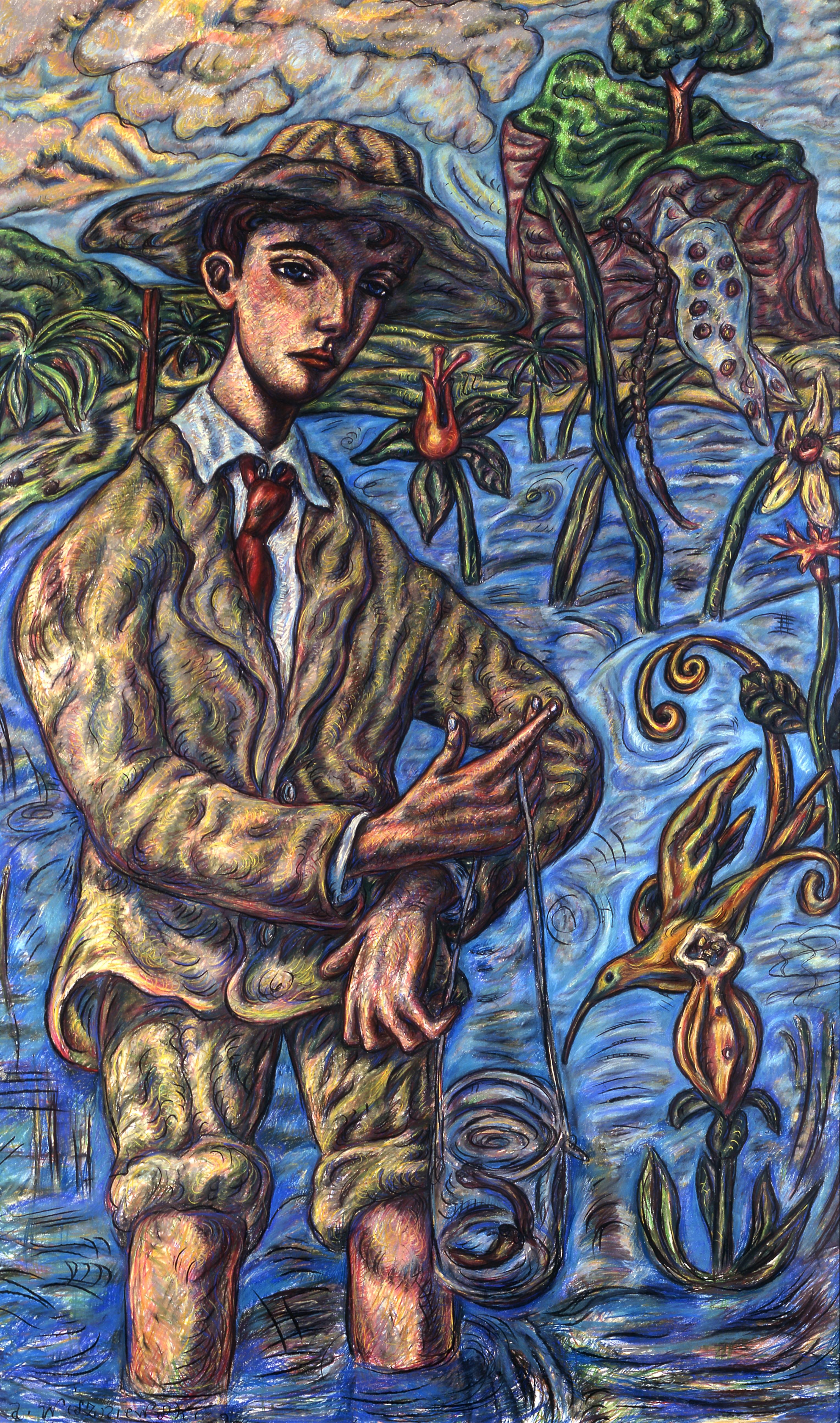
Adrian Wiszniewski (1958-)
The Botanist, Inv. DE114

The Botanist, Inv. DE114

Boot it, Inv. PE243
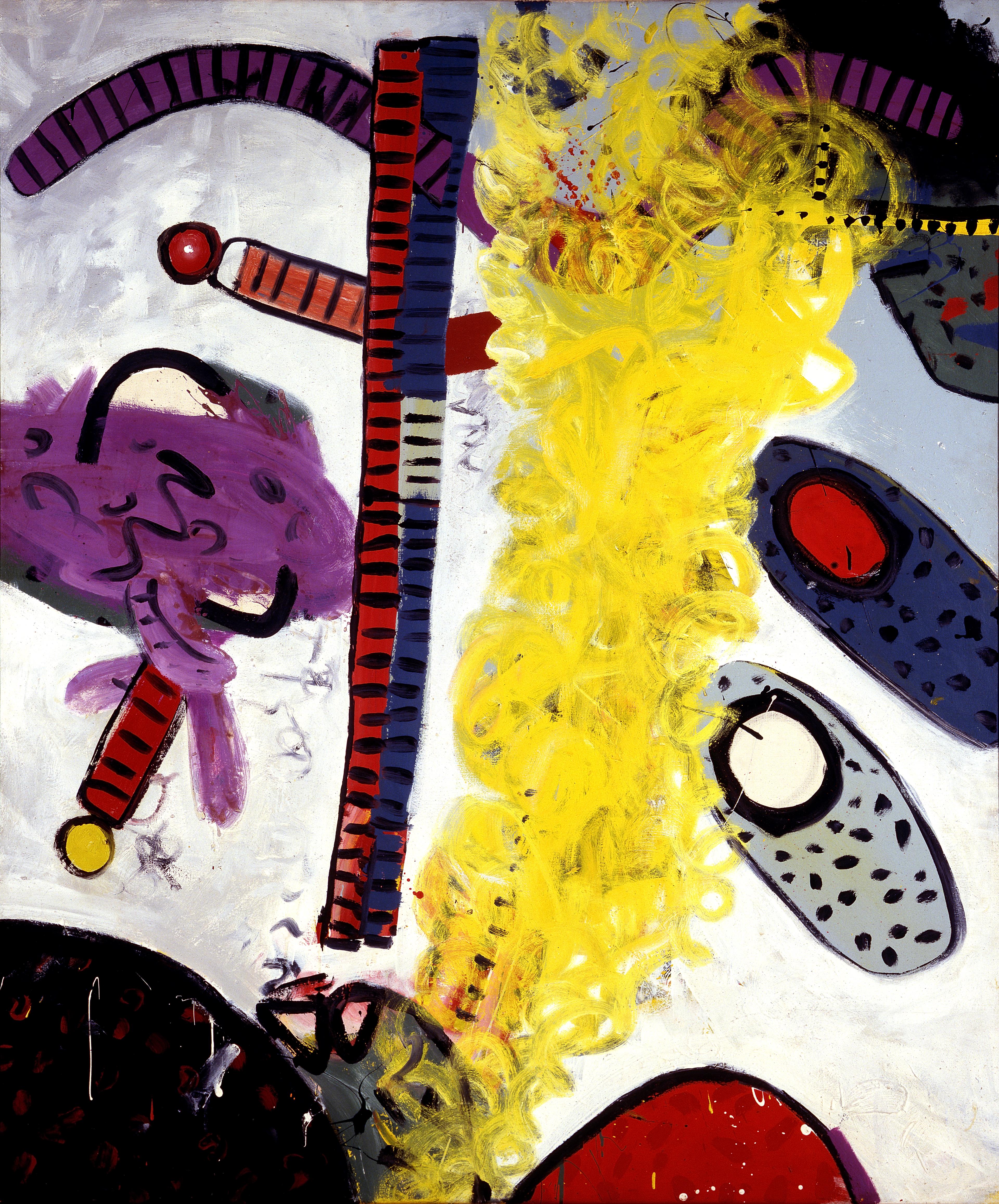
Smoke Signals no. 1, Inv. PE244

"Dance with the Head and the Legs...", Inv. PE202

Parachutist No. 2, Inv. PE201
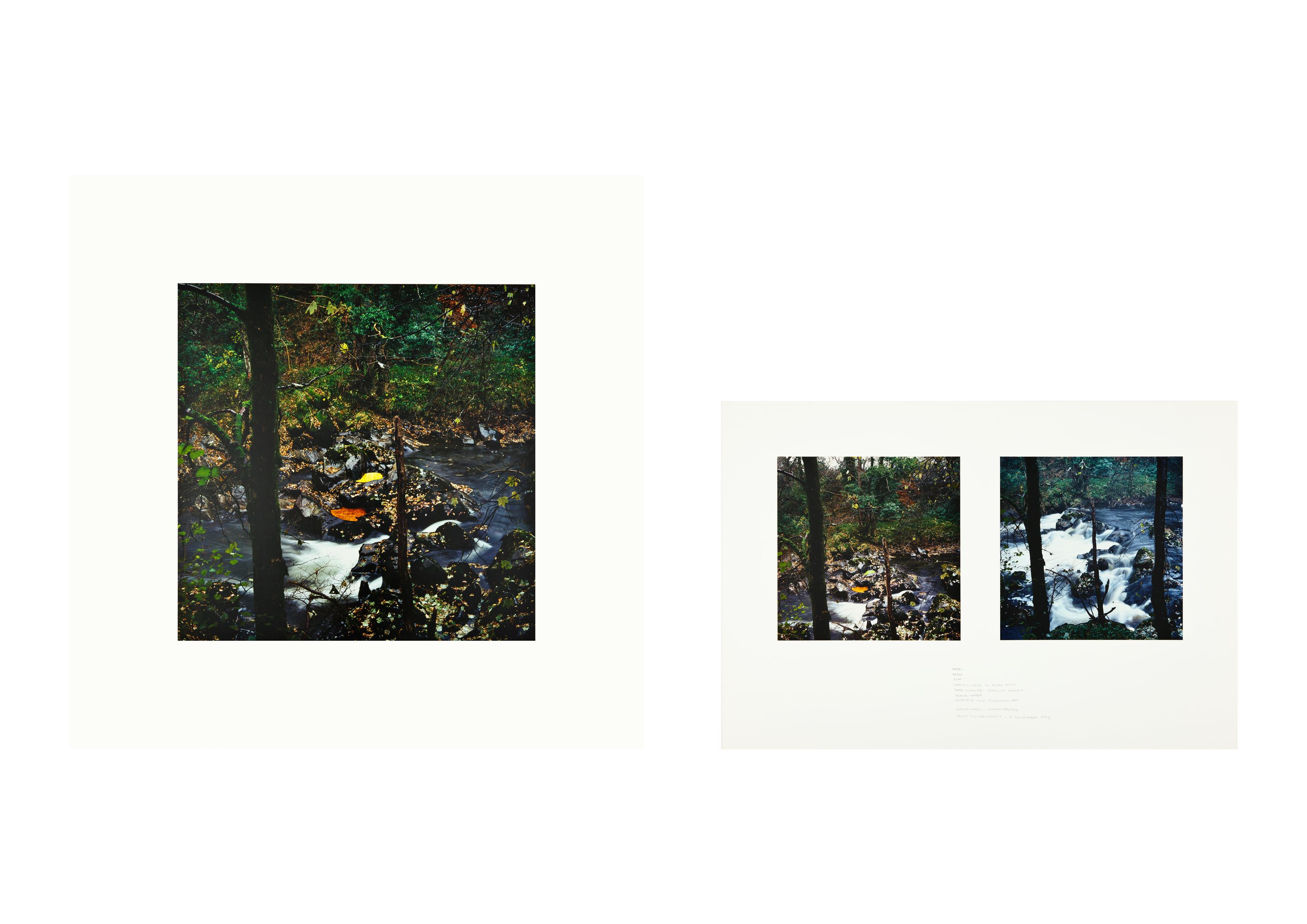
Leaves Laid in River Pools, Scaur Water, Inv. 95FE65
![Untitled [Sem Título]](https://content.gulbenkian.pt/inarte/obras_39480_3840x3164.jpg)
Untitled [Sem Título], Inv. 95EE47
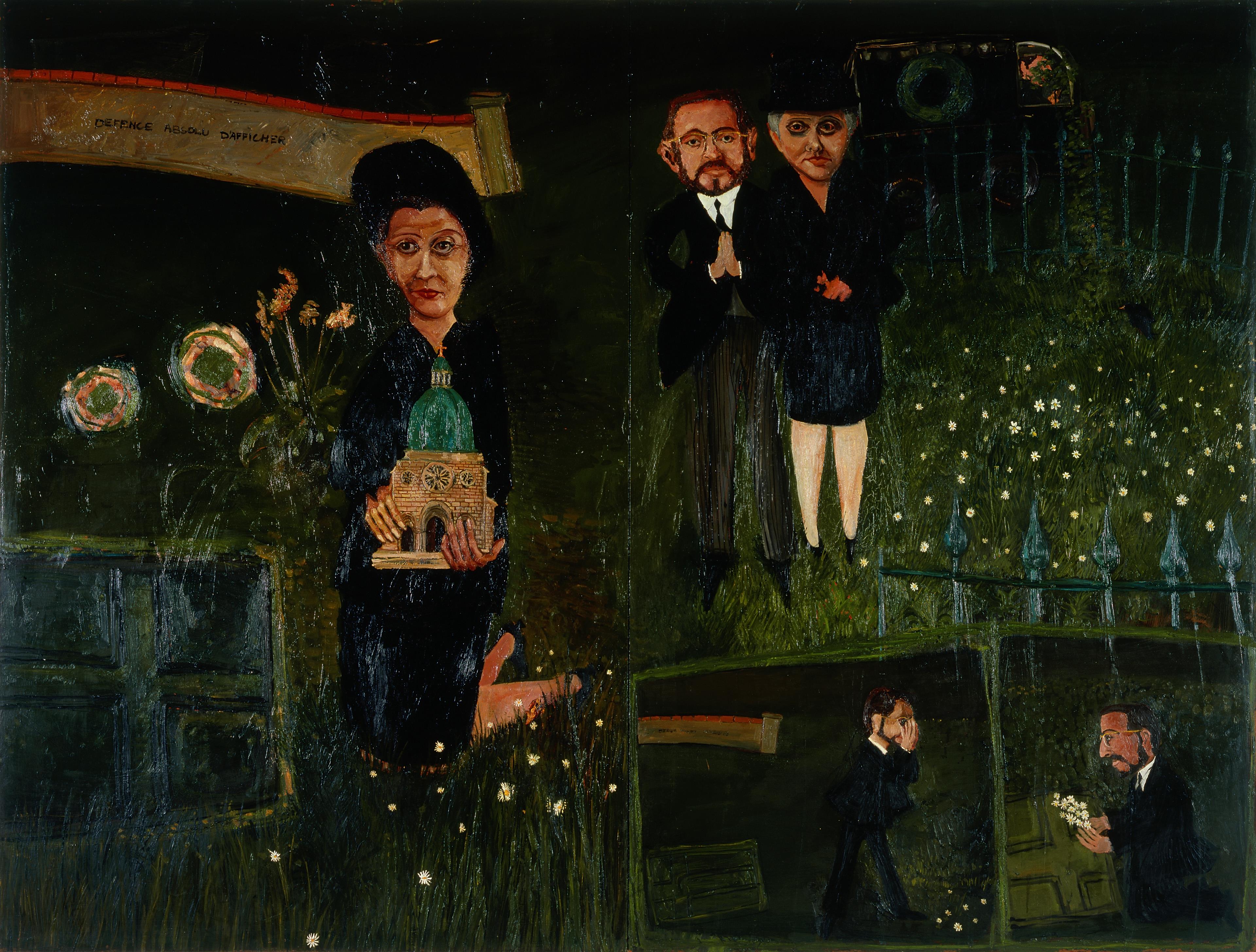
The Funeral, Inv. PE228

Painting, Red and White, Inv. PE215
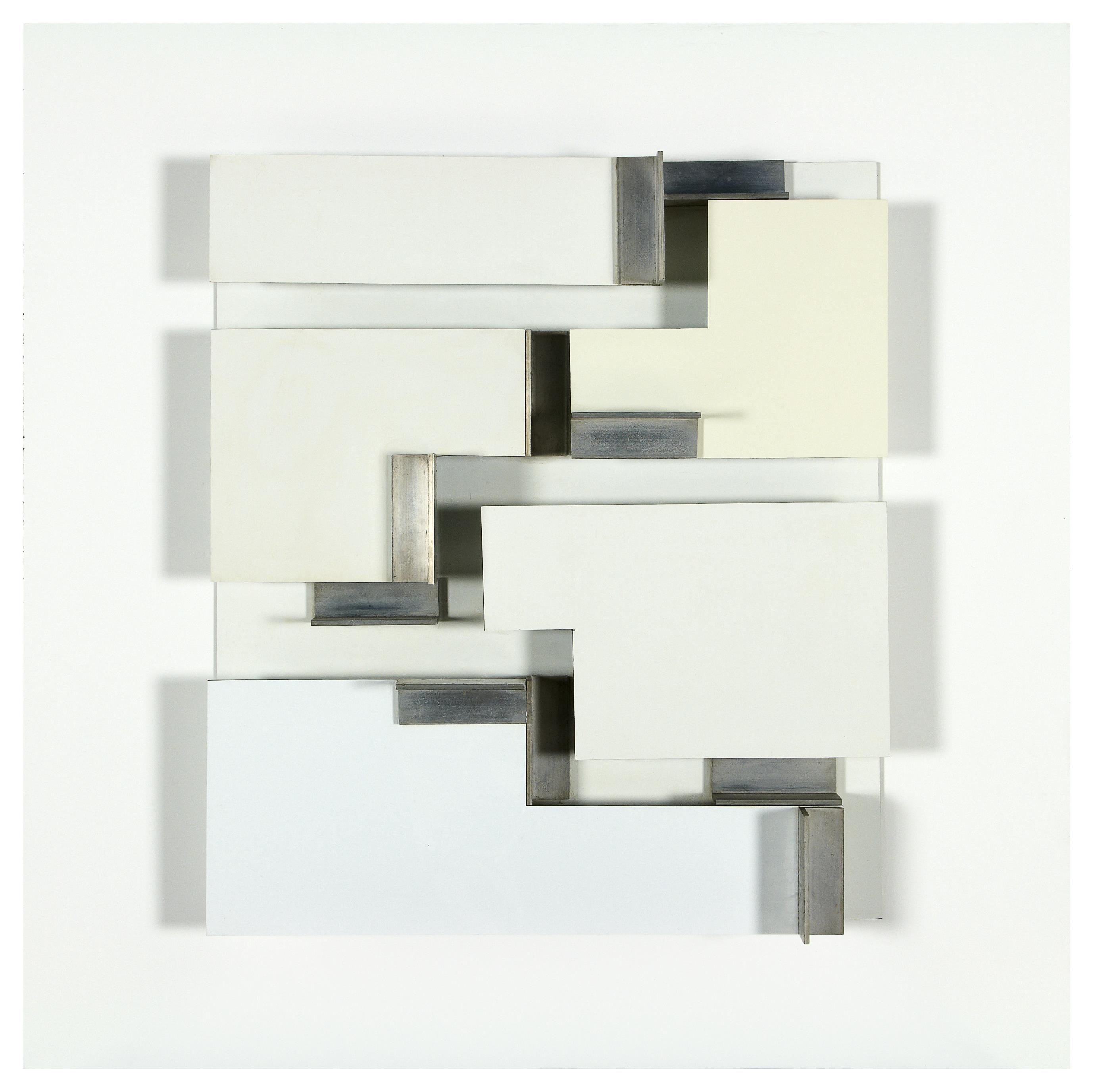
Relief Construction, 1960-1961 / Inv. RE15

Summershot, 1964/1965 / Inv. PE242

Close II, Inv. 95EE46
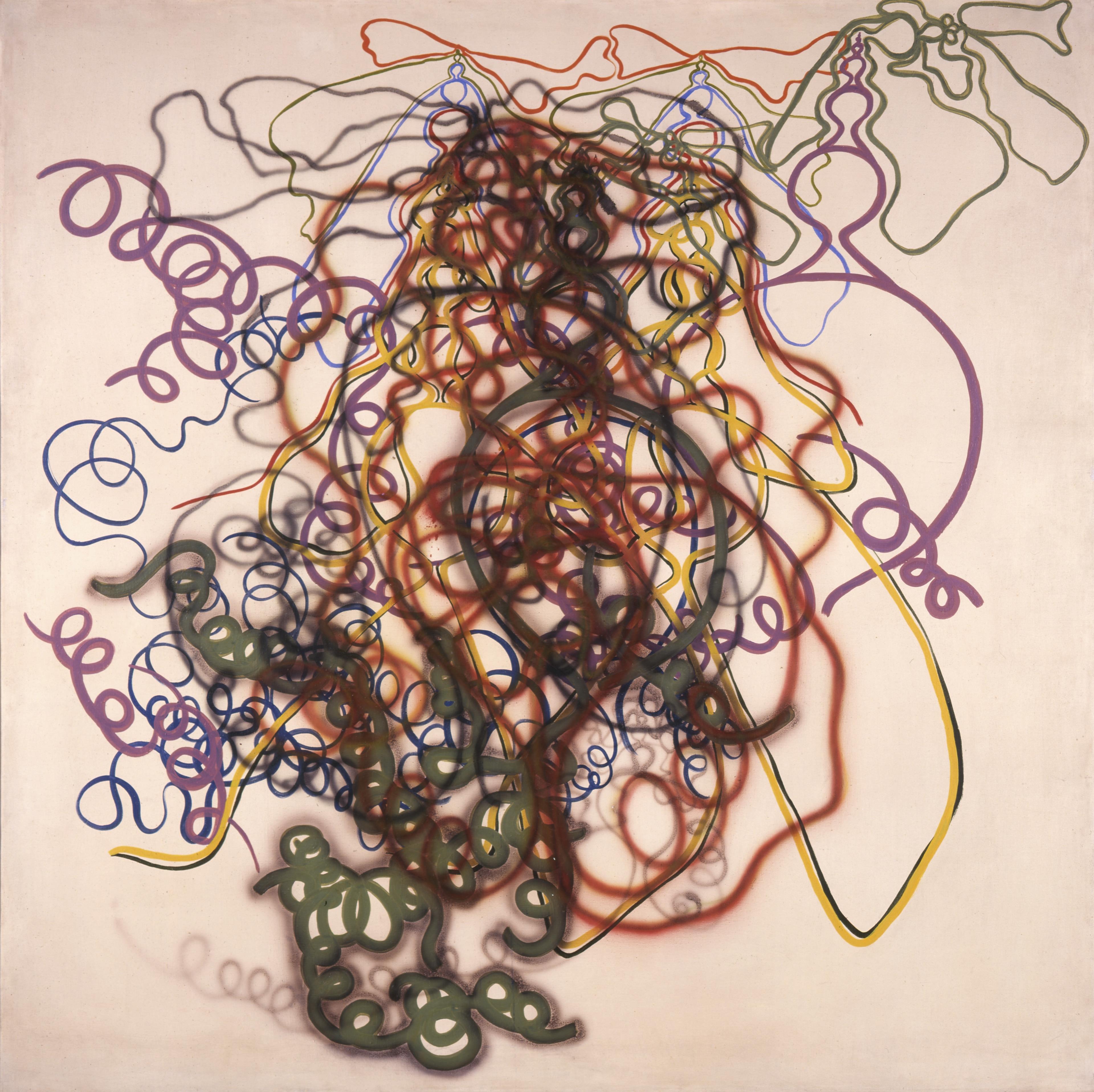
Mist, Inv. PE241

Squat, Inv. 90FE26

Metamorphosis, Inv. PE158
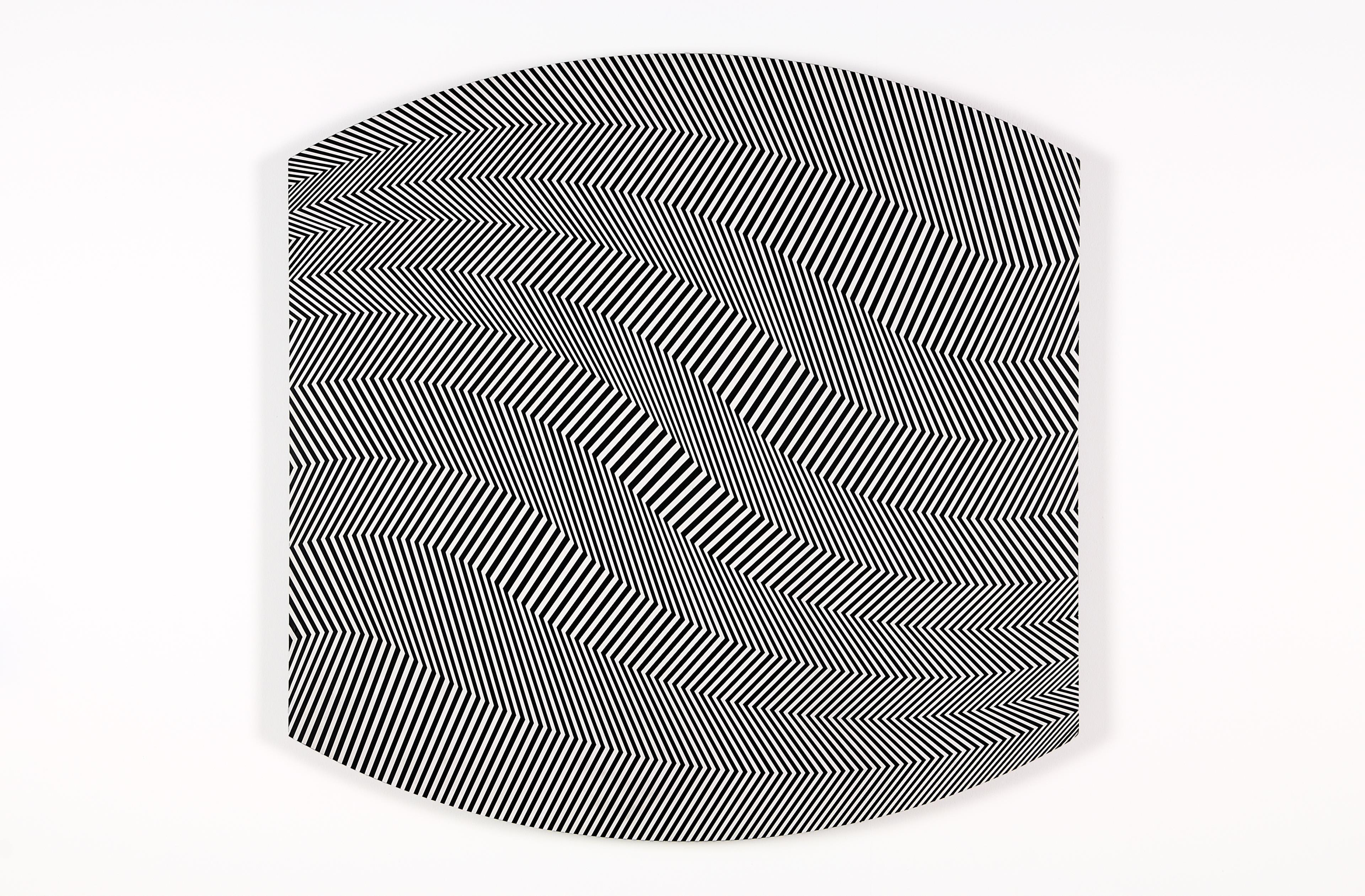
Shuttle, Inv. PE159
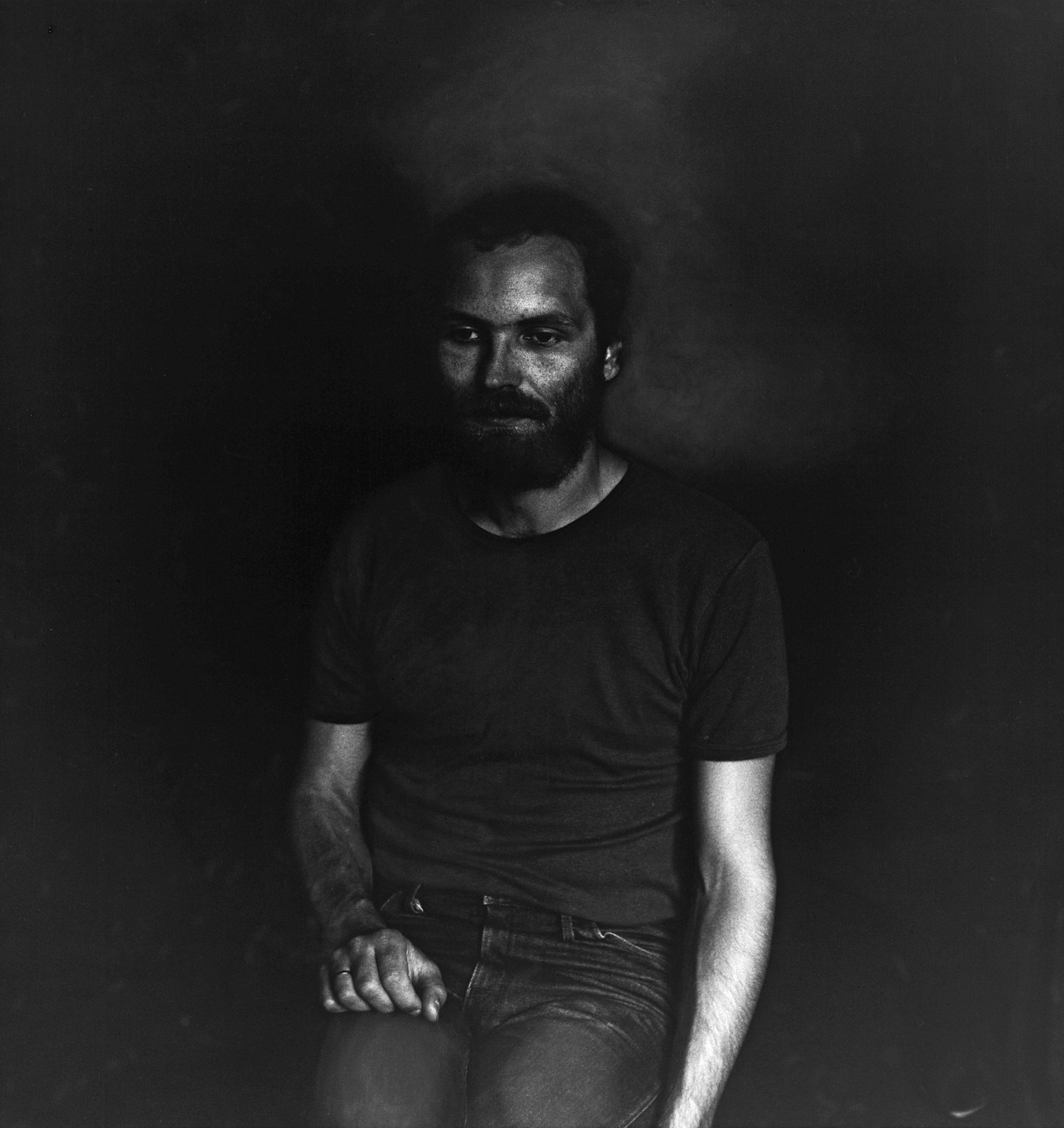
Leszek Mierwa, ul. Nawojki, Kraków, August 1984, Inv. 94FE46

Swing Low, Inv. EE14
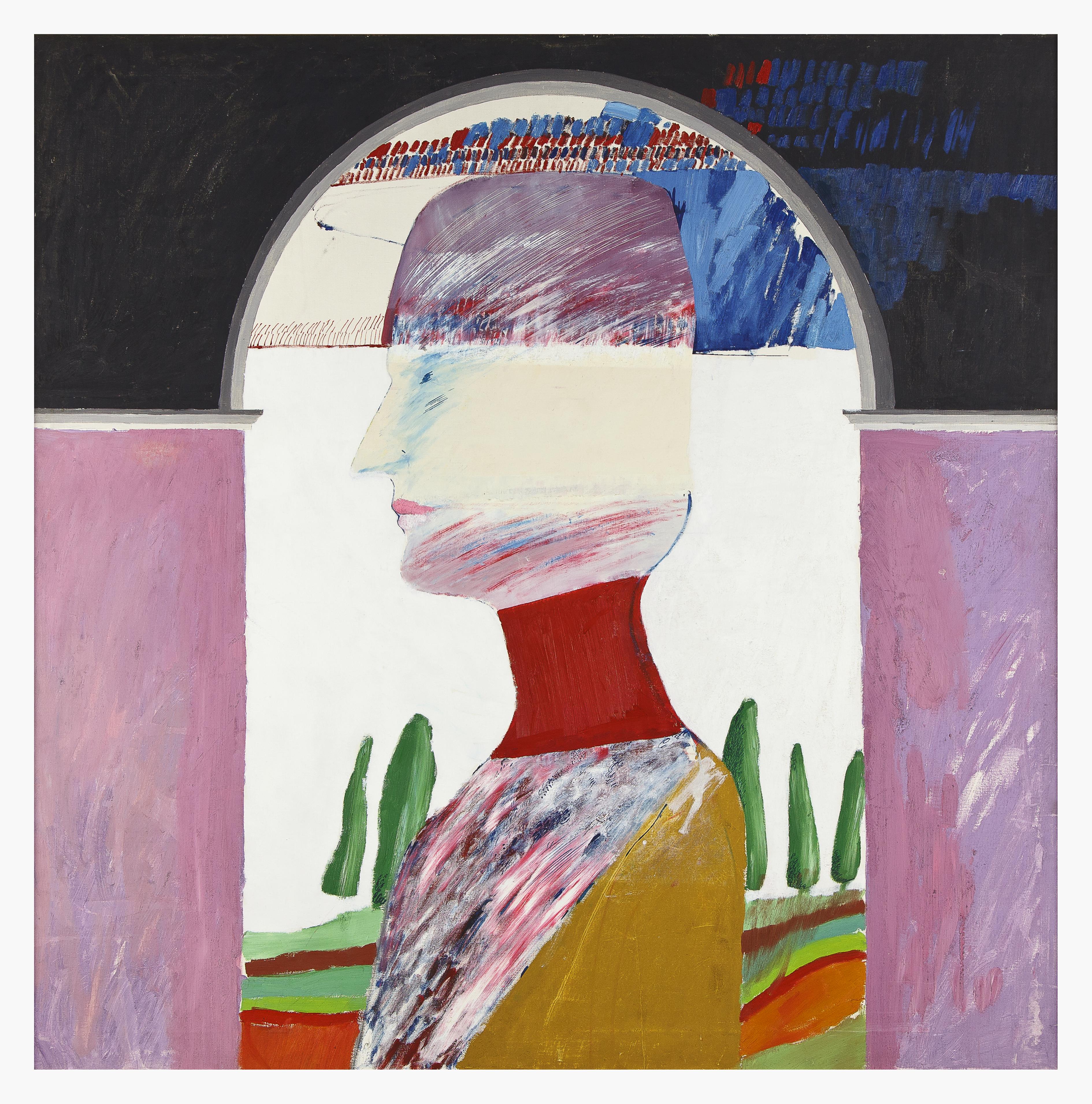
Renaissance Head, Inv. PE216
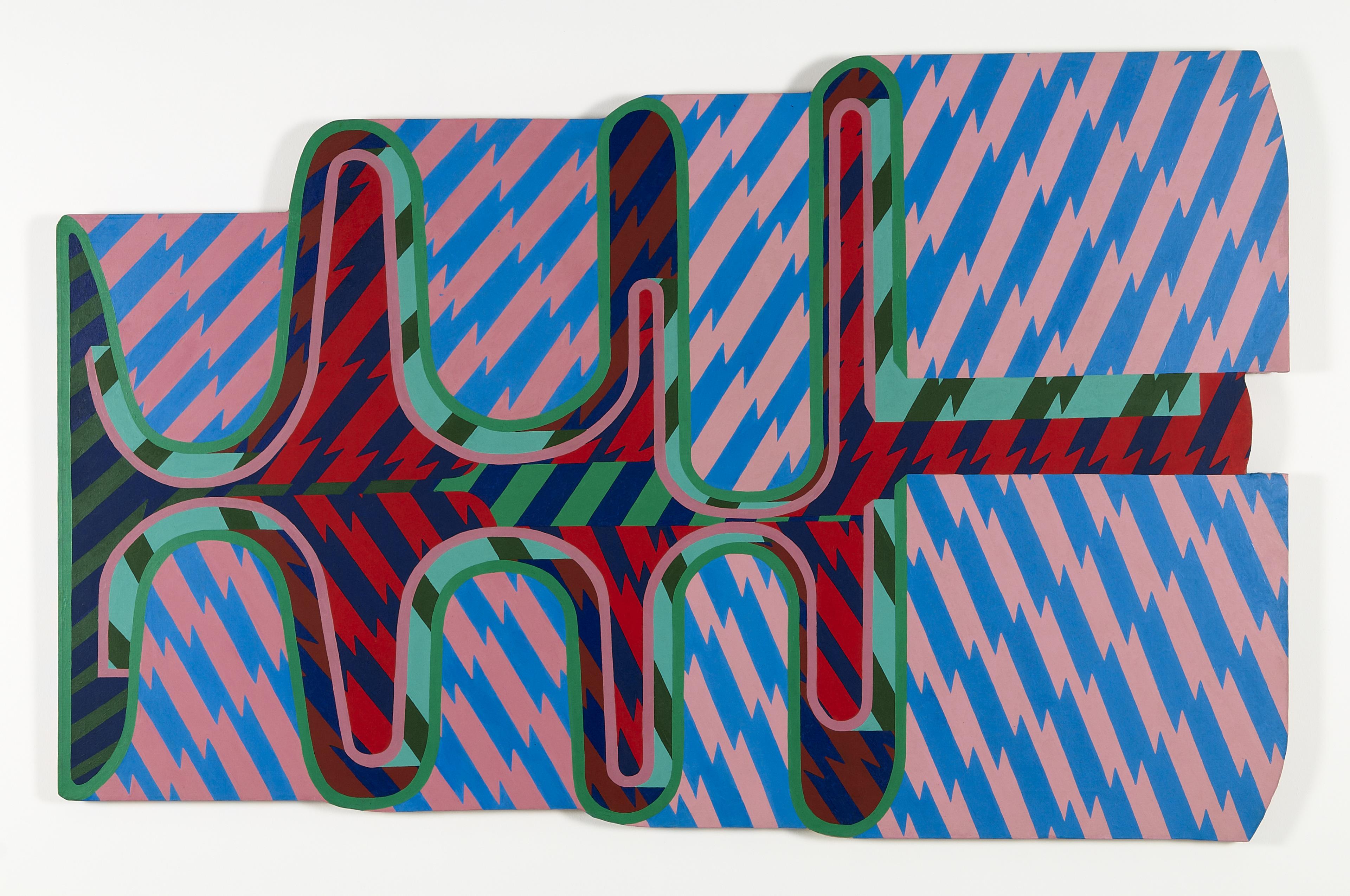
Maze, Inv. PE262
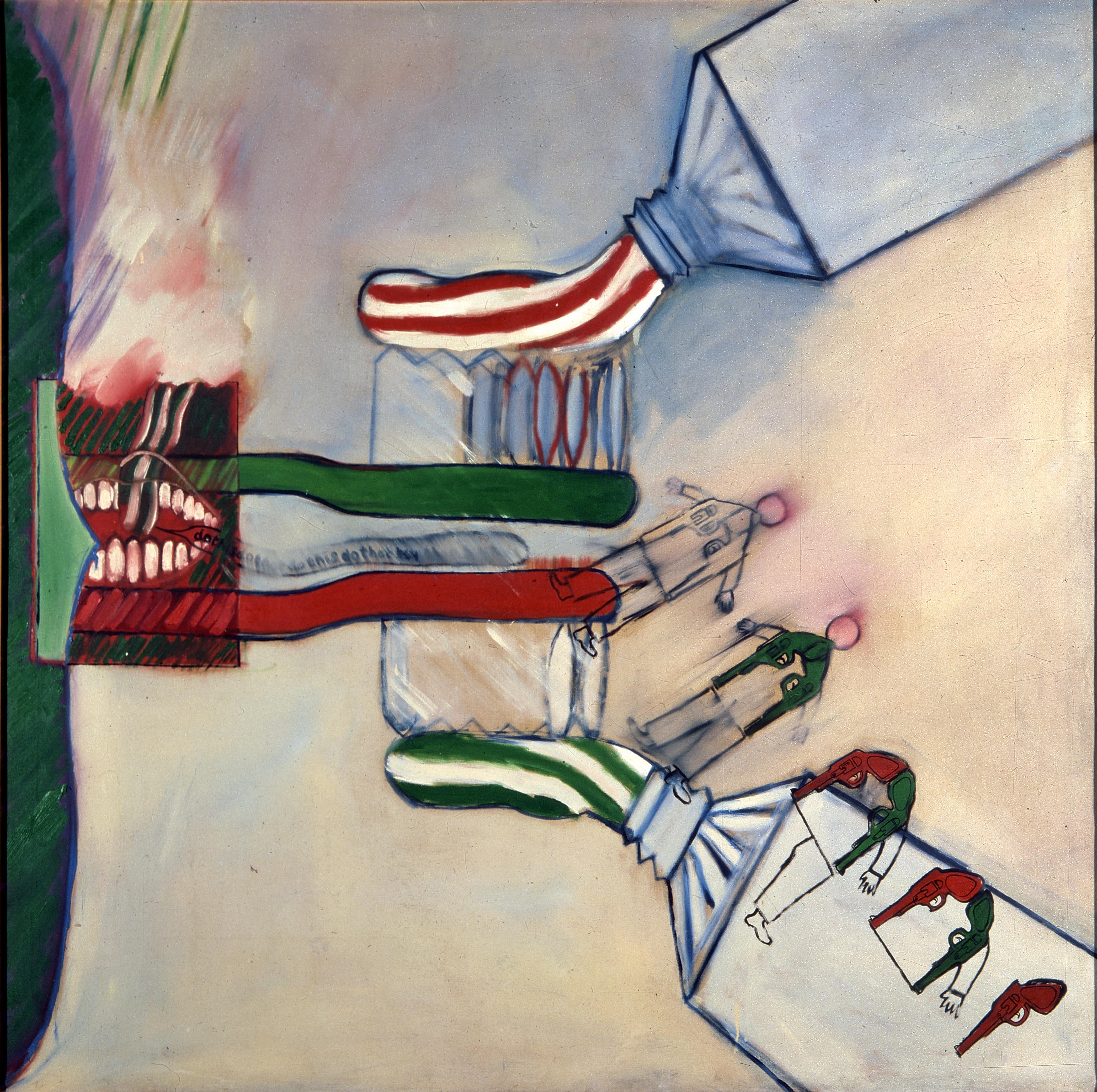
So Ad Men Became Depth Men, Inv. PE261
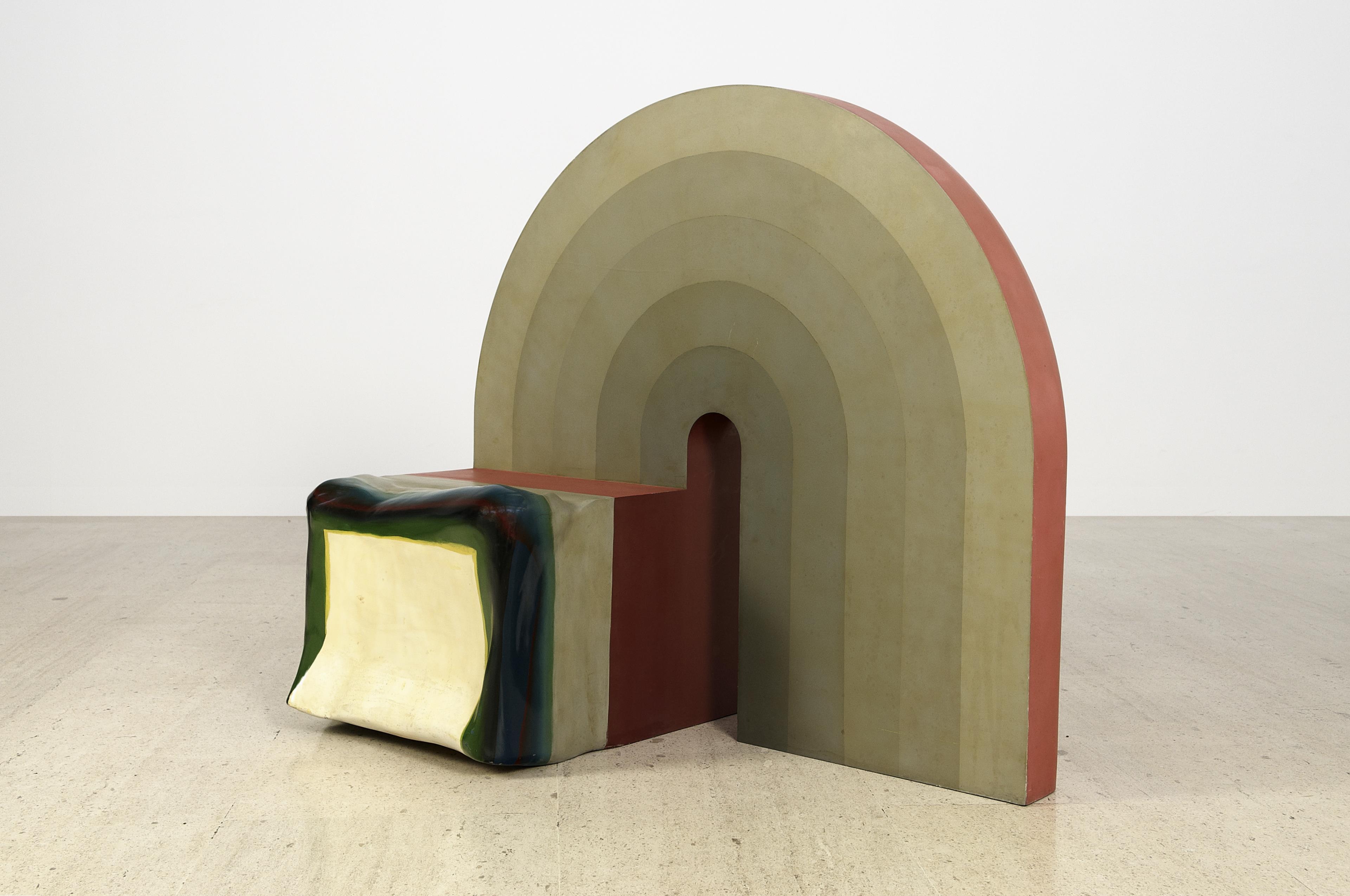
The Stage, Inv. EE16
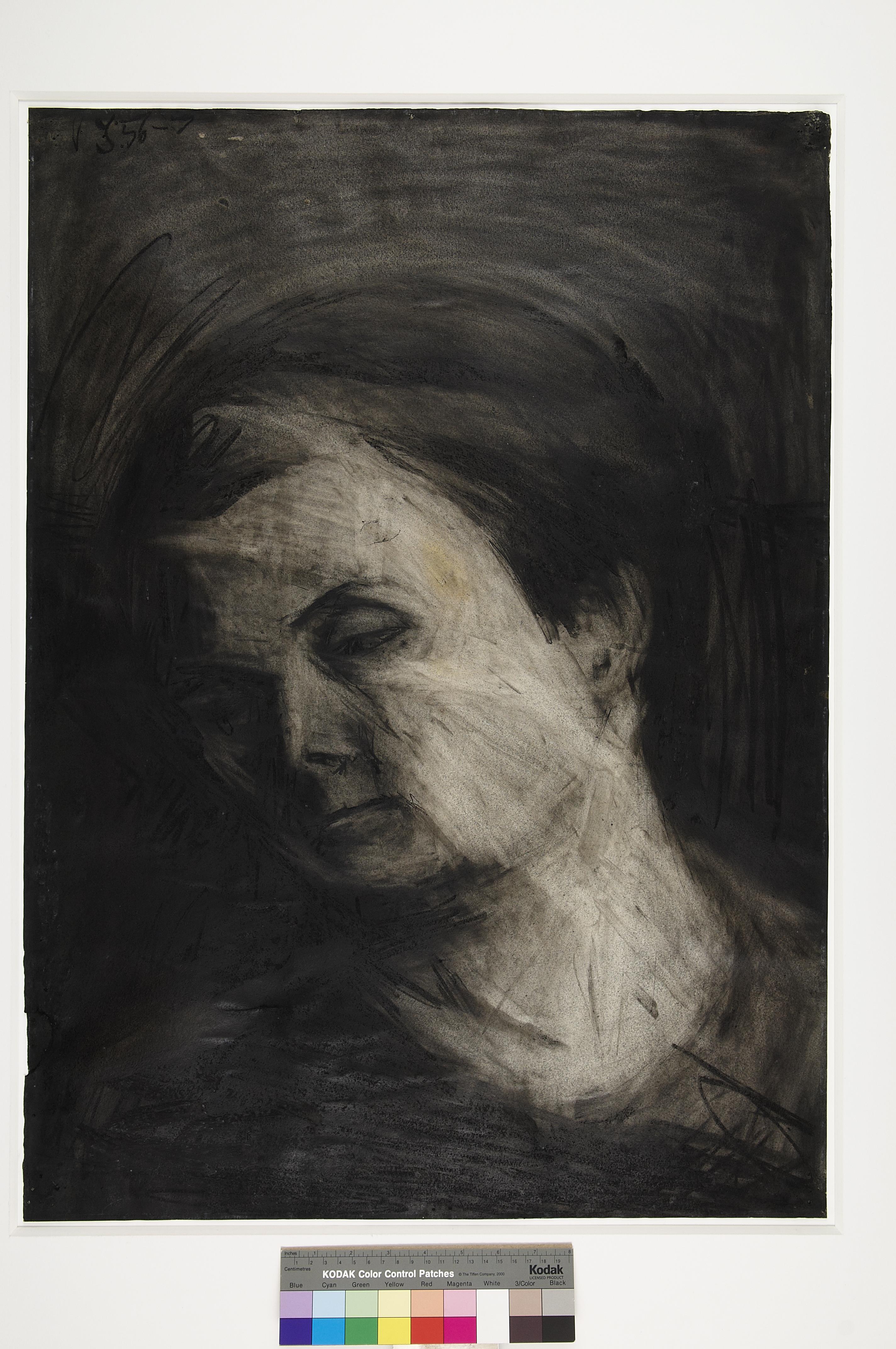
Head of E.O.W., 1956-1957 / Inv. DE1
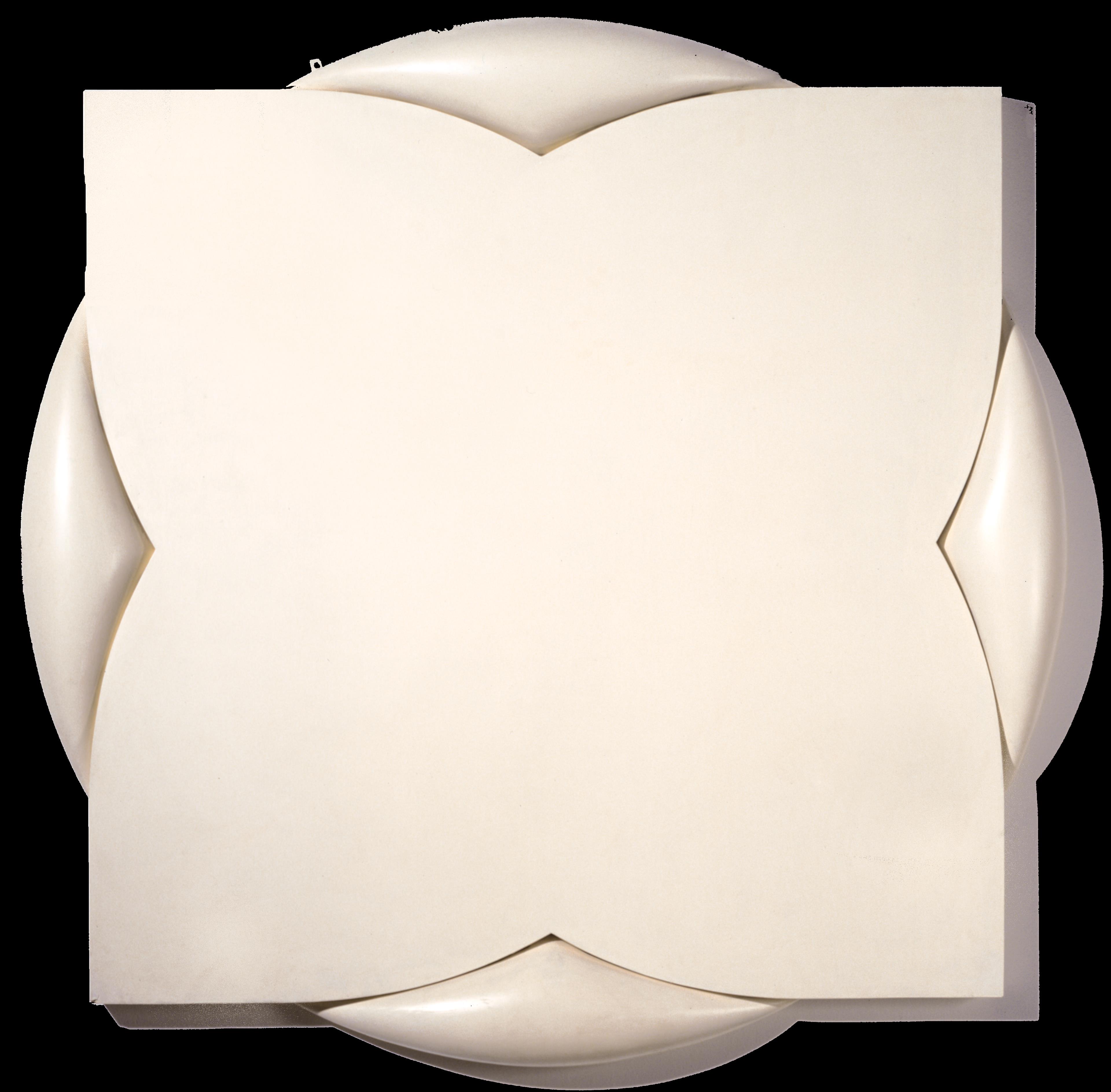
White, Inv. RE16
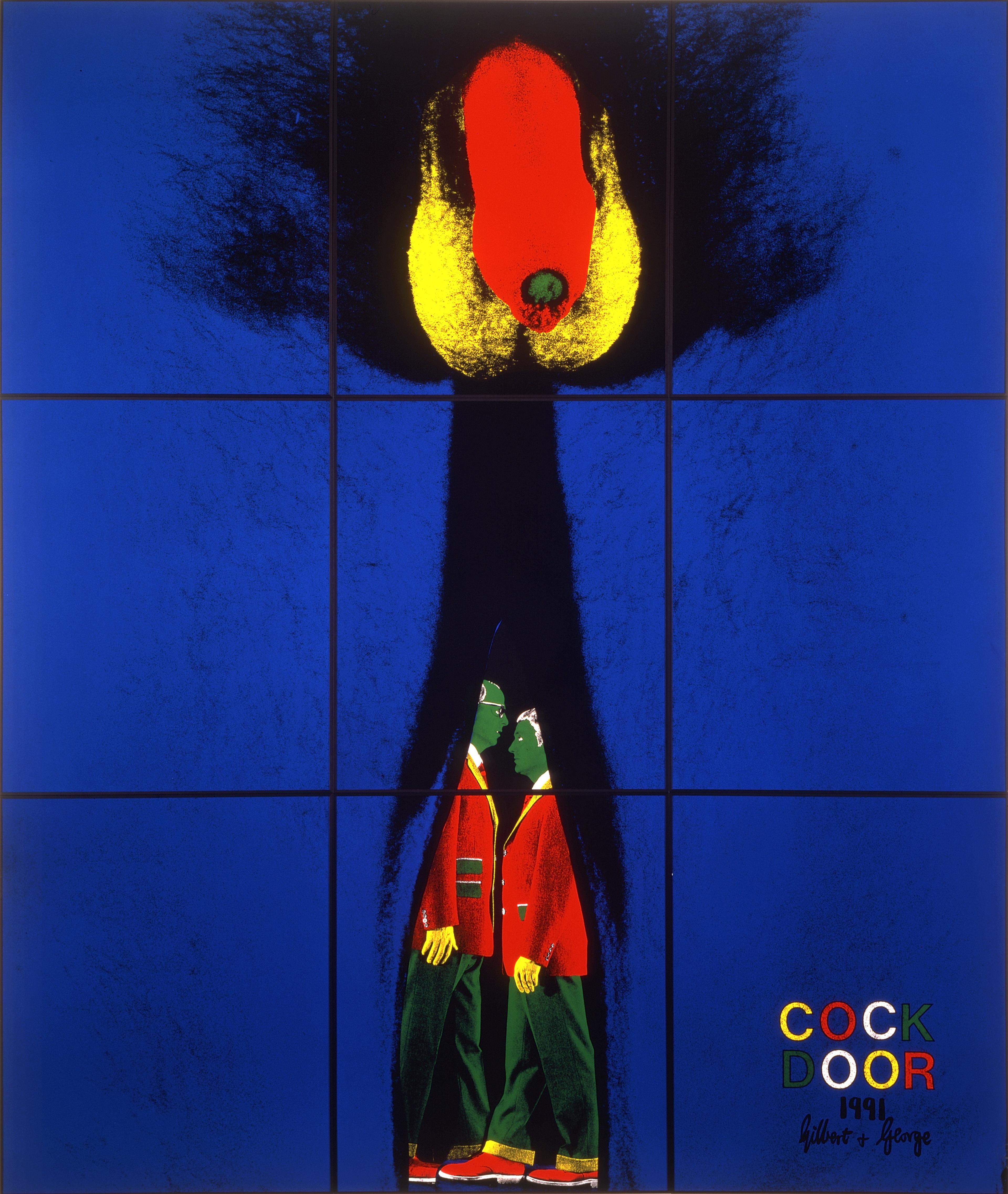
Cock Door, Inv. 97FE64

Madrid, Inv. 93PE274
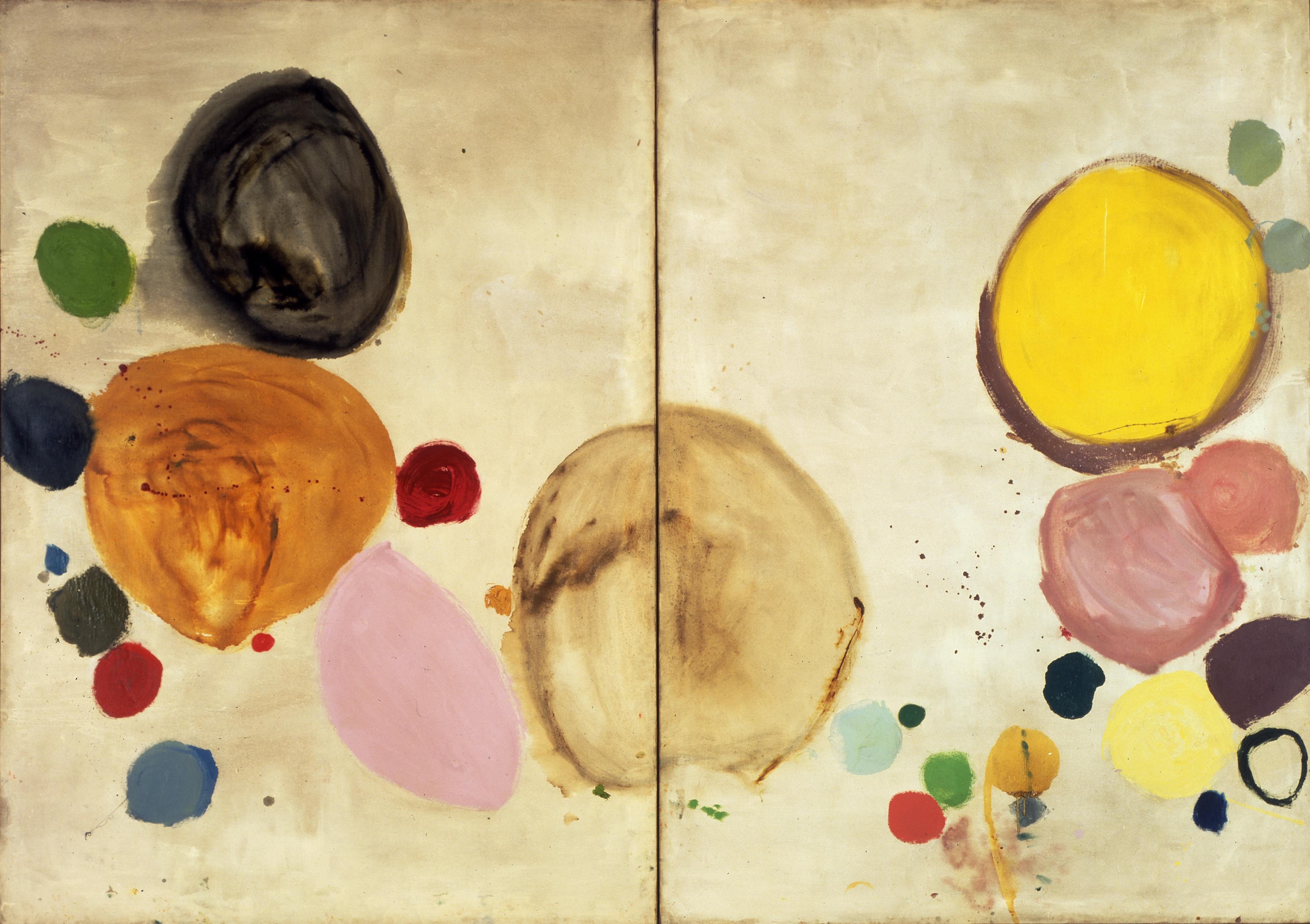
Send Off, Inv. PE273

untitled, Inv. DE6
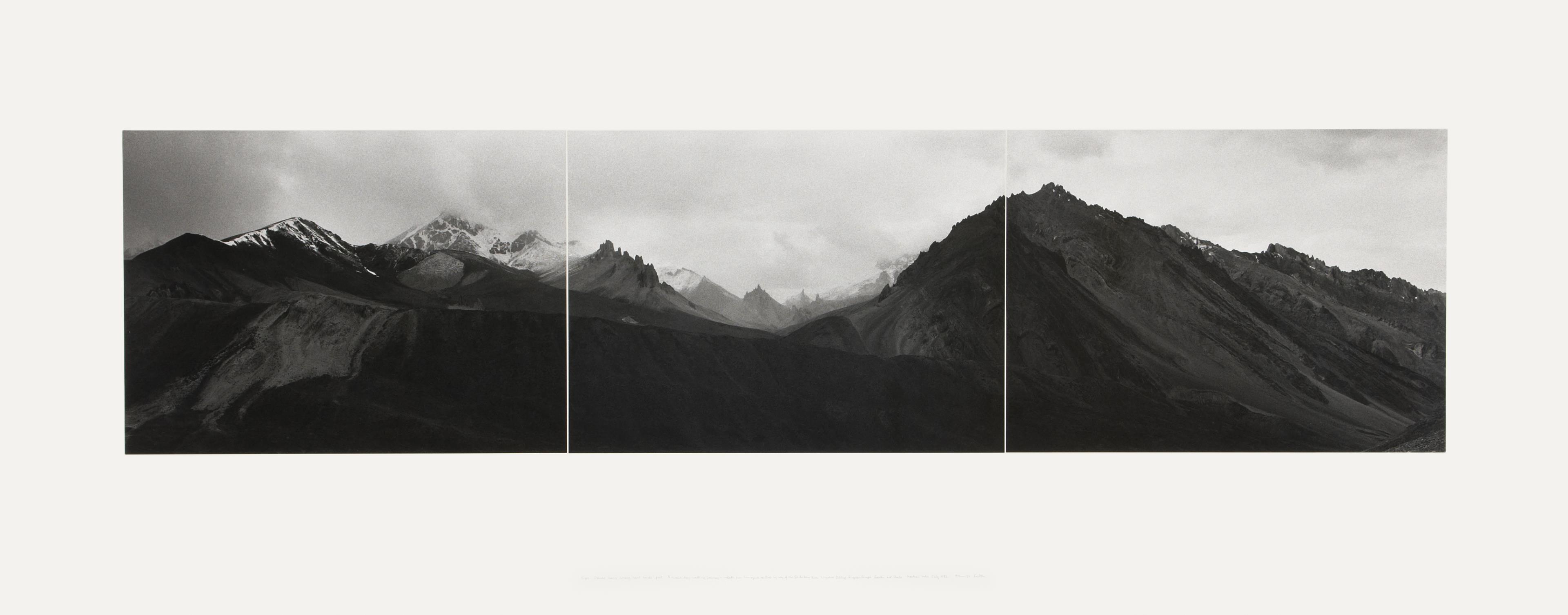
Eyes Flames herbs Chang heart hands feet, Inv. 86FE3
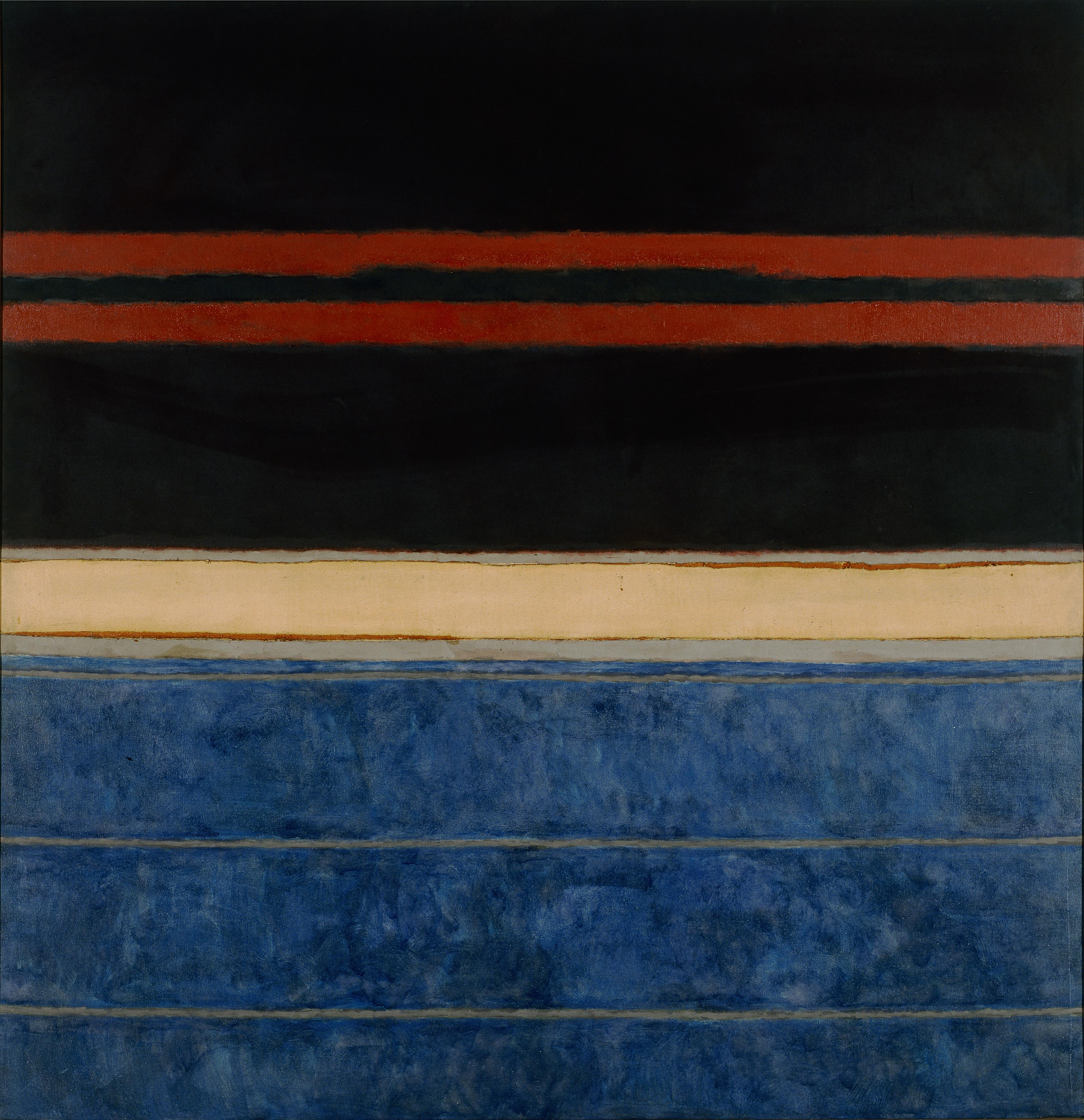
February 1961, Inv. PE256

Mr. and Mrs. Patrick Caulfield, 1969/1970 / Inv. PE223

Giusti Allusion, Inv. PE141
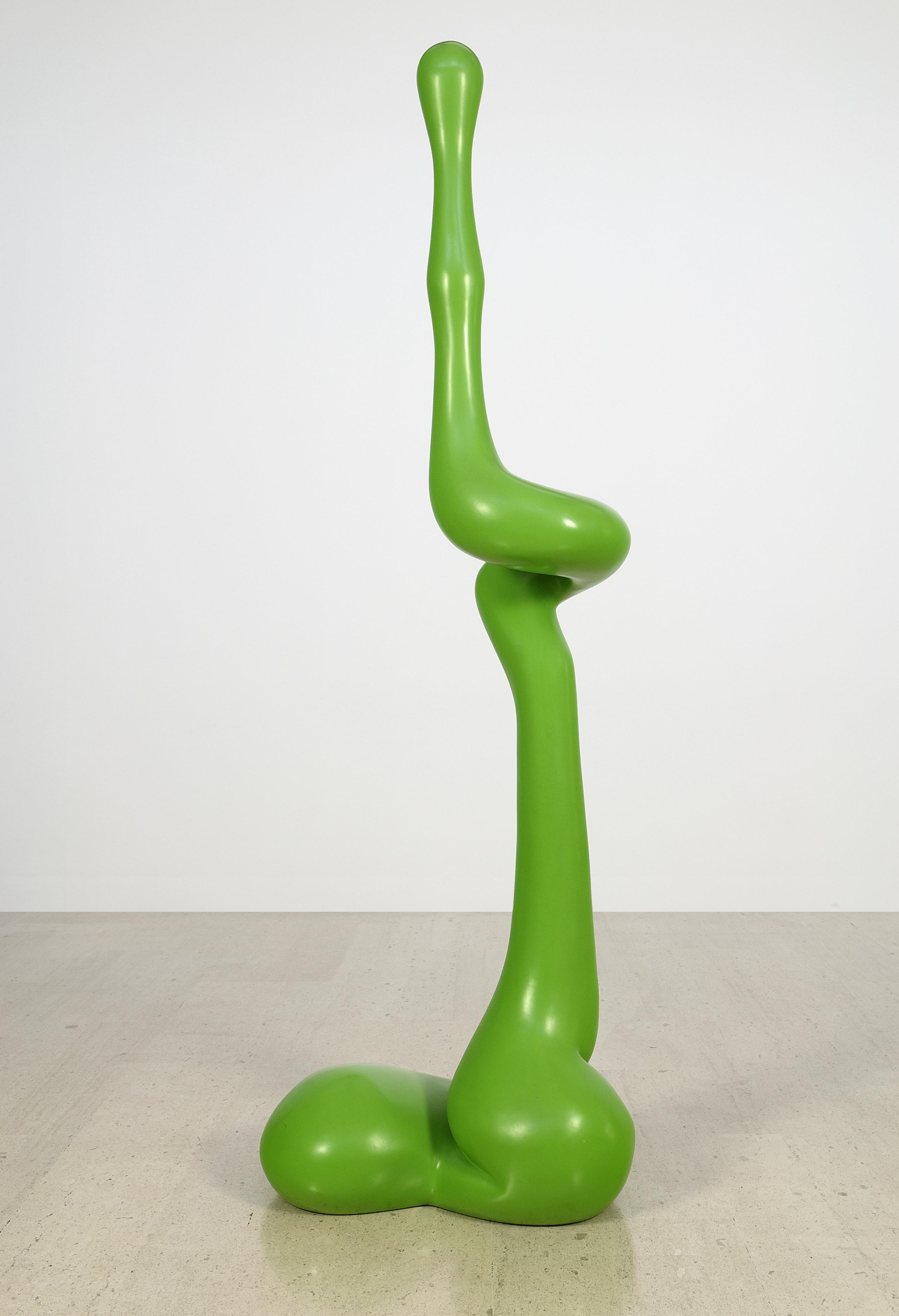
Volution, Inv. EE21
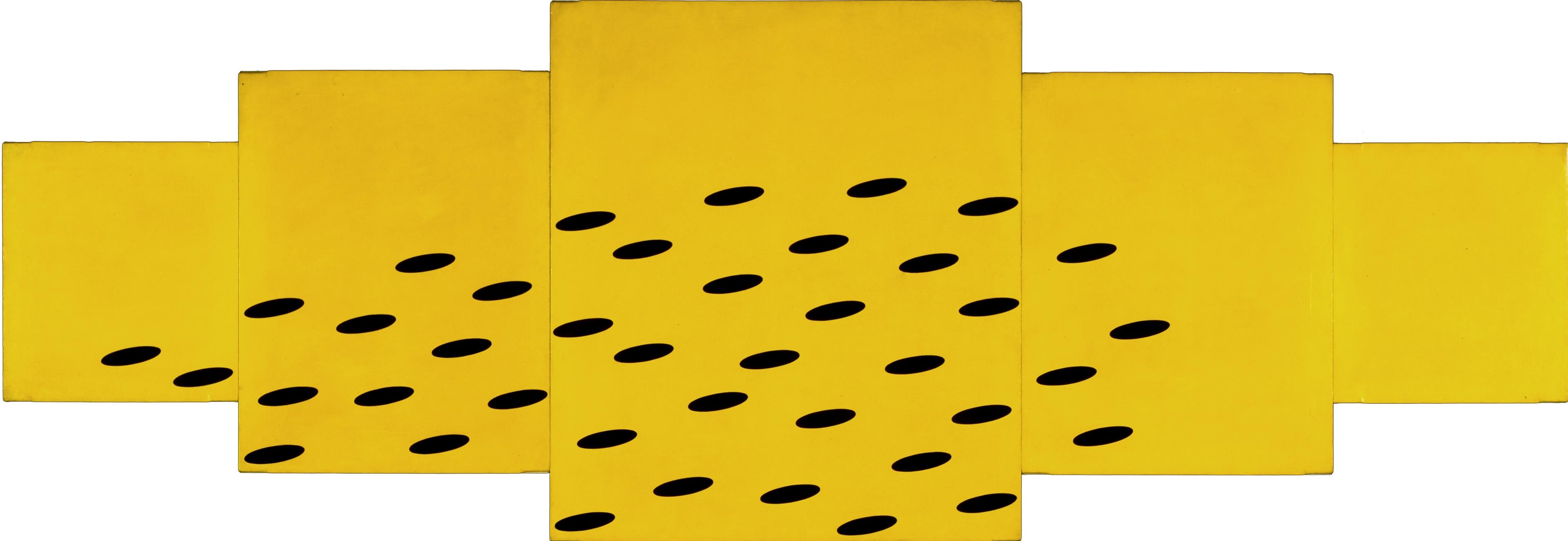
Concord, Inv. PE224
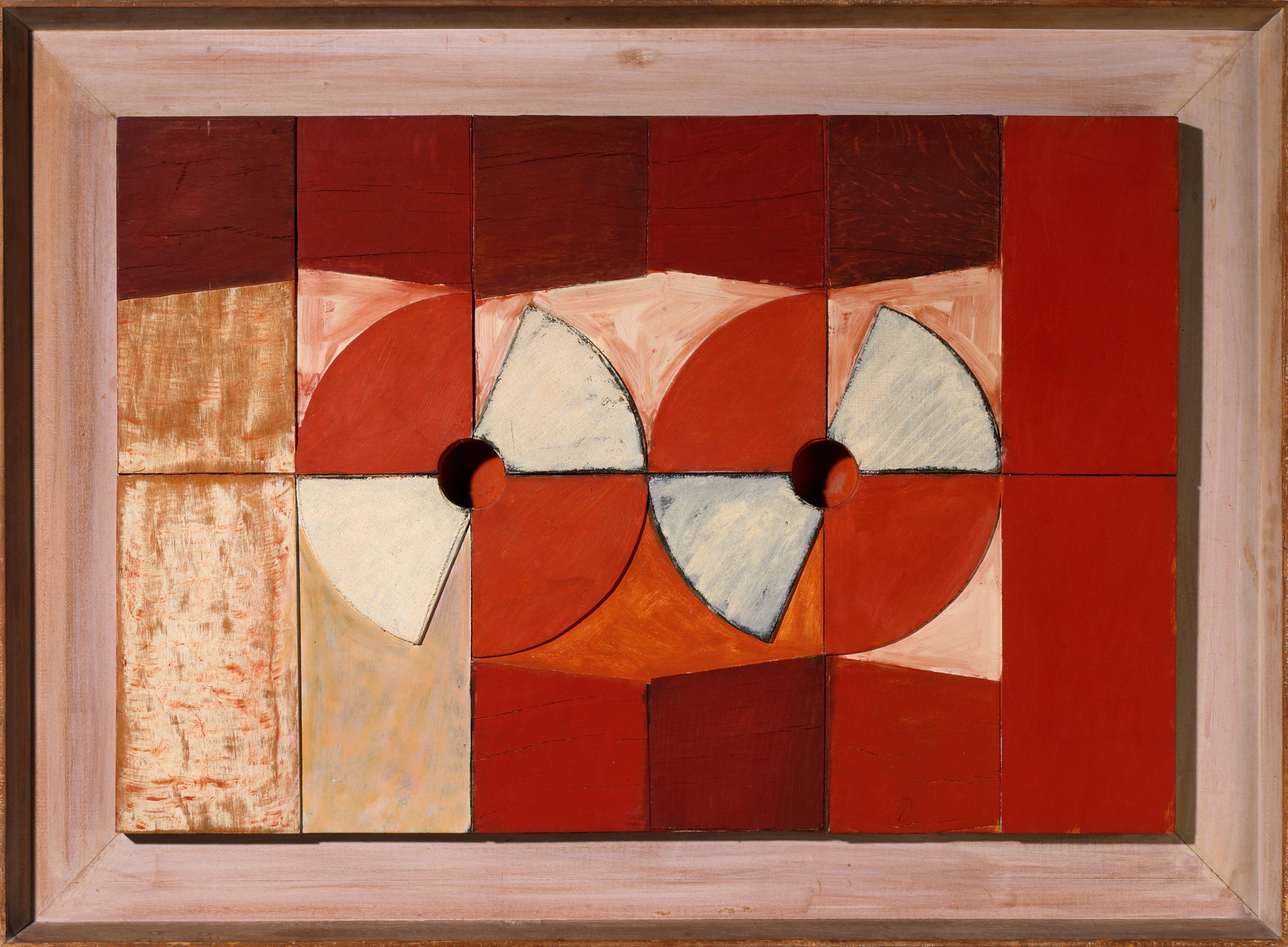
Multiple Painting - Twin, Inv. RE4
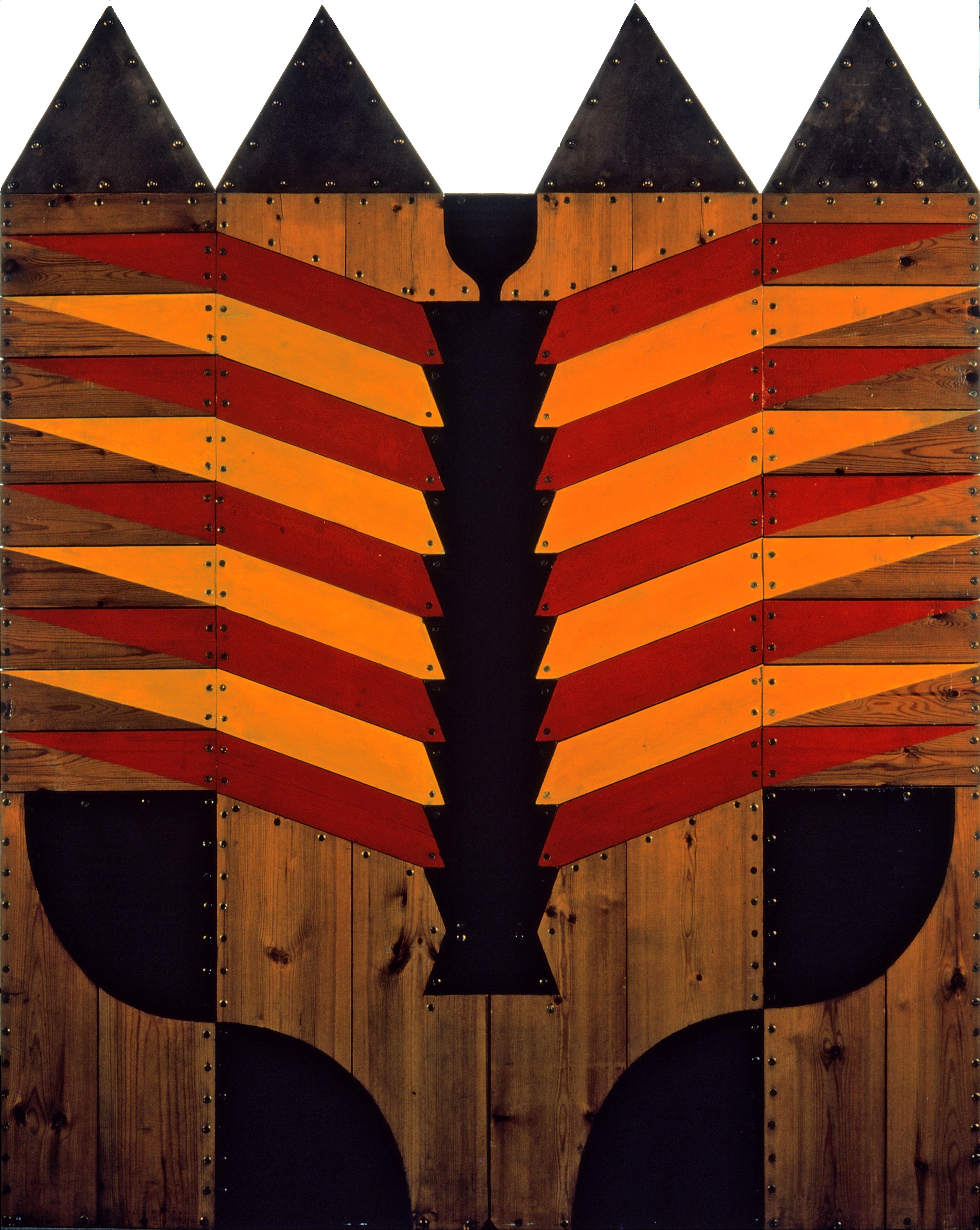
Xanadu, Inv. PE137
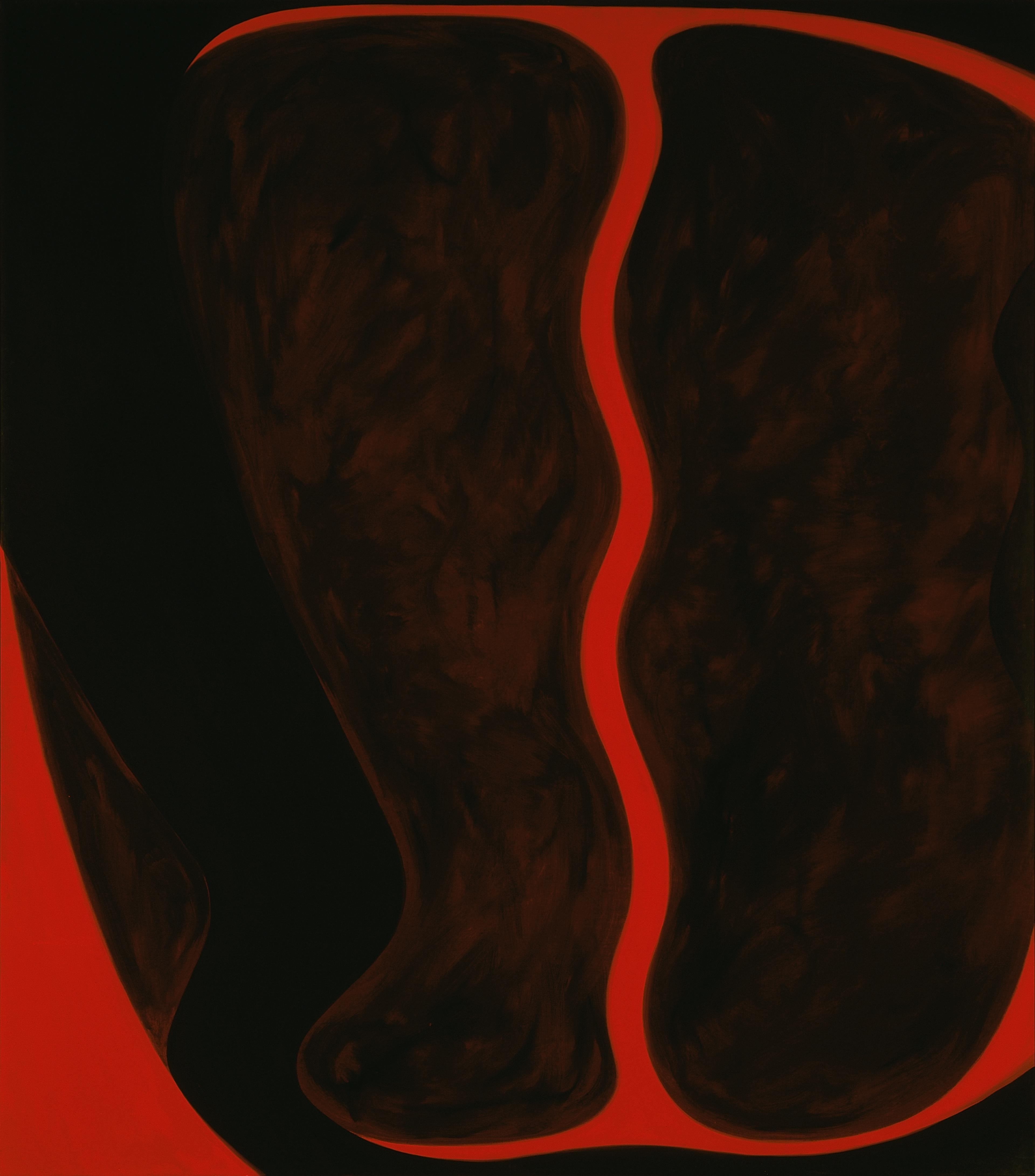
6.62, Inv. PE209
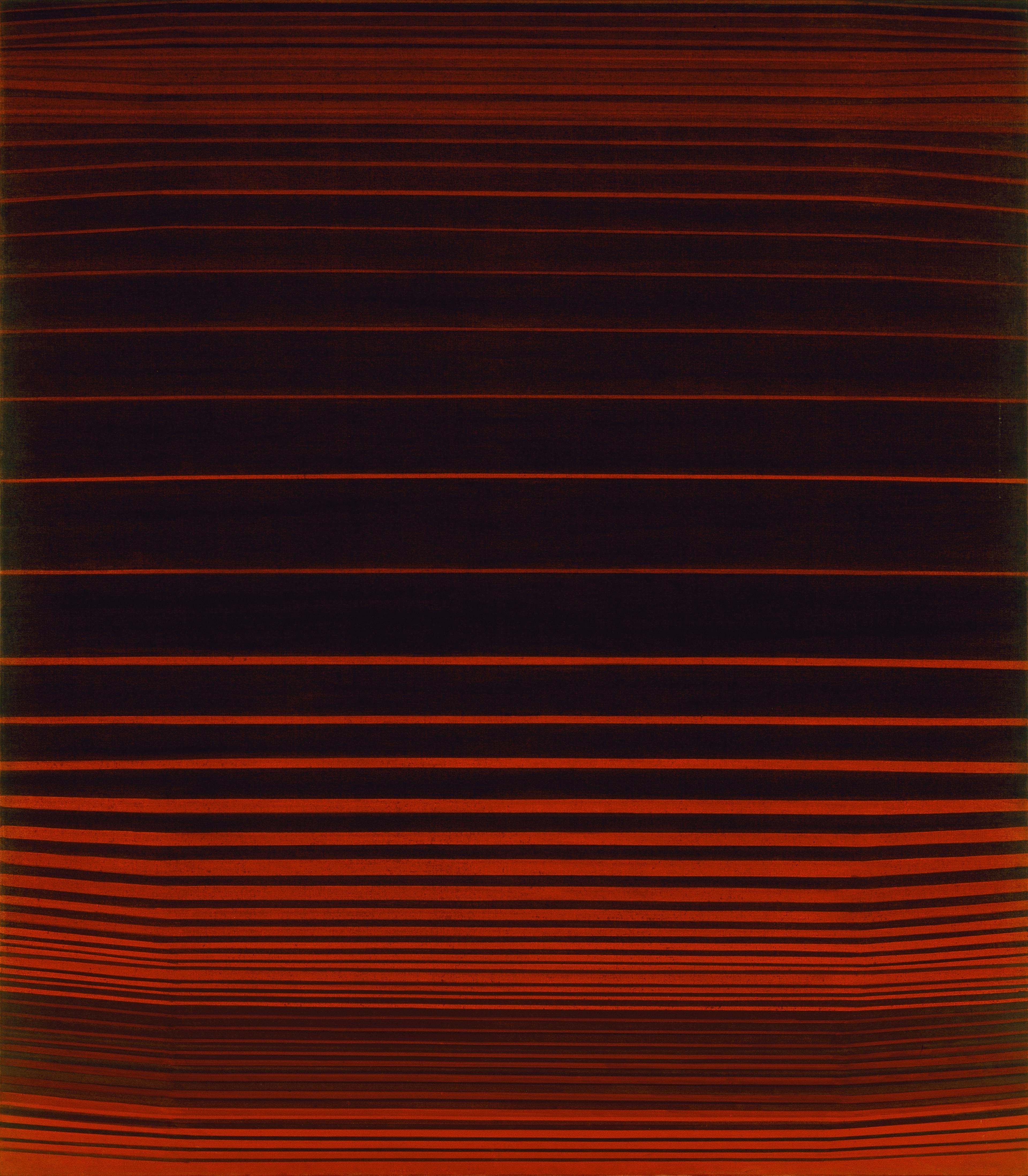
No. 8.7.61, Inv. PE208
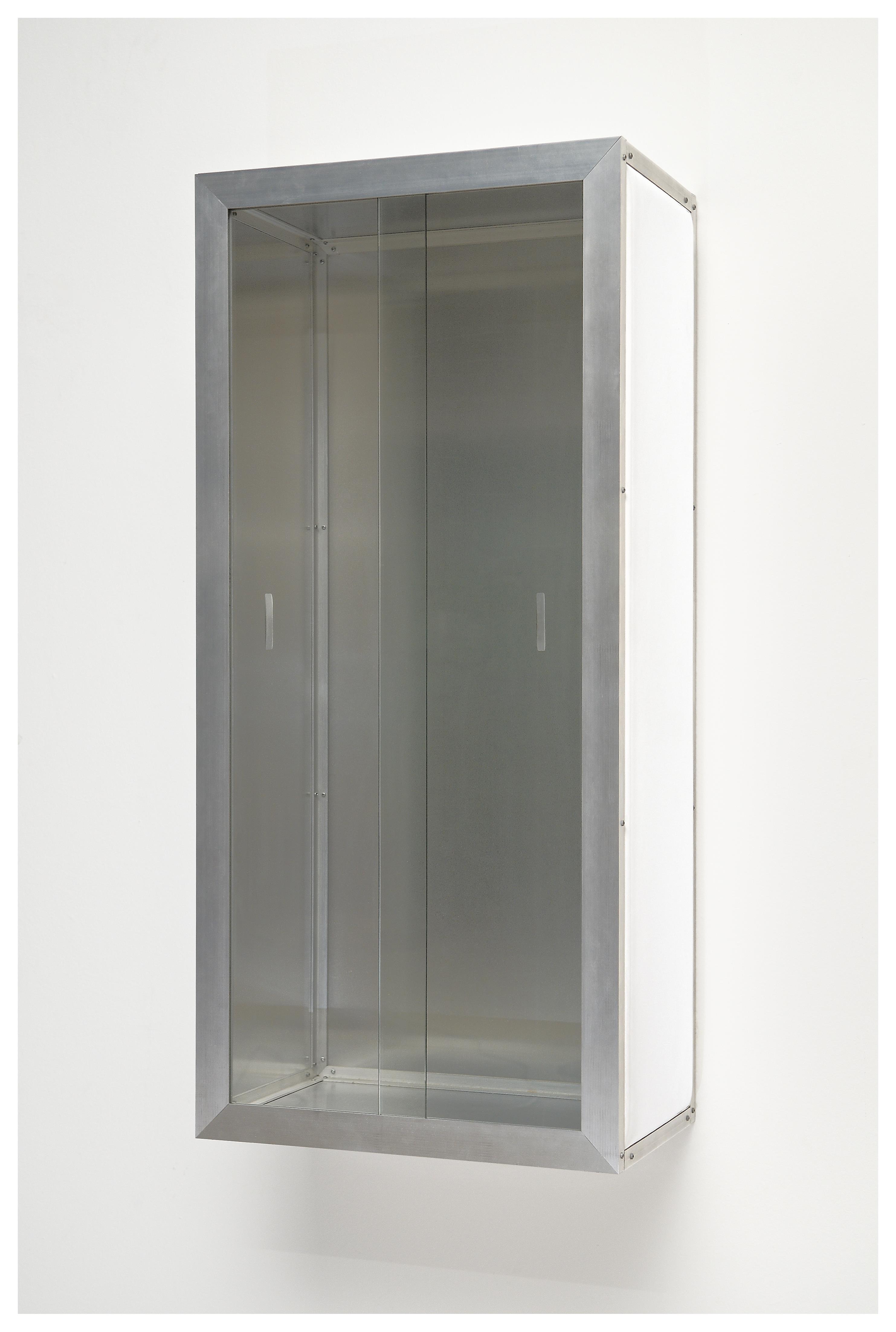
V, Inv. 91EE44

Shipbuilding on the Clyde Part 1- The Old Man´s Song, Inv. DE115
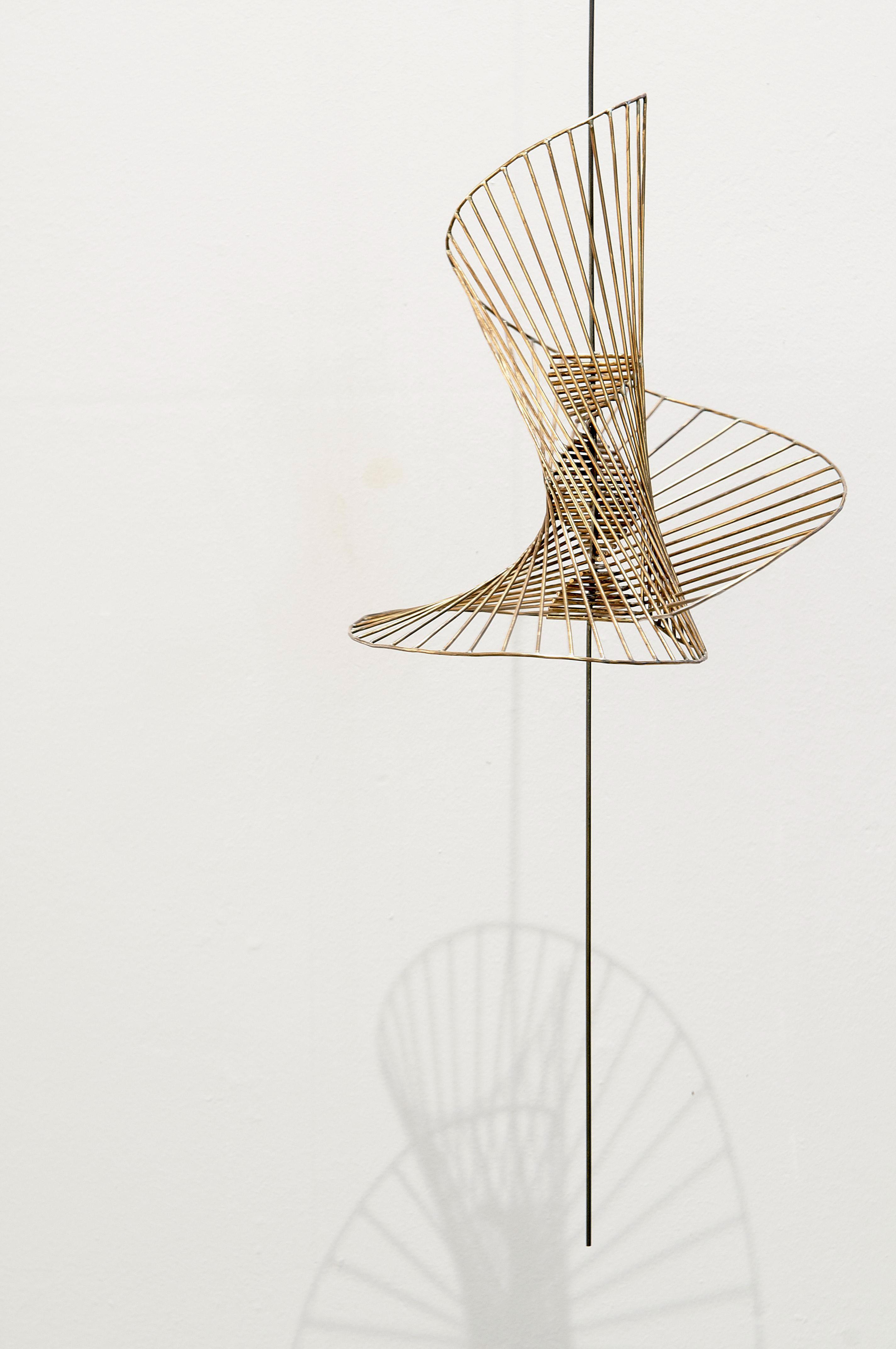
Screw Mobile, Inv. EE2
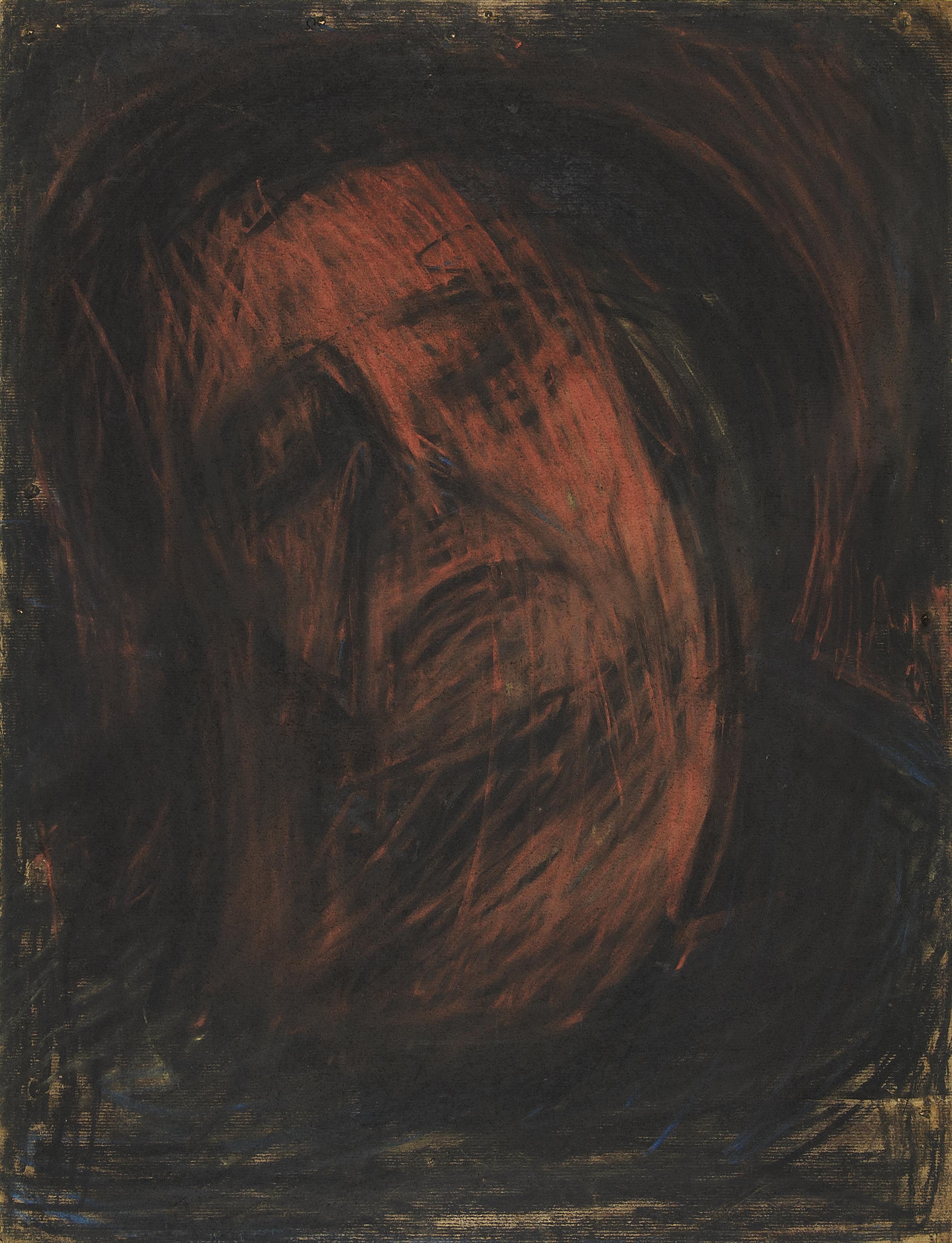
Head of Seedo IV, 1958-1959 / Inv. DE20
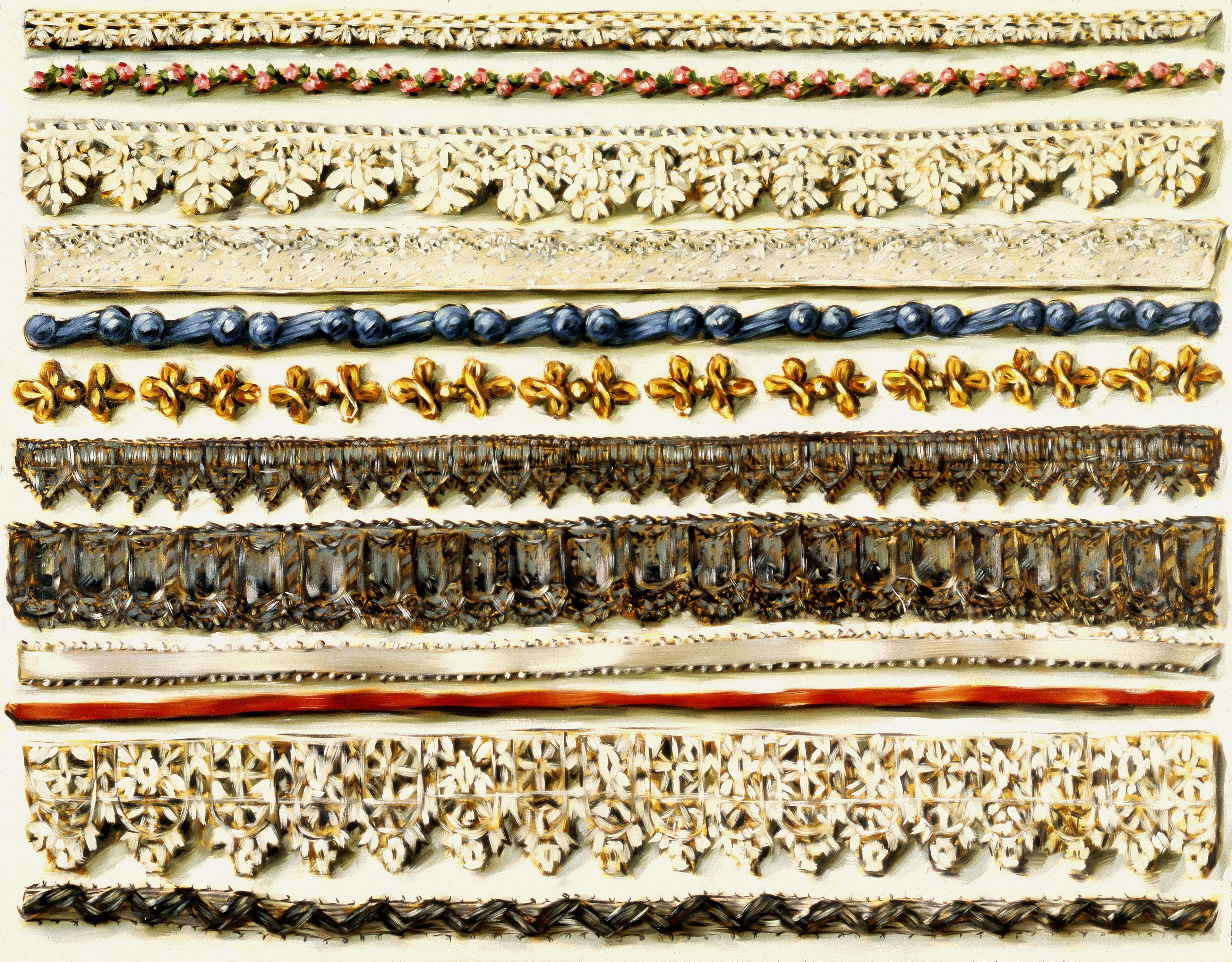
Lace, Inv. 87PE70

Cambridge January 1969, Inv. PE188
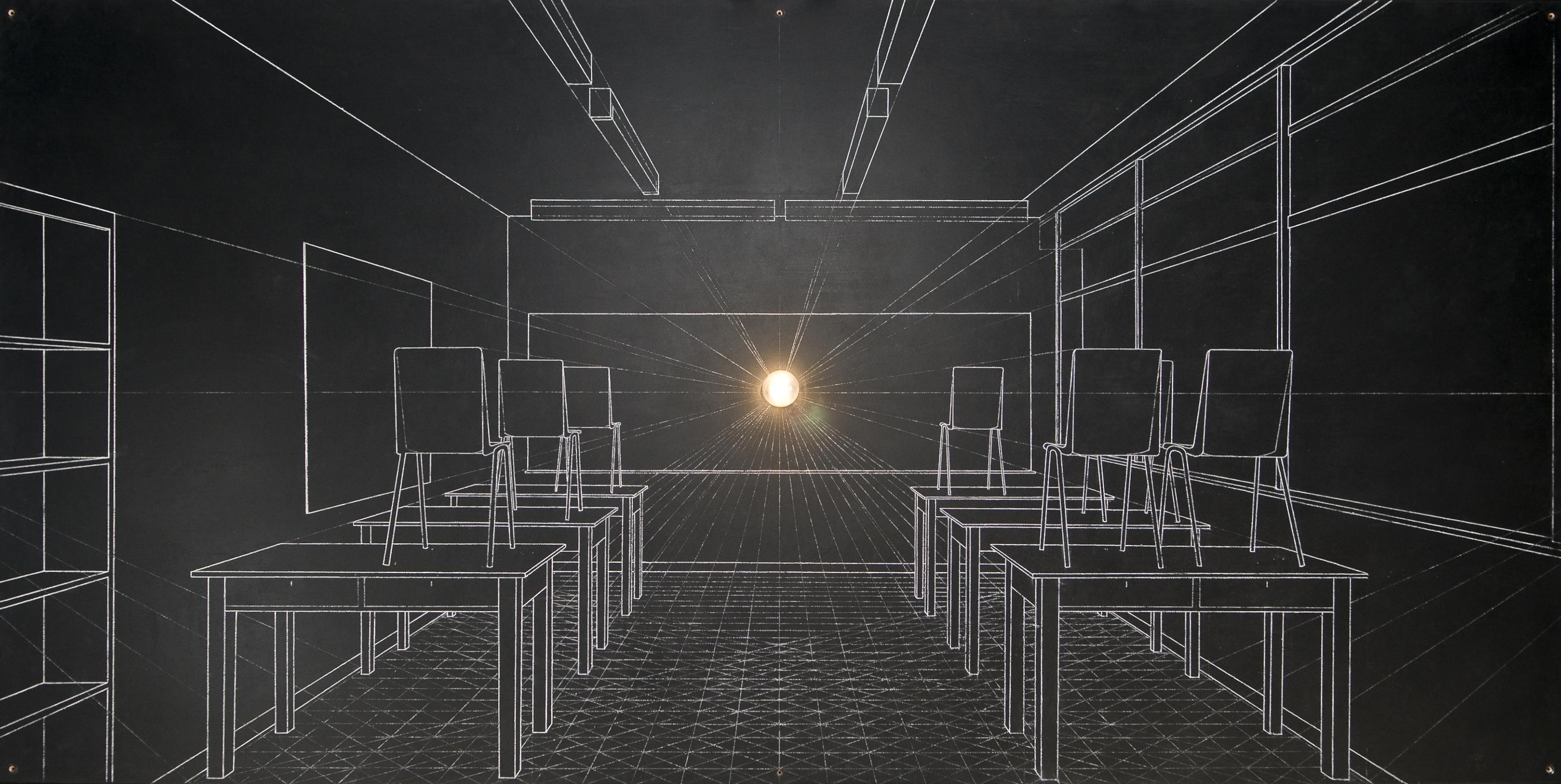
School - Classroom, 1990 / Inv. 91PE79
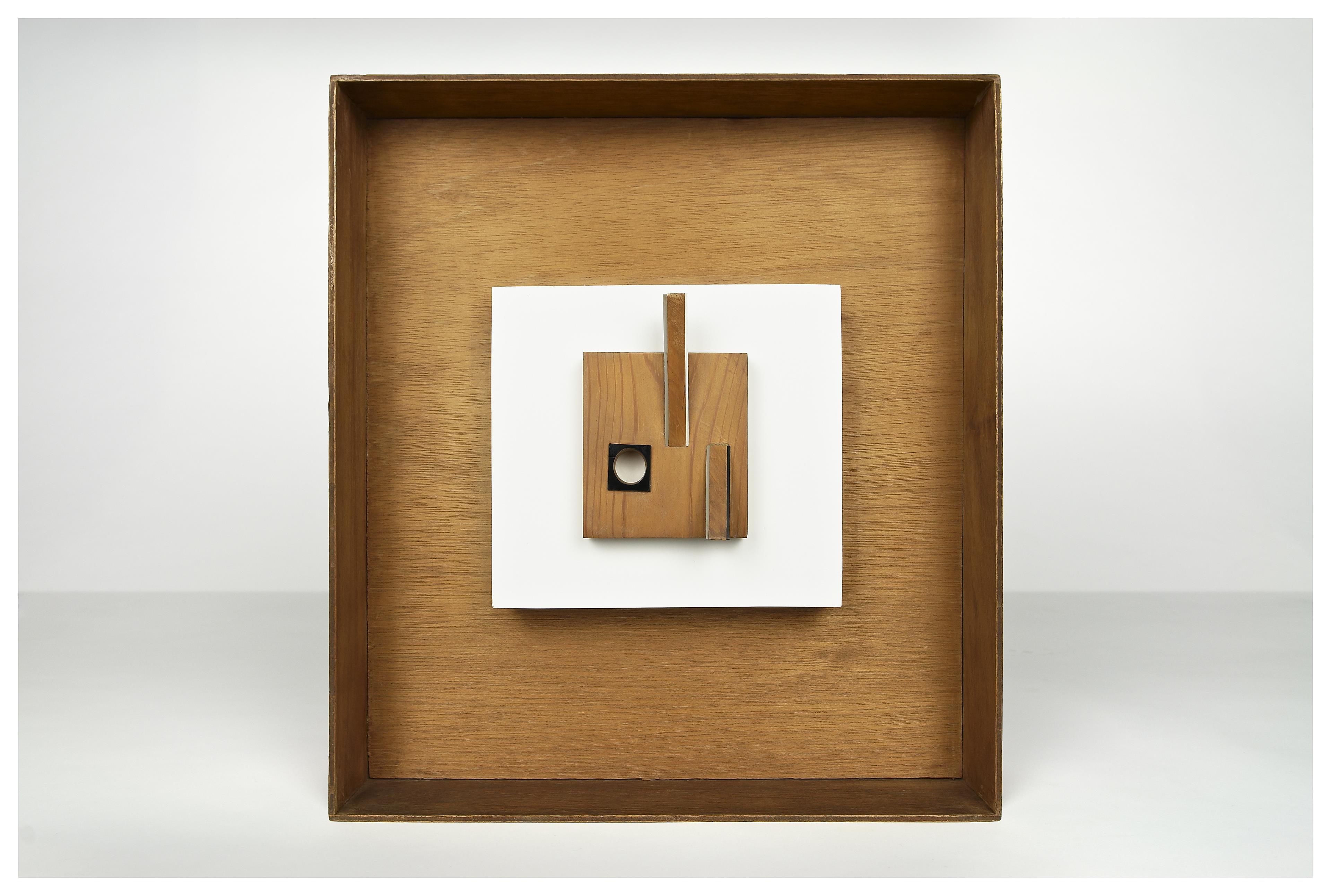
Pierced Relief, Inv. RE8

White Faced Relief, Inv. RE7

Nude, 1959-1961 / Inv. PE266
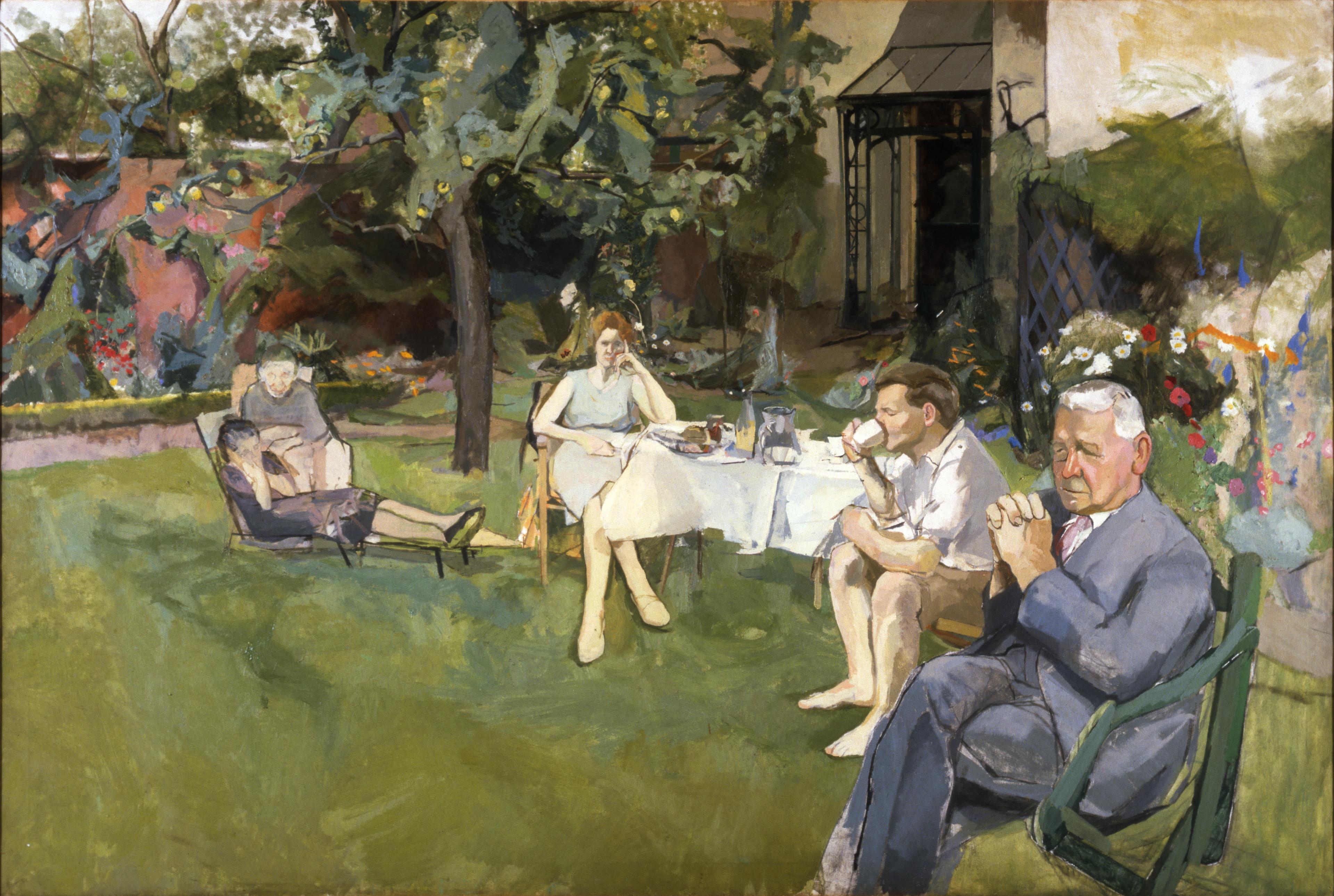
The Family in the Garden, 1959-1963 / Inv. PE270

Bowbend, Inv. EE25
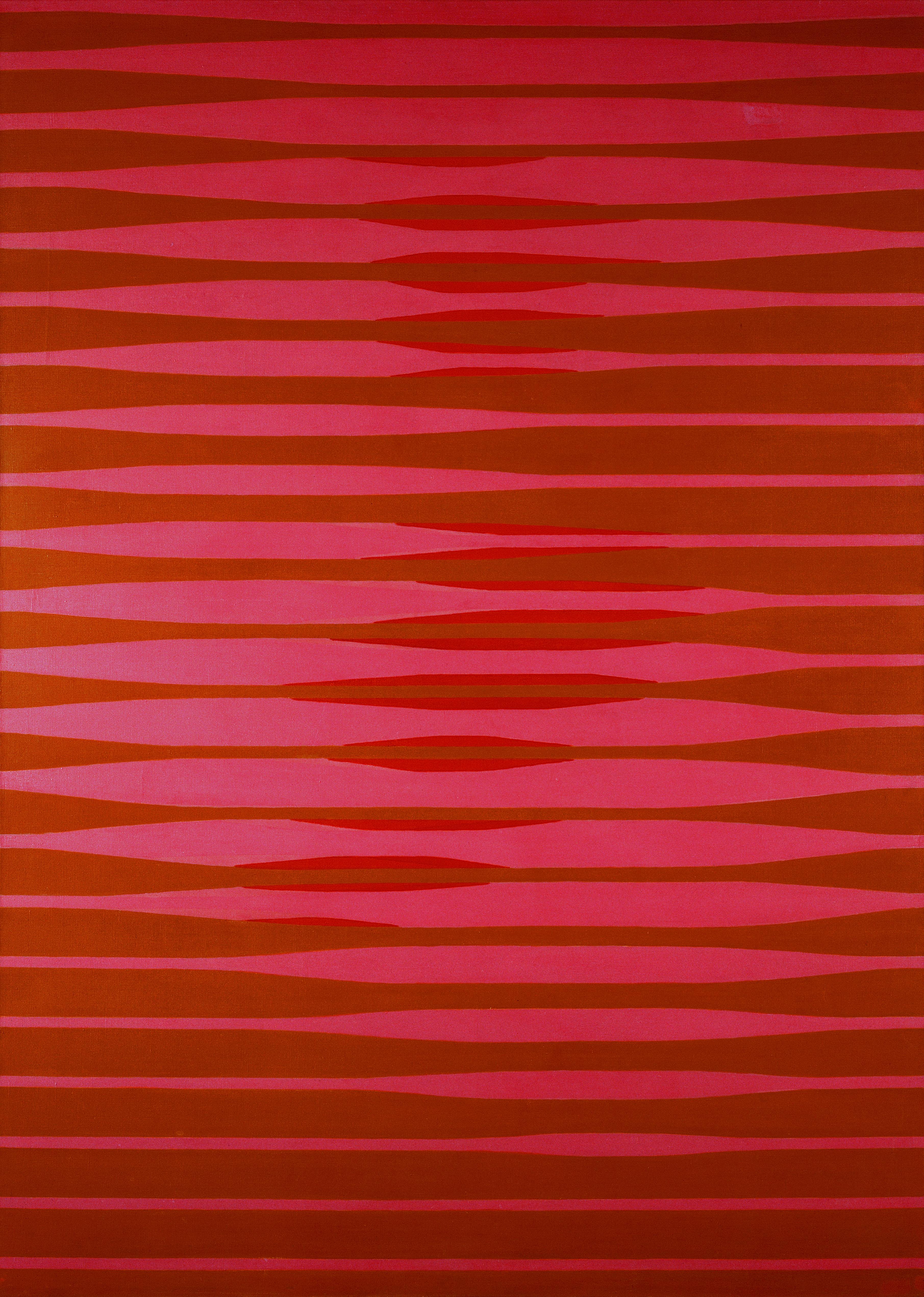
Red Counter Pink, Inv. PE190

View of the Bay, Inv. PE250
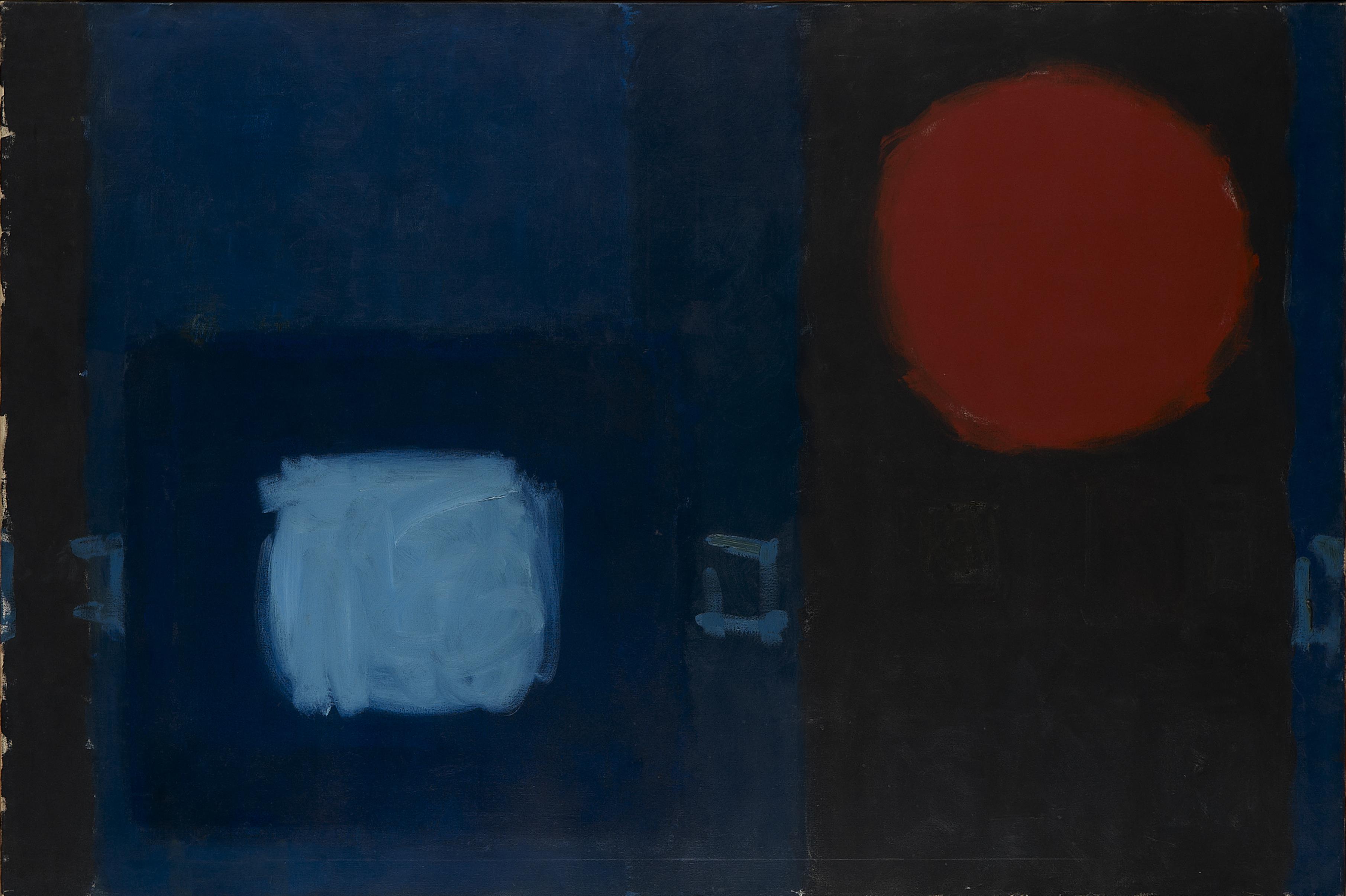
Blue Painting- Venetian Disc and Black Column, Inv. PE214
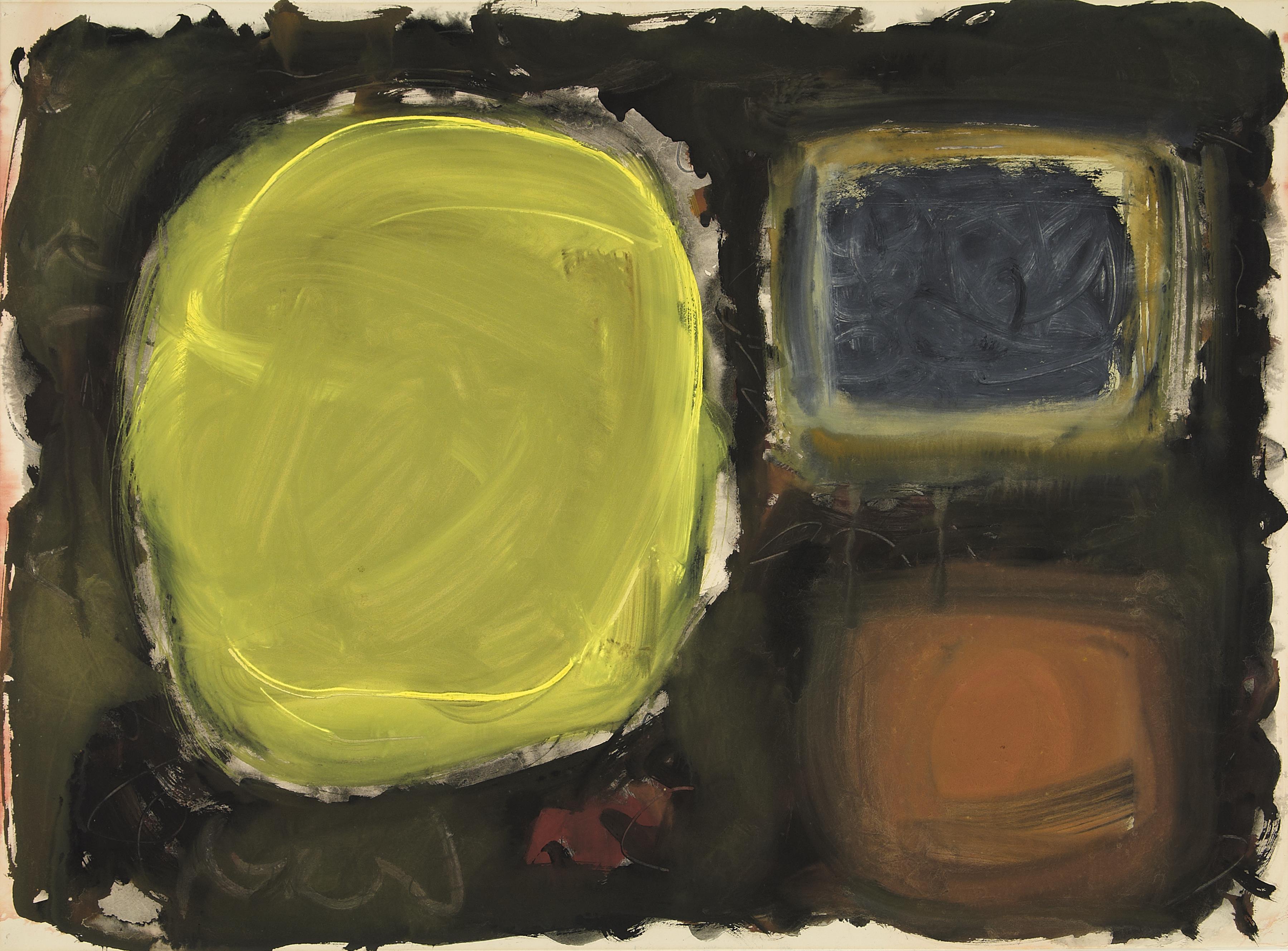
Dirty Lemon, Three Shapes, Inv. DE17
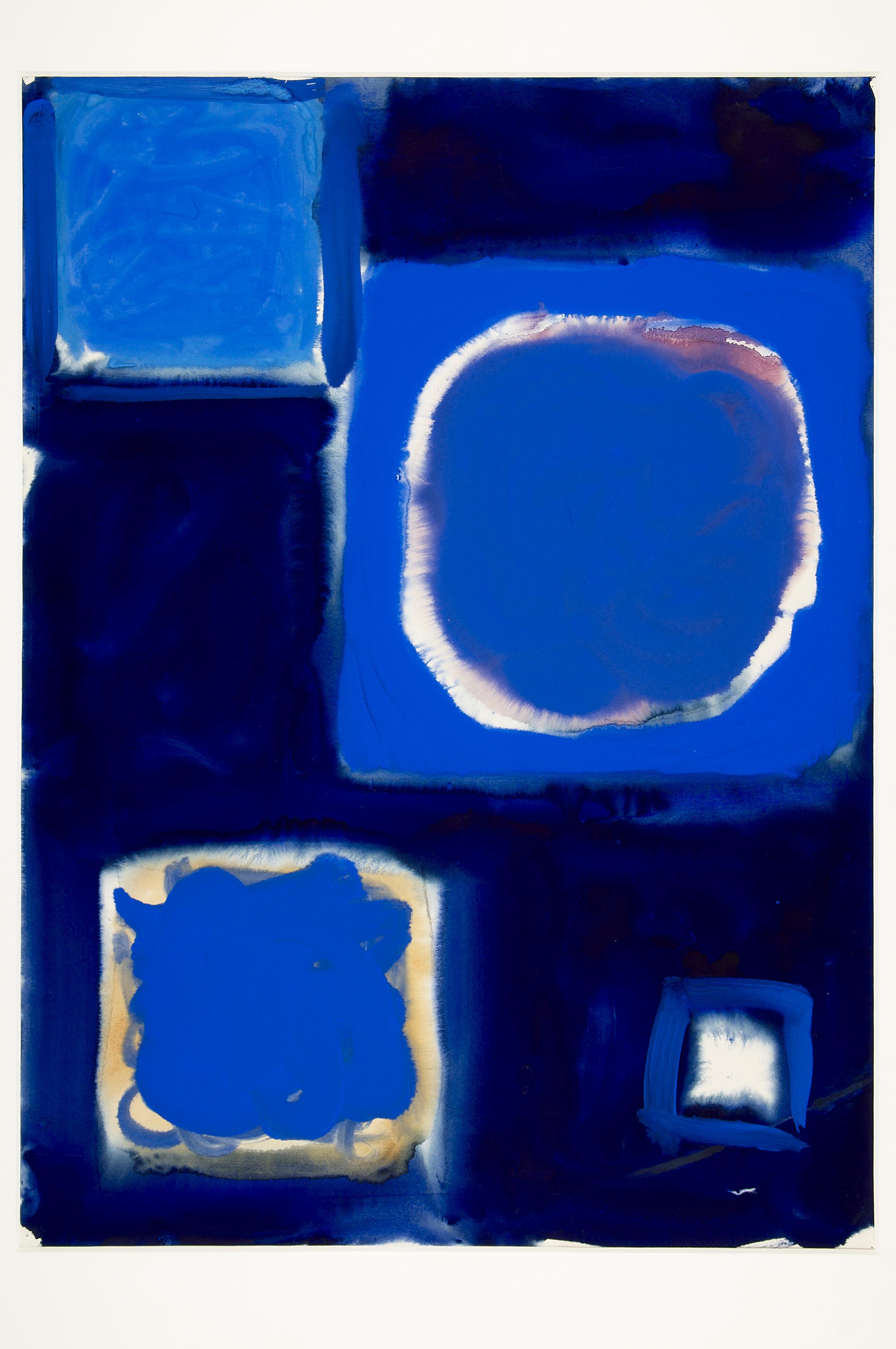
Violet and Blues, Inv. DE16
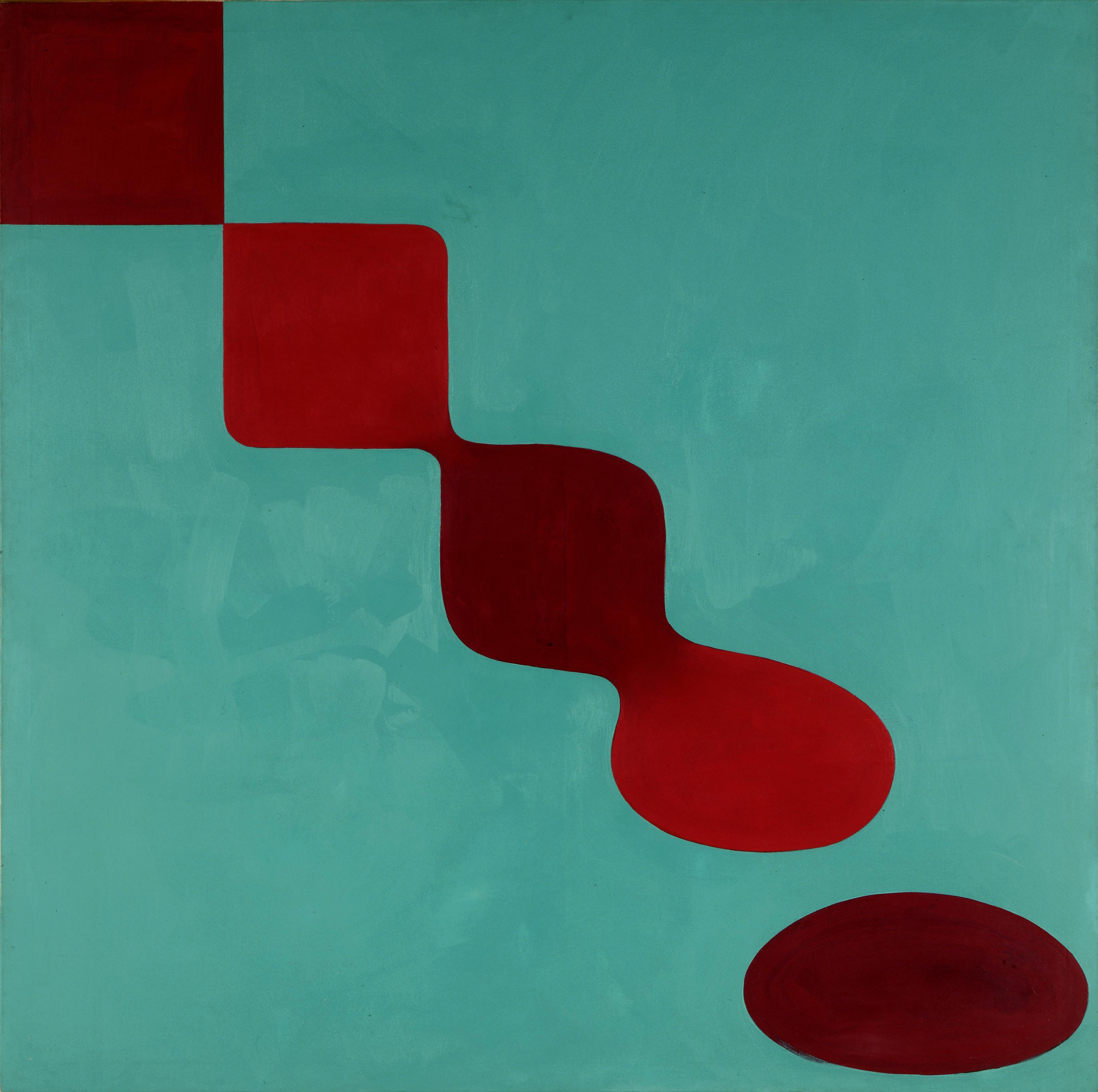
Untitled No.36, Julho-Novembro de 1964 / Inv. PE222

Love Wall, Inv. PE128
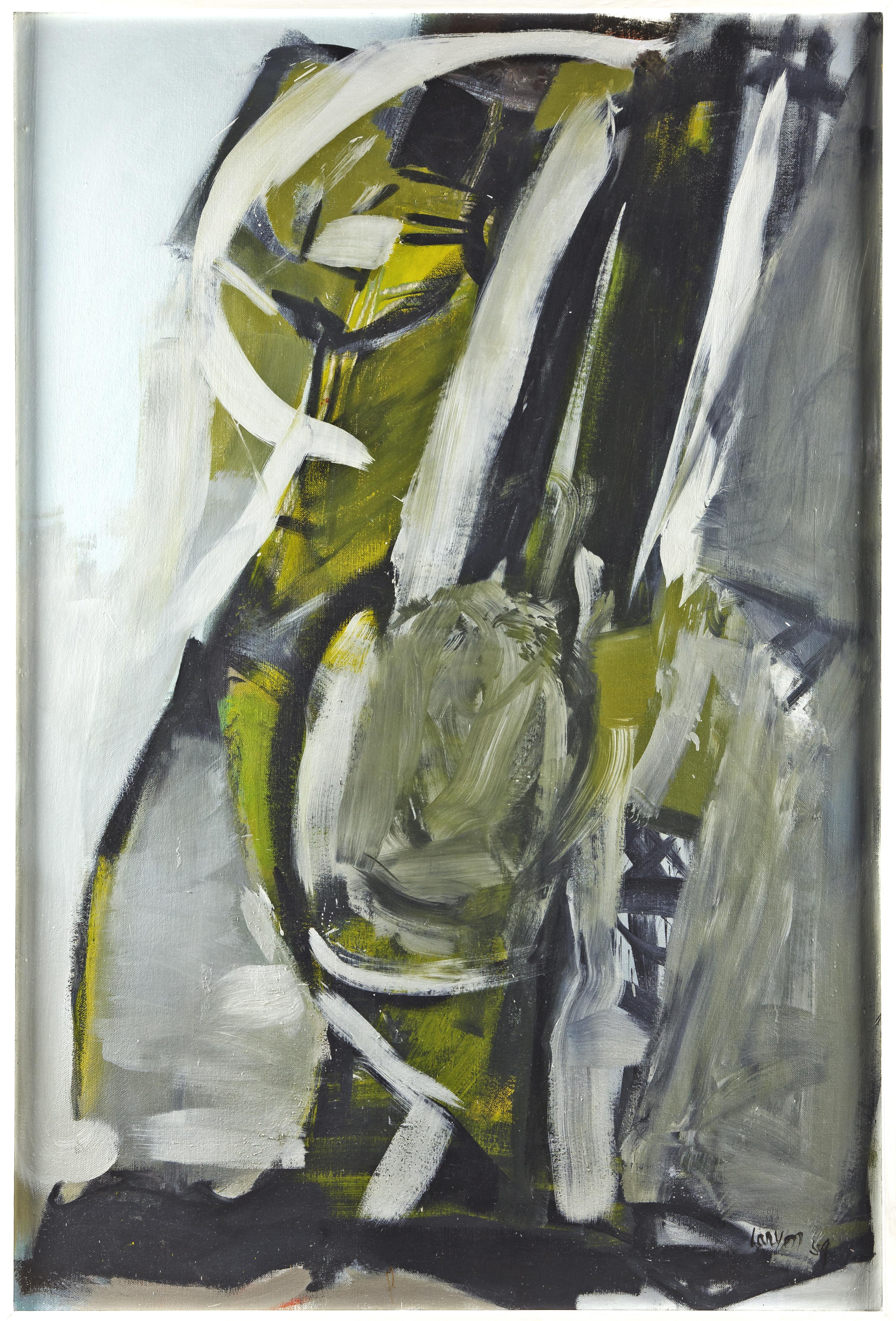
Rising Wind, Inv. PE187
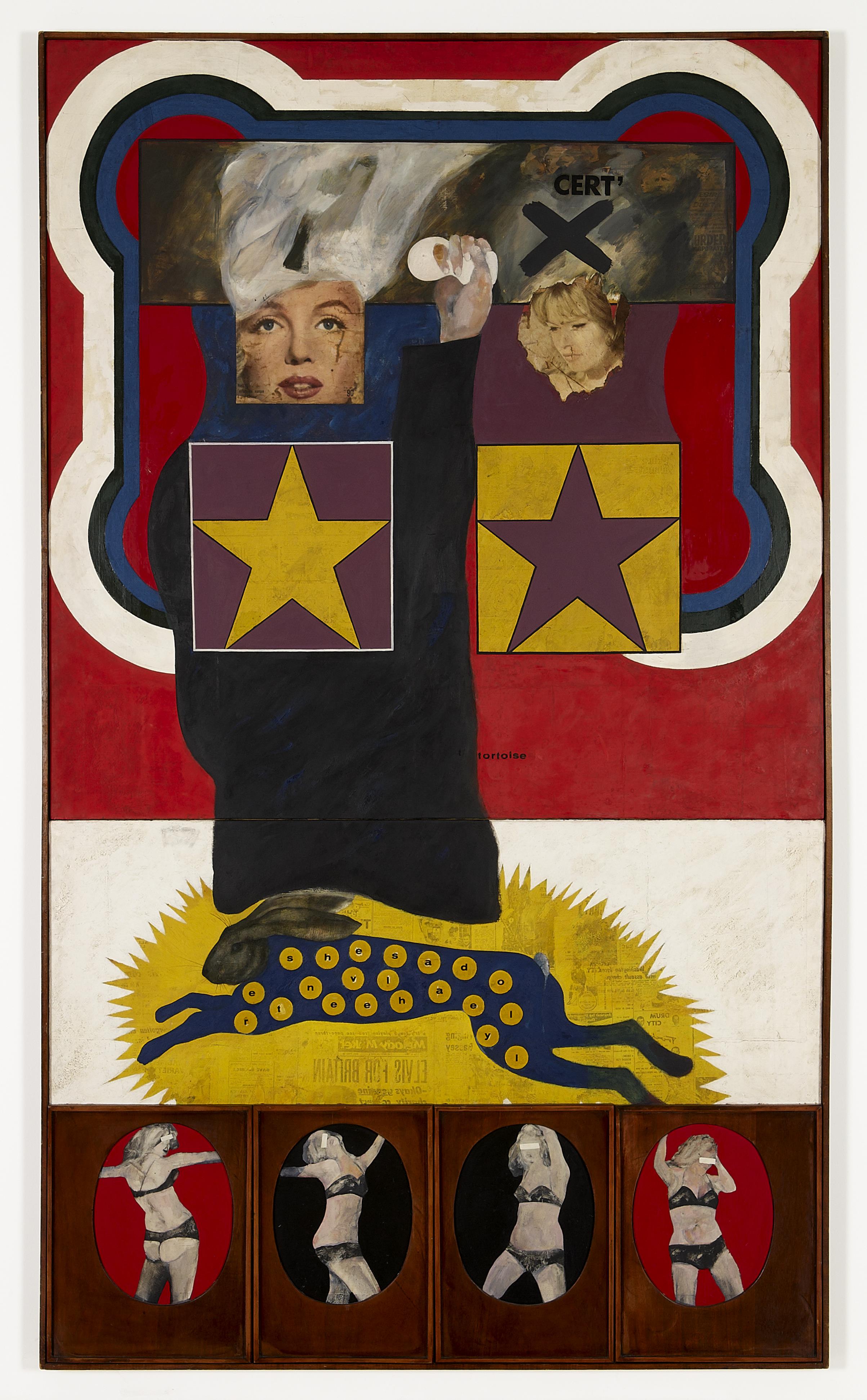
For Men Only - Starring MM and BB, Inv. PE168
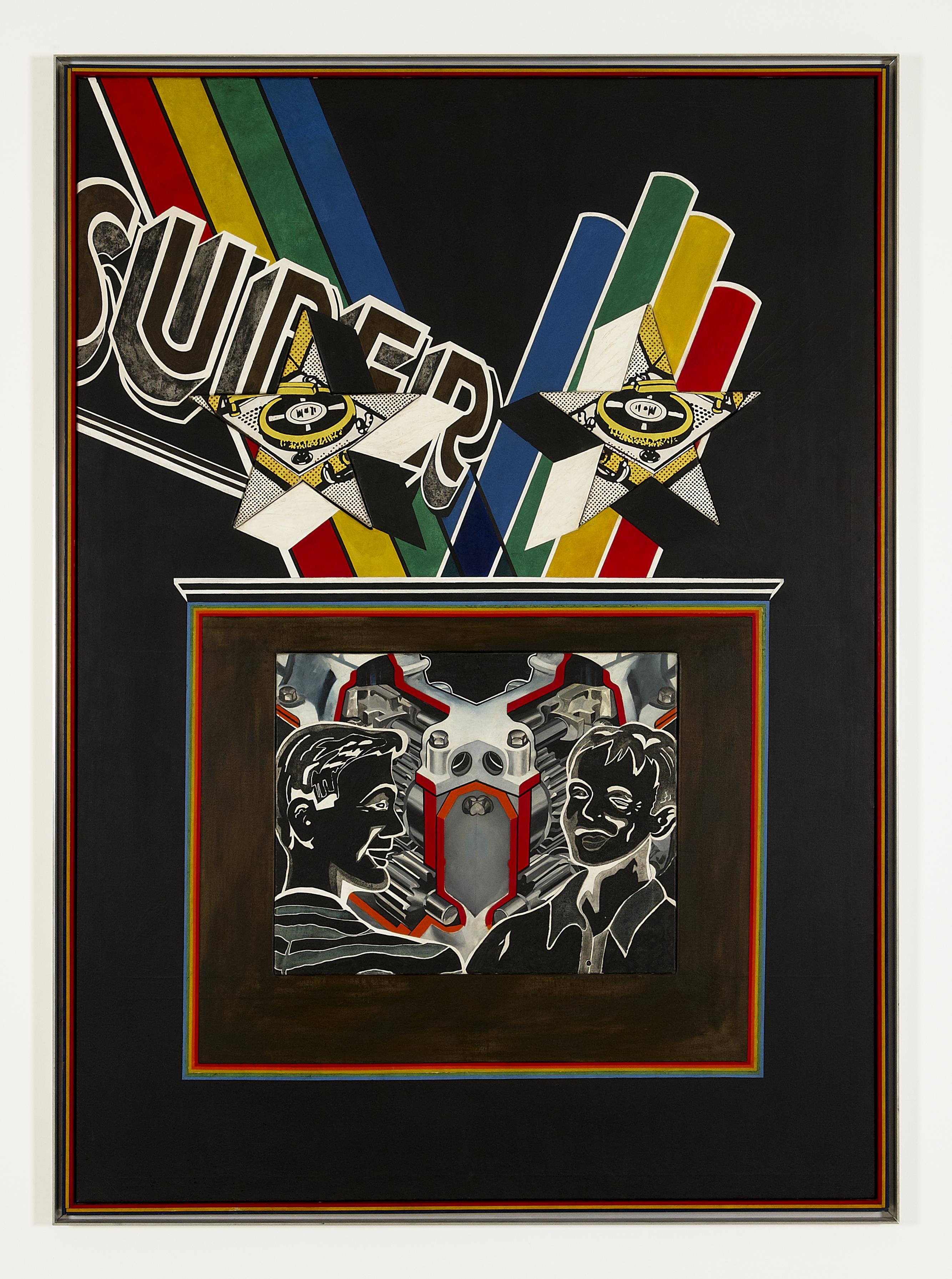
INsuperSET, Inv. PE167
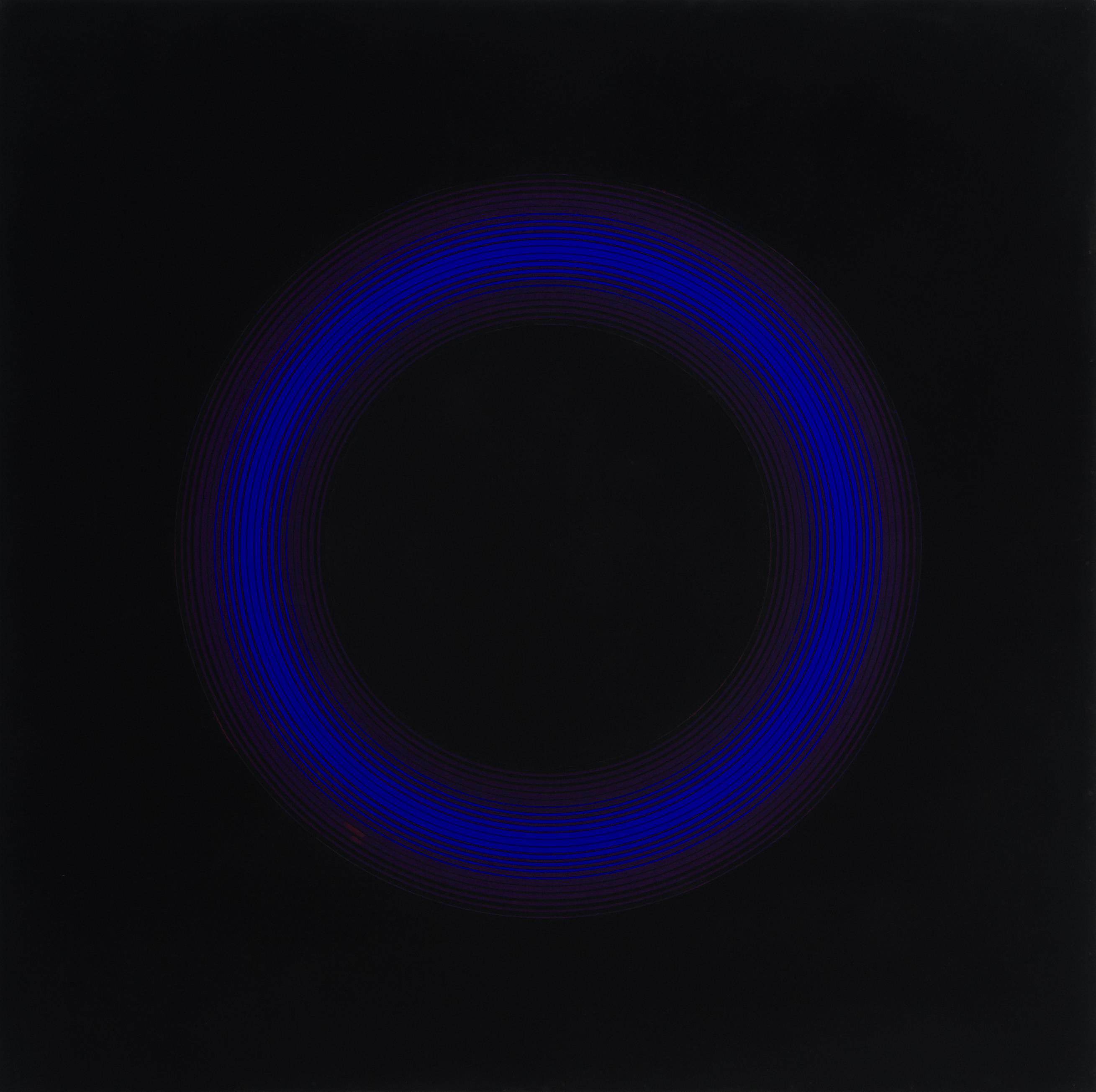
Manifestation, Inv. PE151
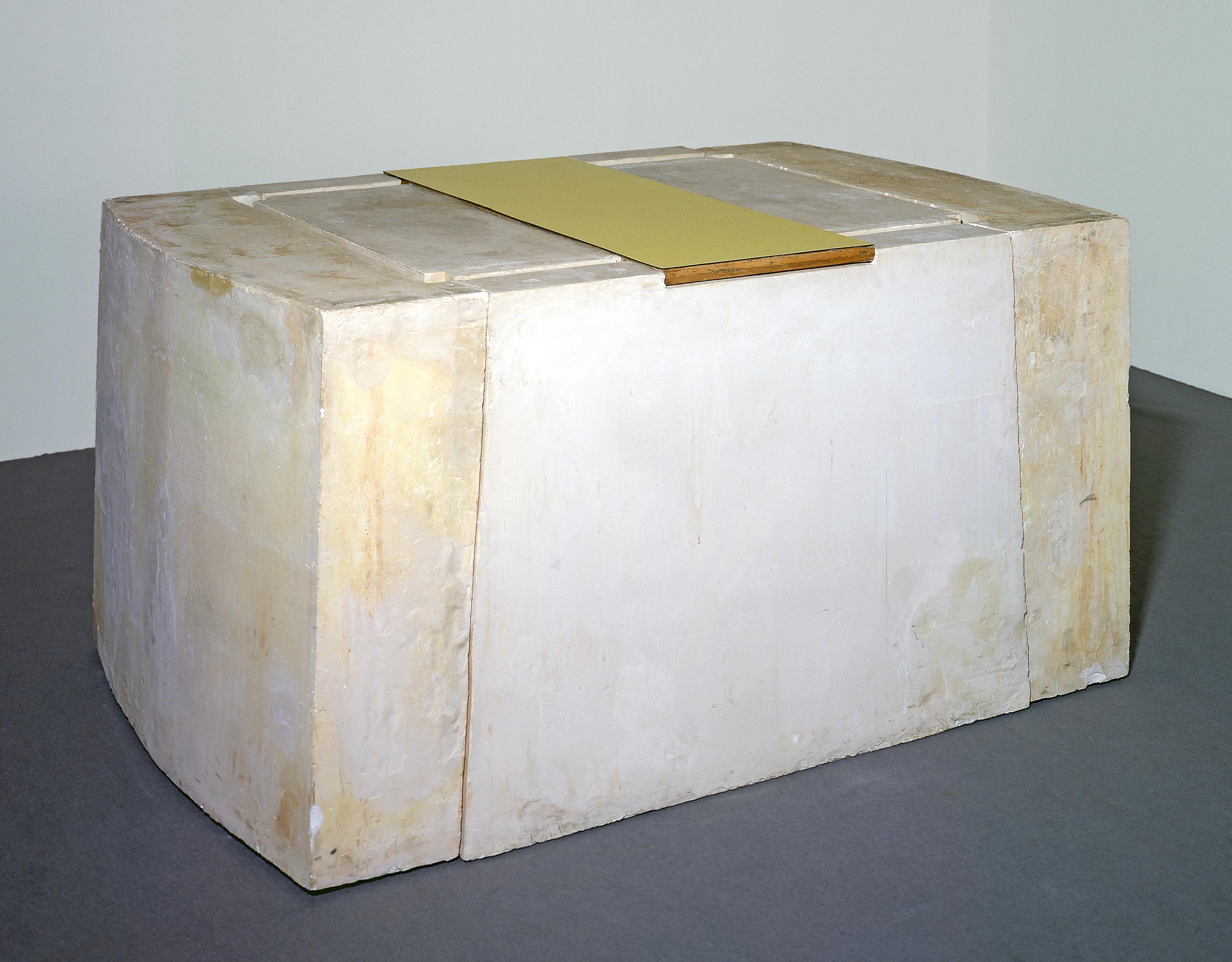
Yellow Leaf, Inv. 91EE43
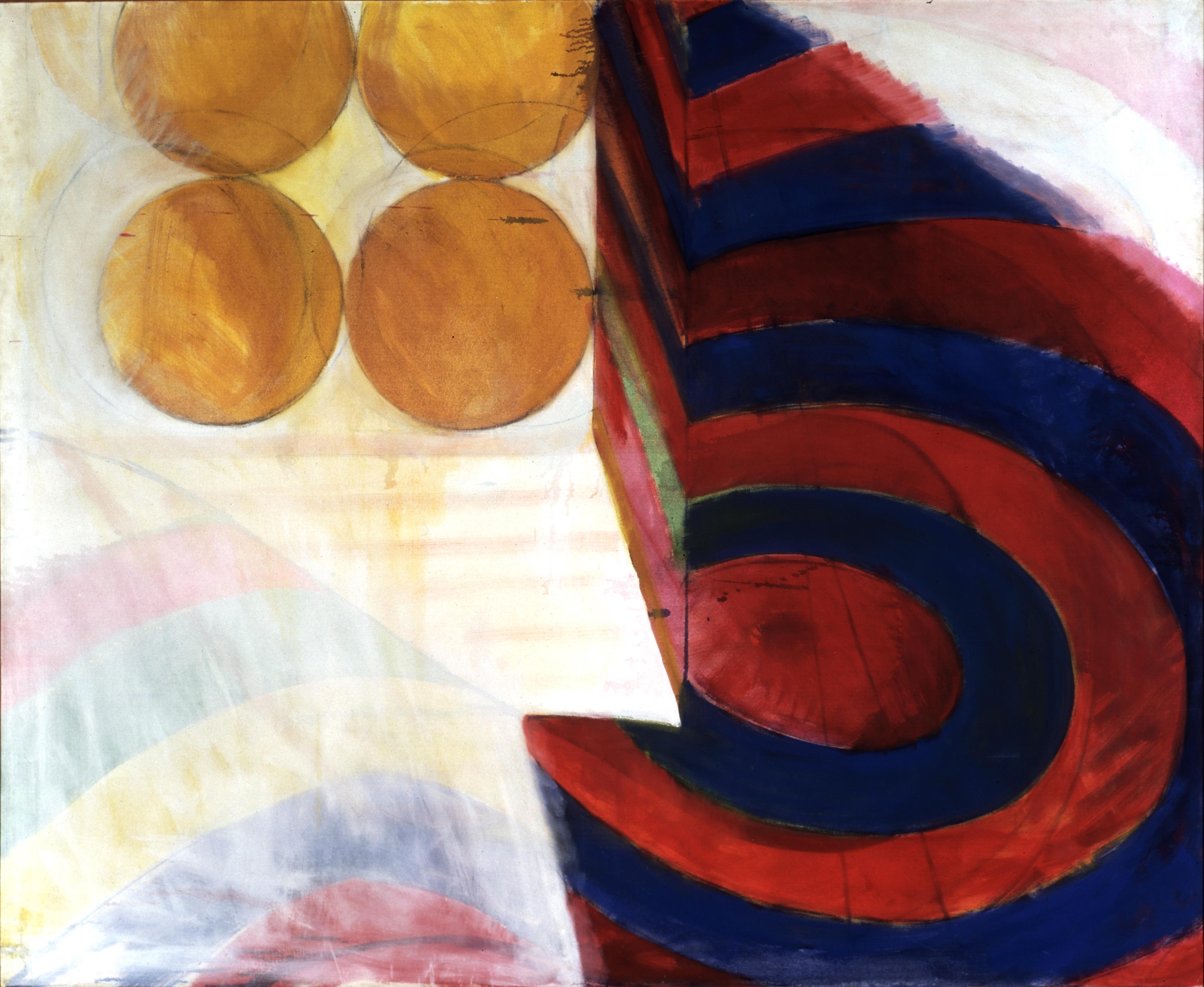
Package, Inv. PE148
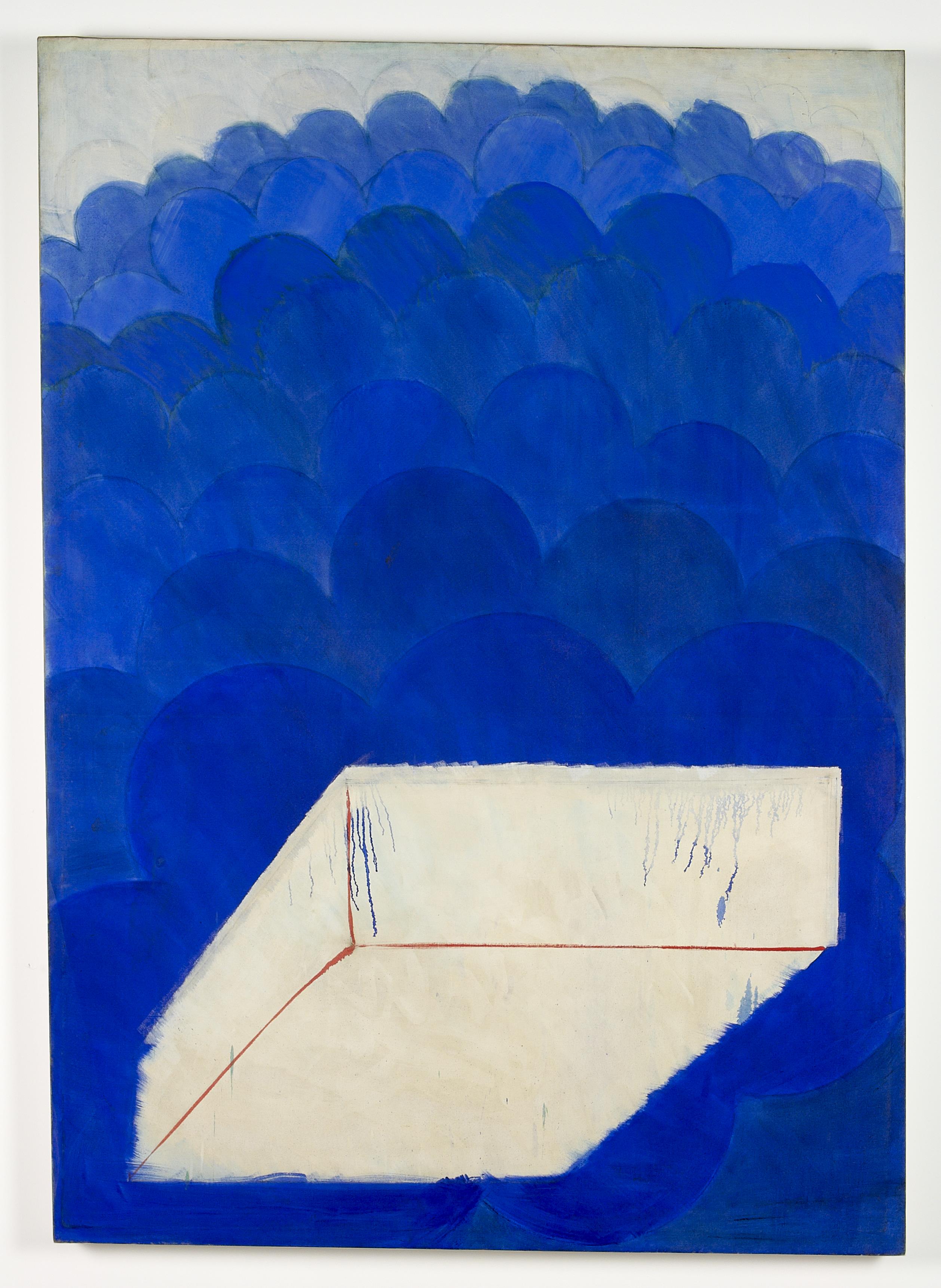
The Lonely Surfer, Inv. PE147

Painting n. 6, Inv. PE237

Desolate Beach, Inv. PE206

The Long Walk, Inv. PE205
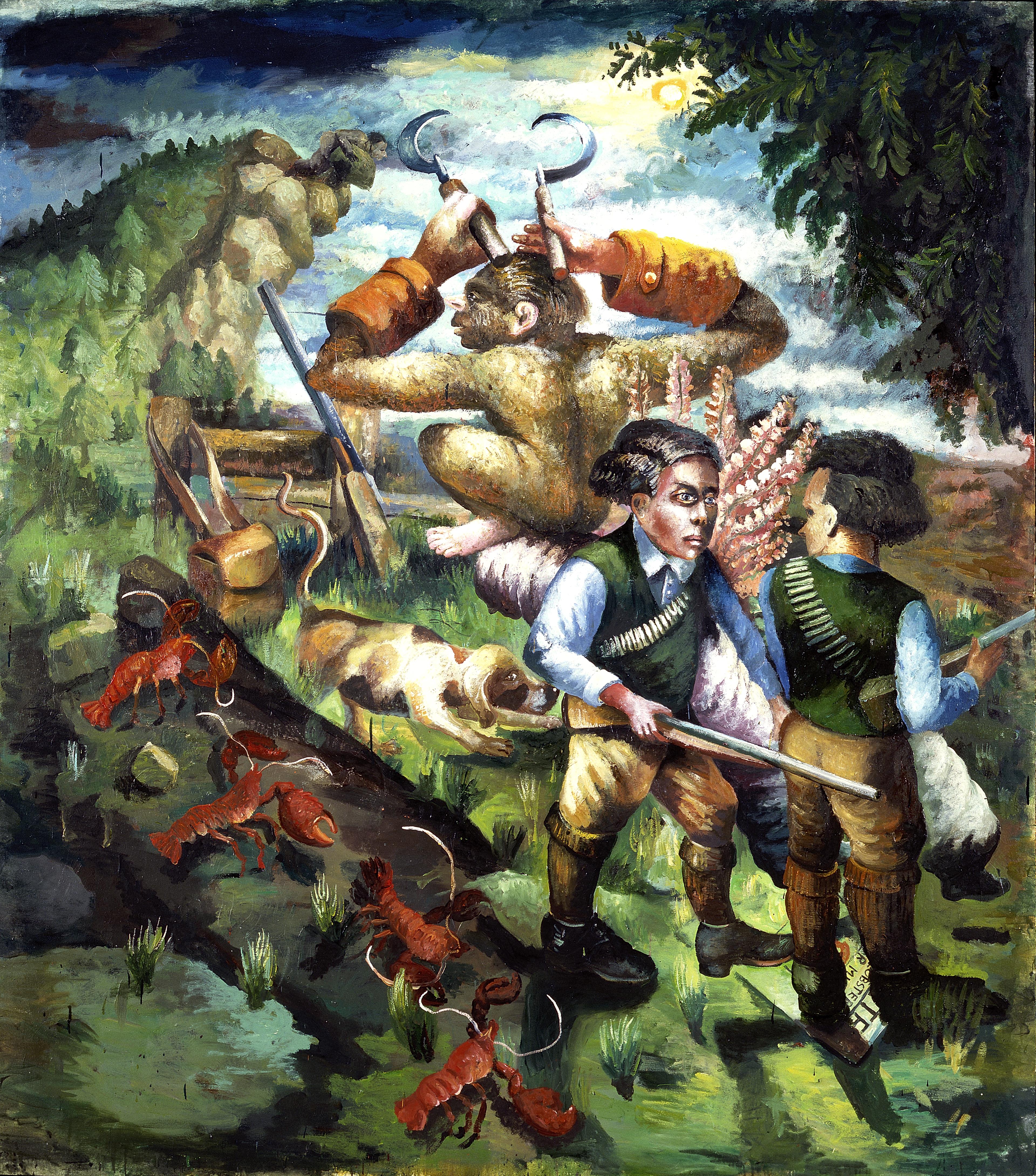
English Landscape with a Disruptive Gene, Inv. 87PE74
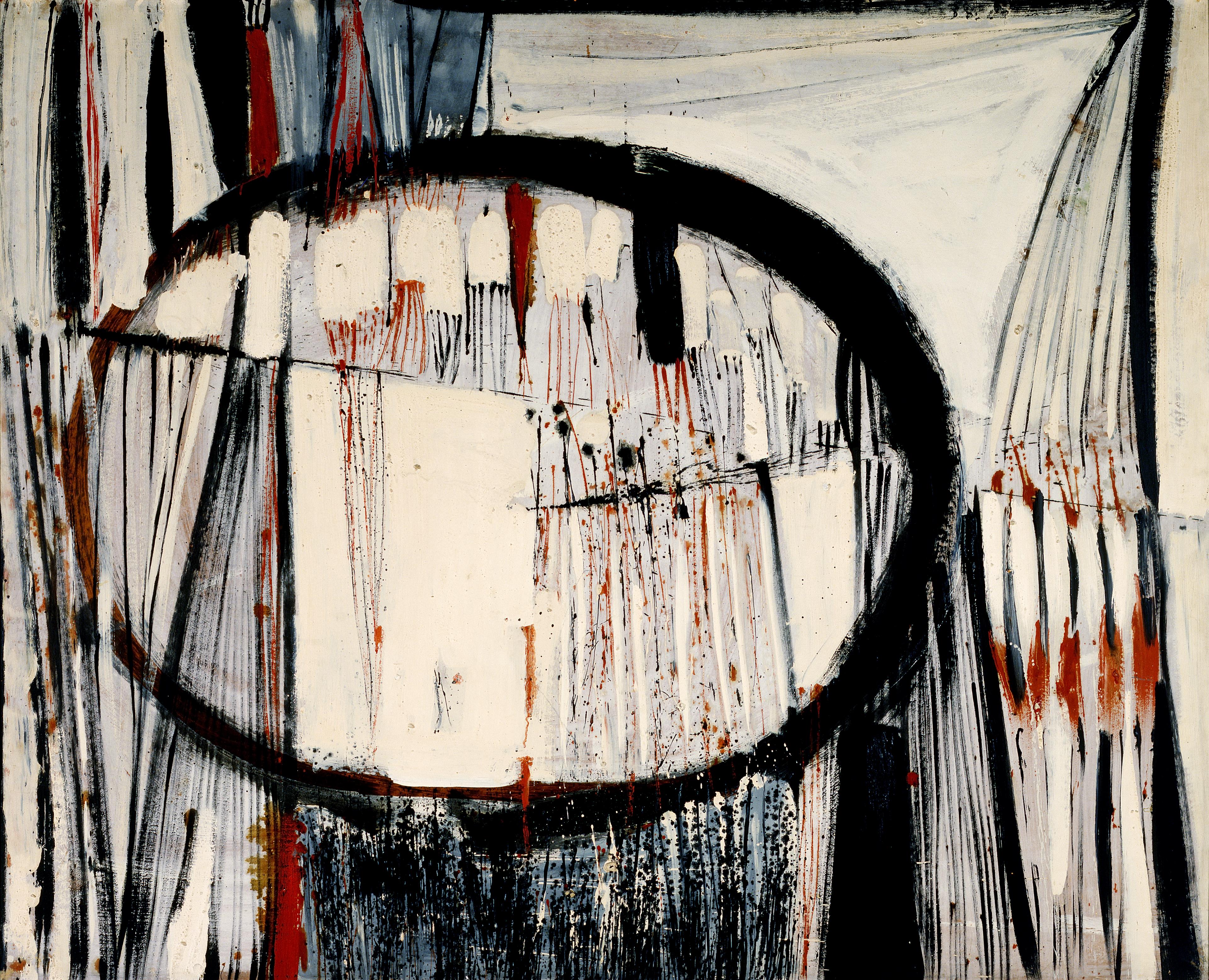
Red, Black and White "O", Inv. PE231
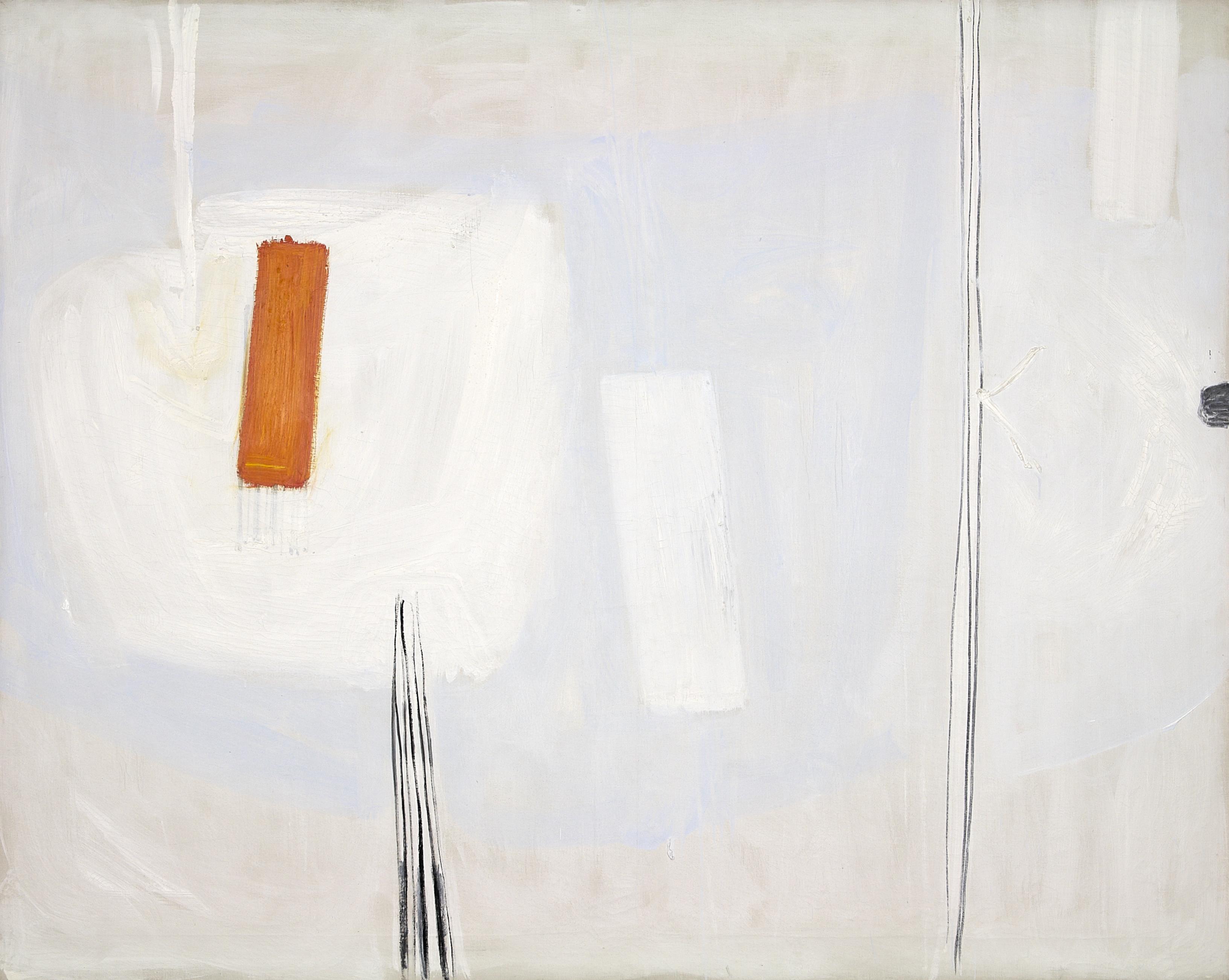
White Figure, Inv. PE230
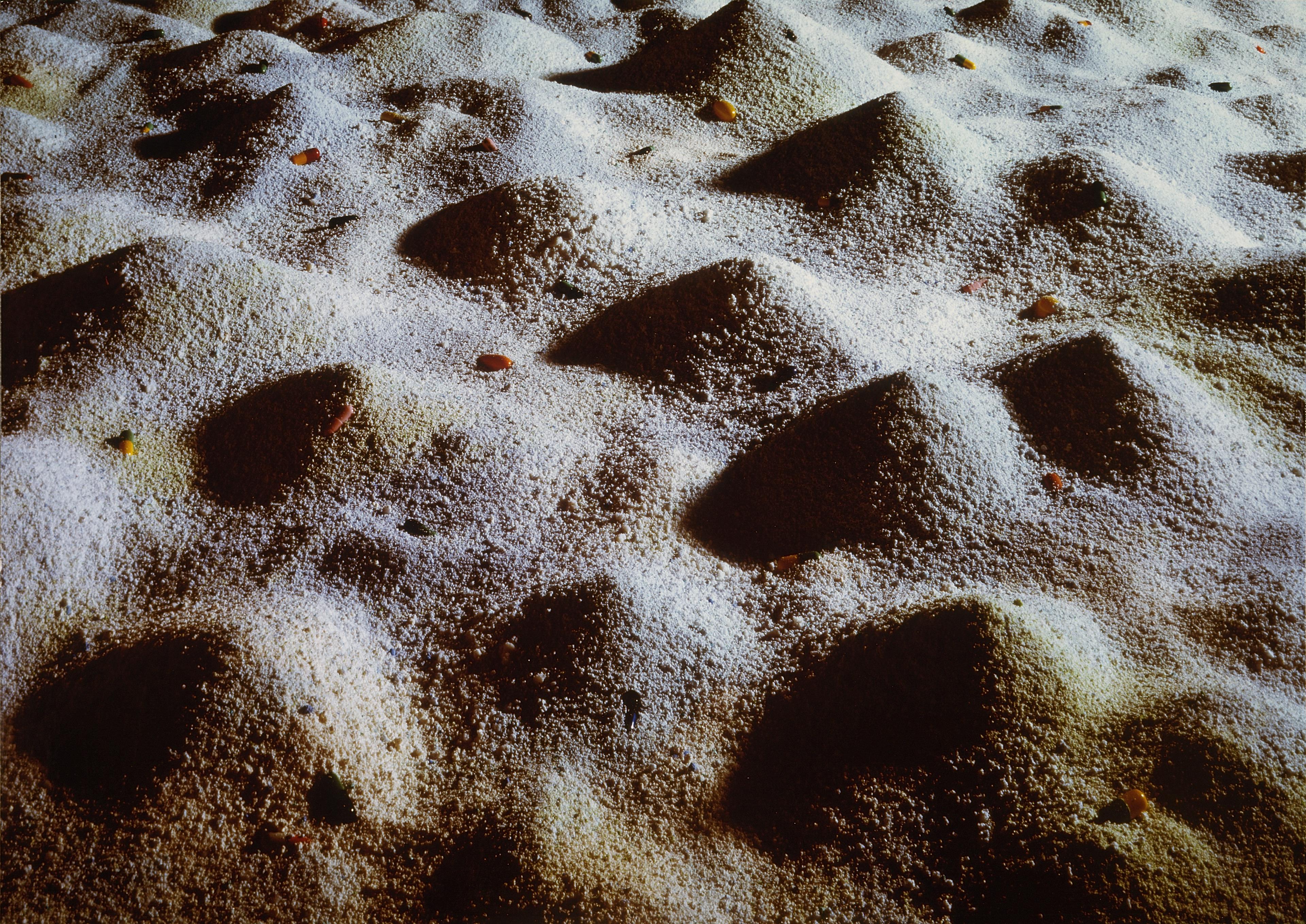
Biological Landscape, 1985-1987 / Inv. 90FE25

Pavan, 1964-1965 / Inv. EE22
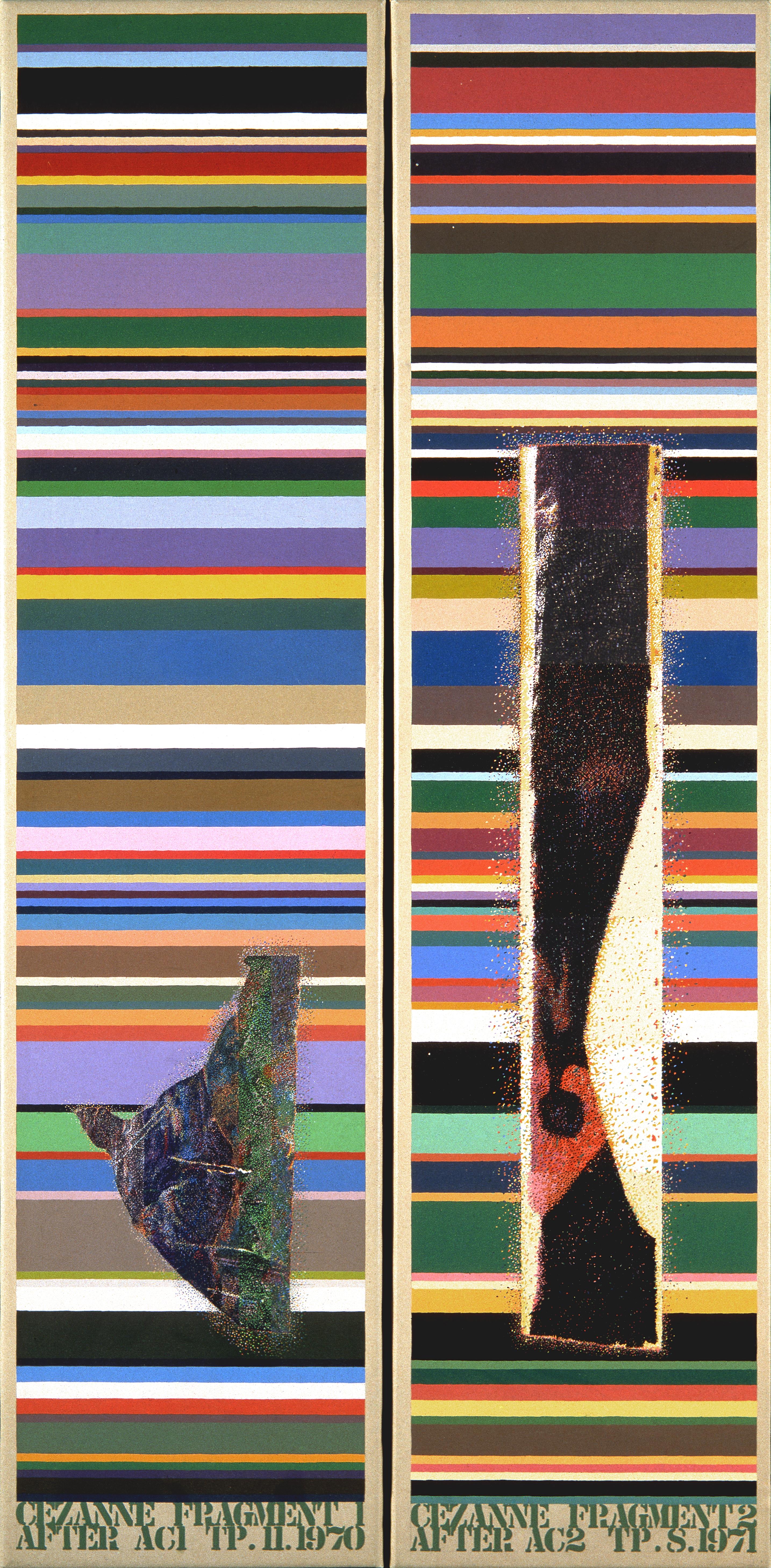
Cézanne Fragments 1 & 2, 1970-1971 / Inv. PE171
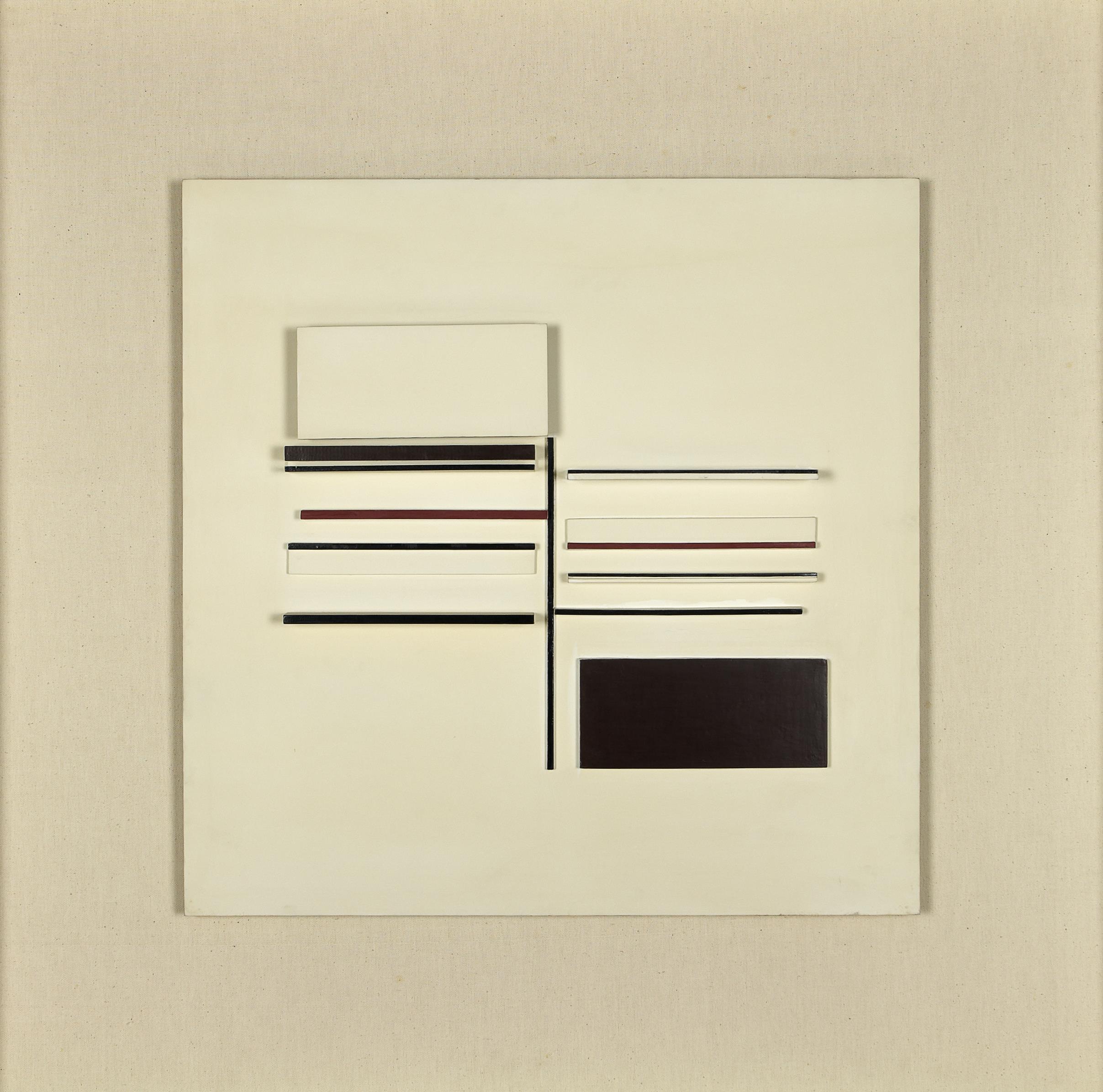
Abstract in White, Black and Maroon, 1956-1957 / Inv. 88RE10

Summer, Inv. PE150

Cock Door, Inv. 97FE64
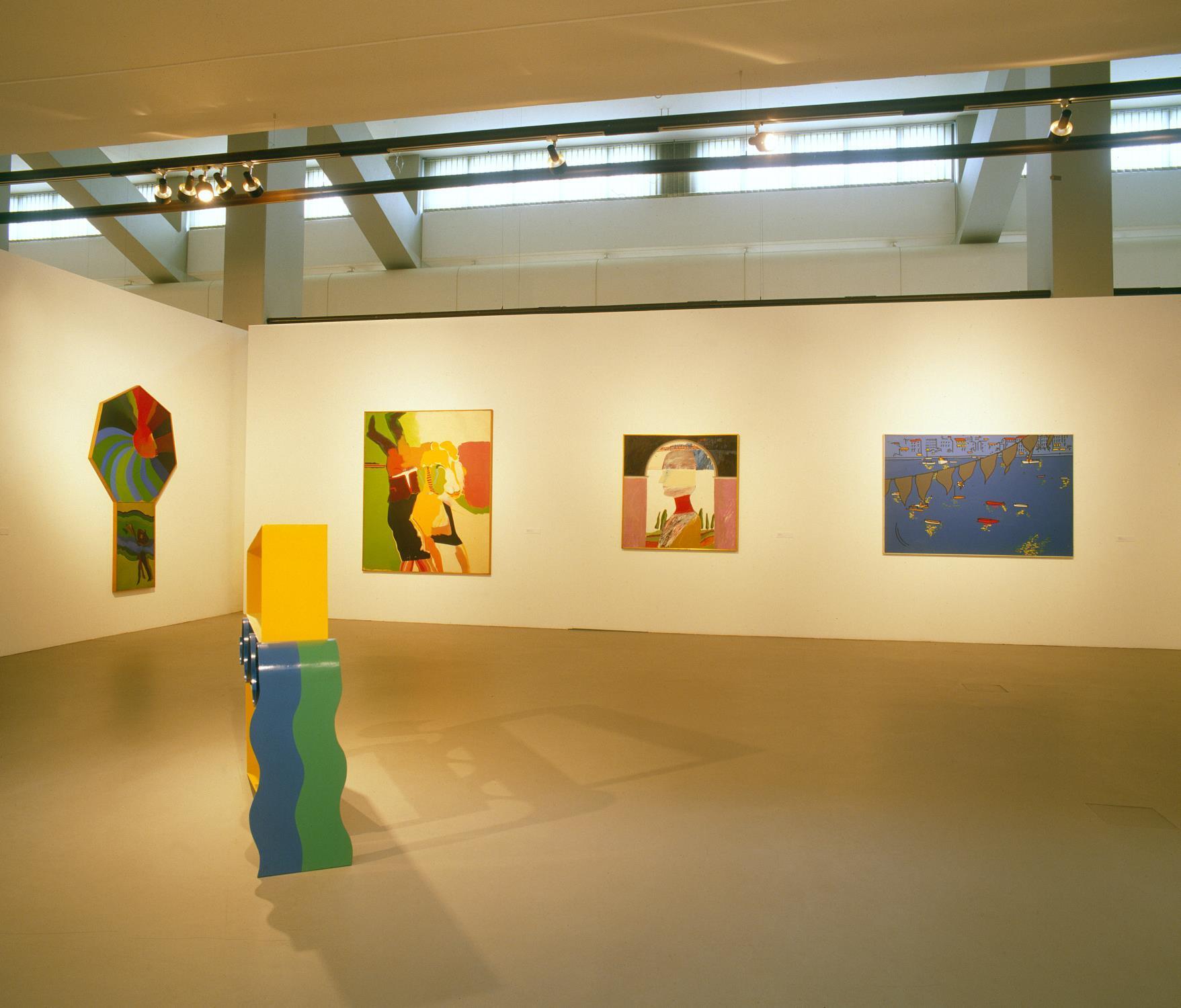

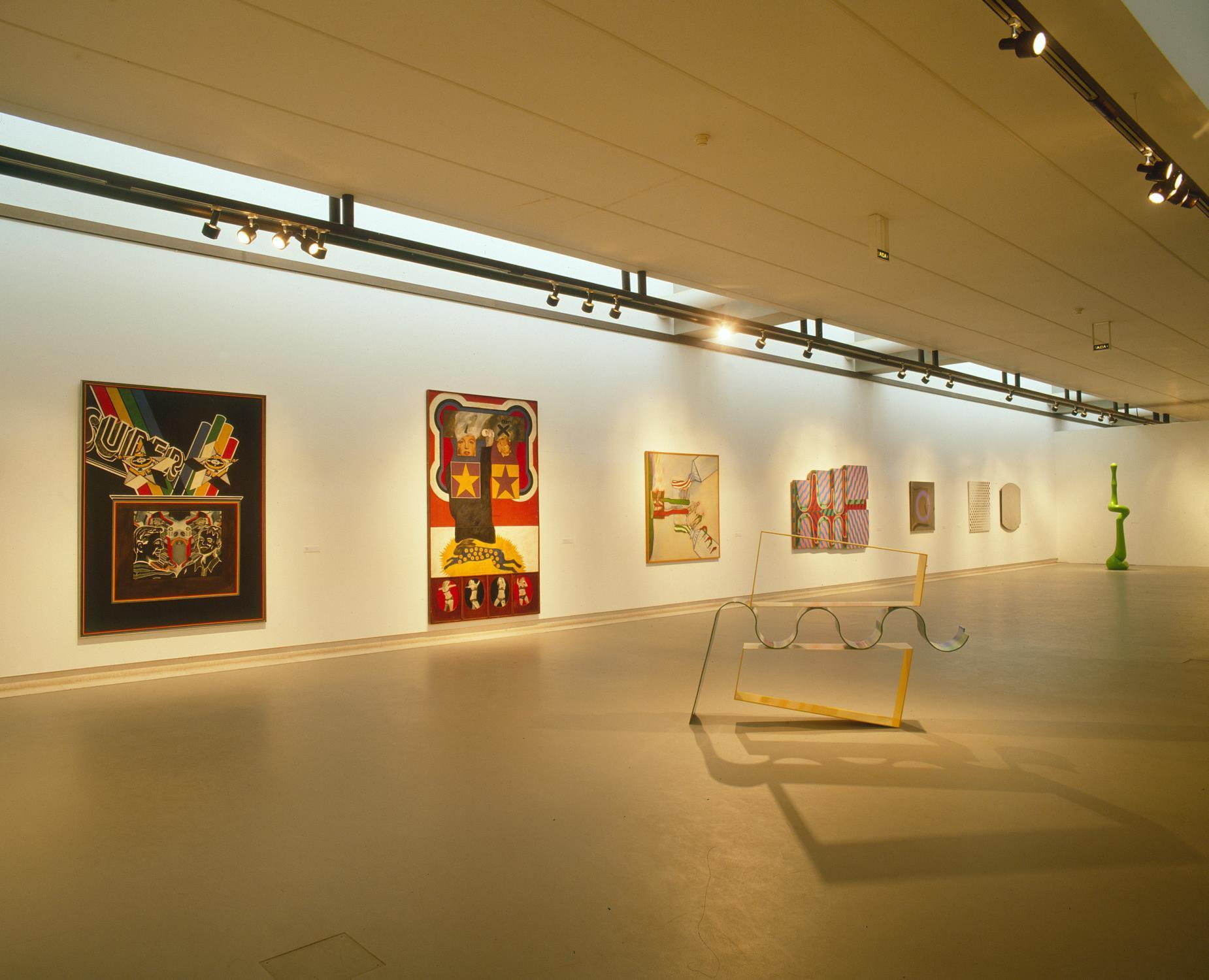

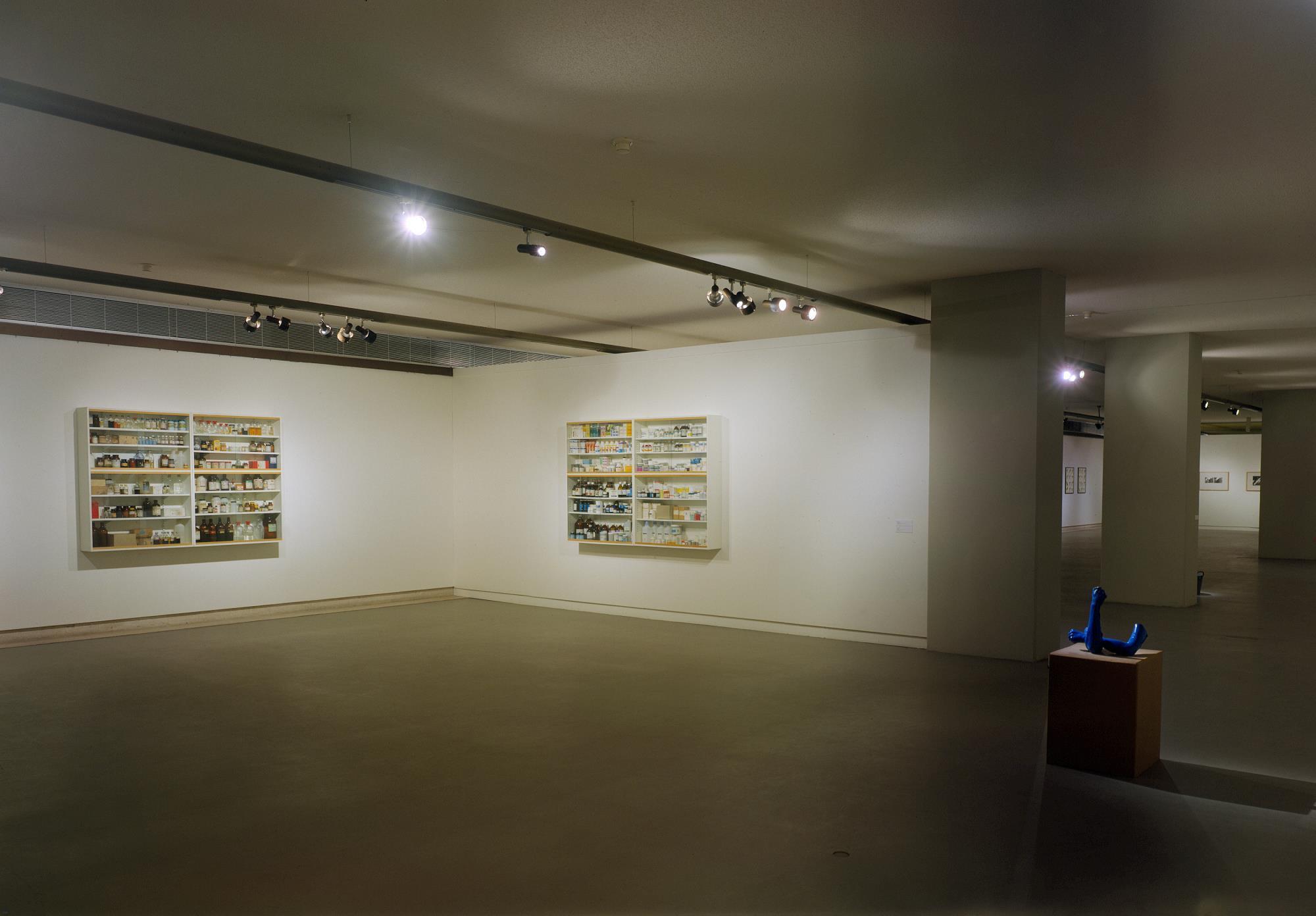
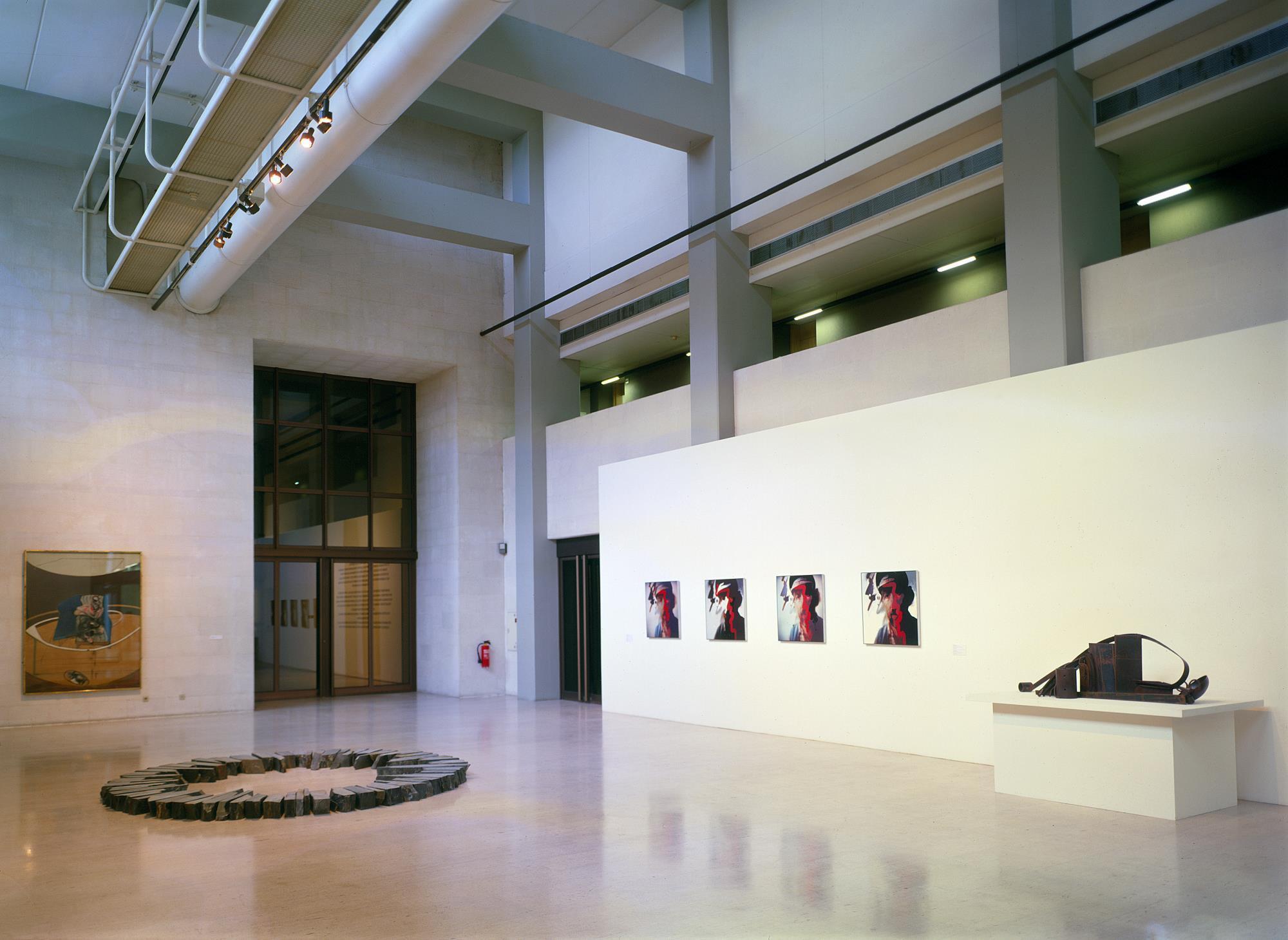








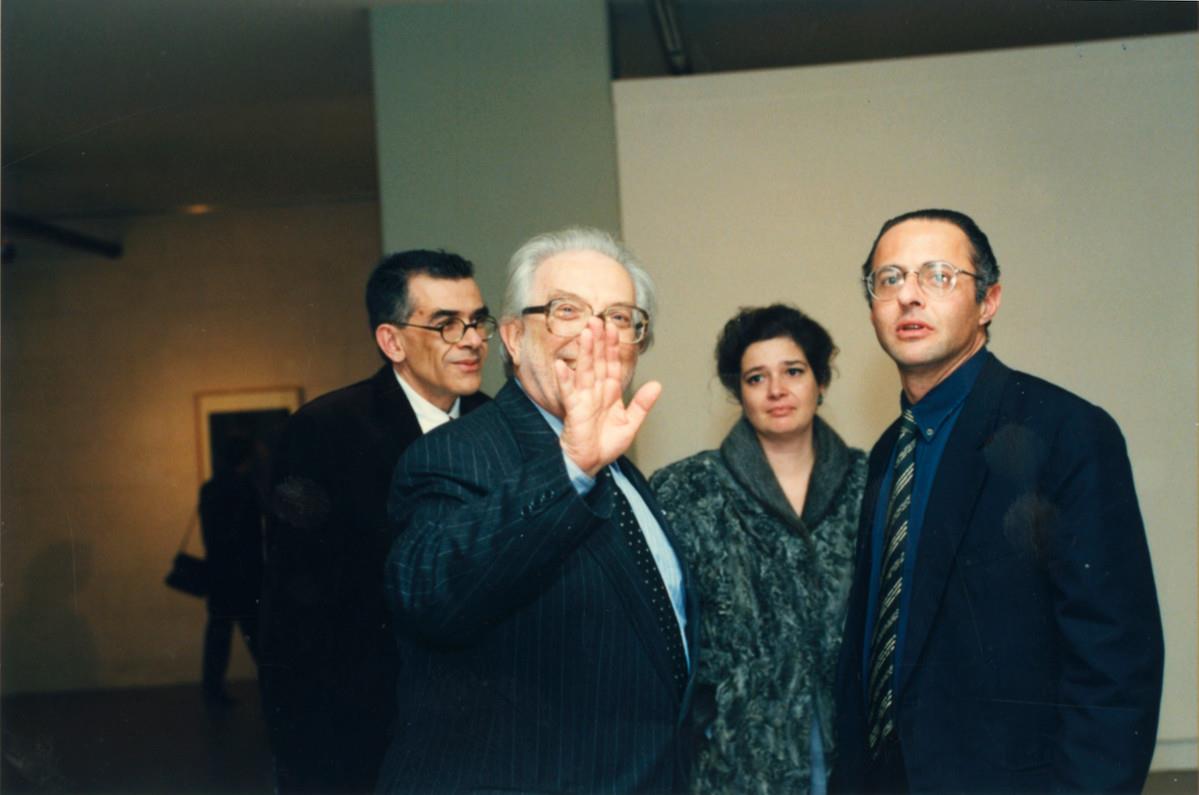
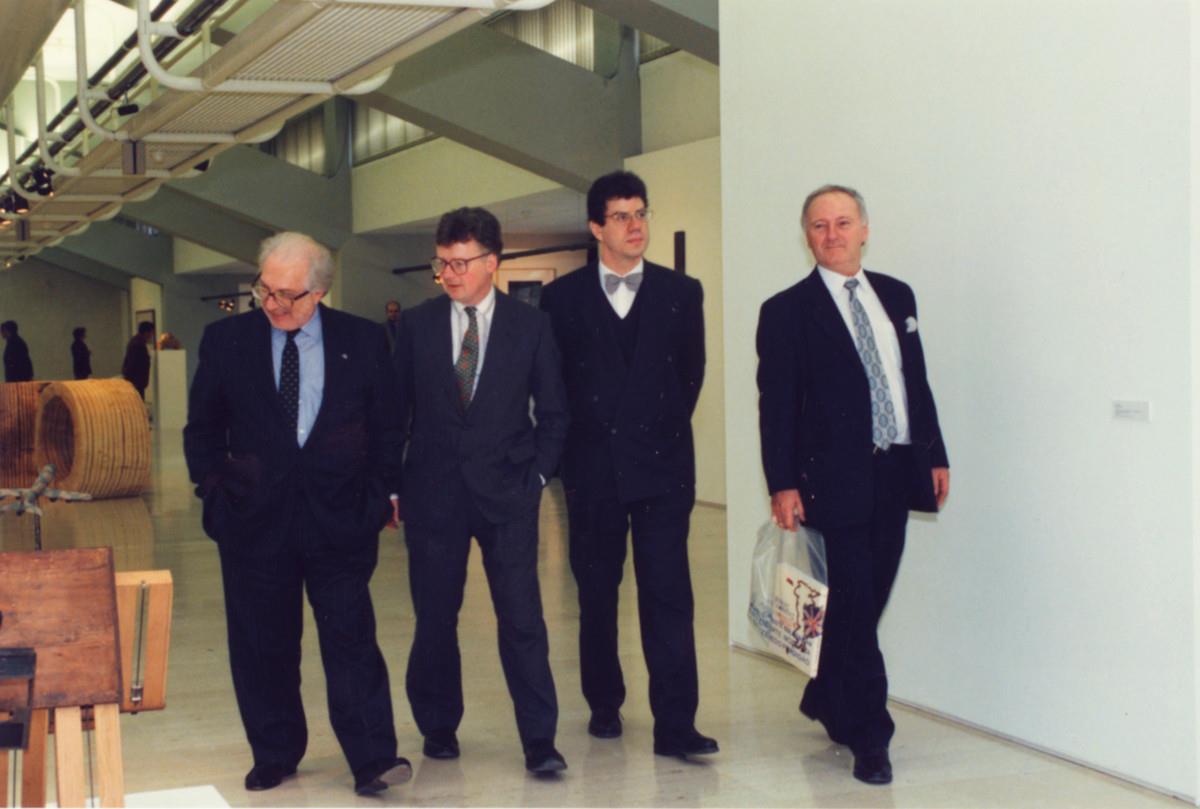
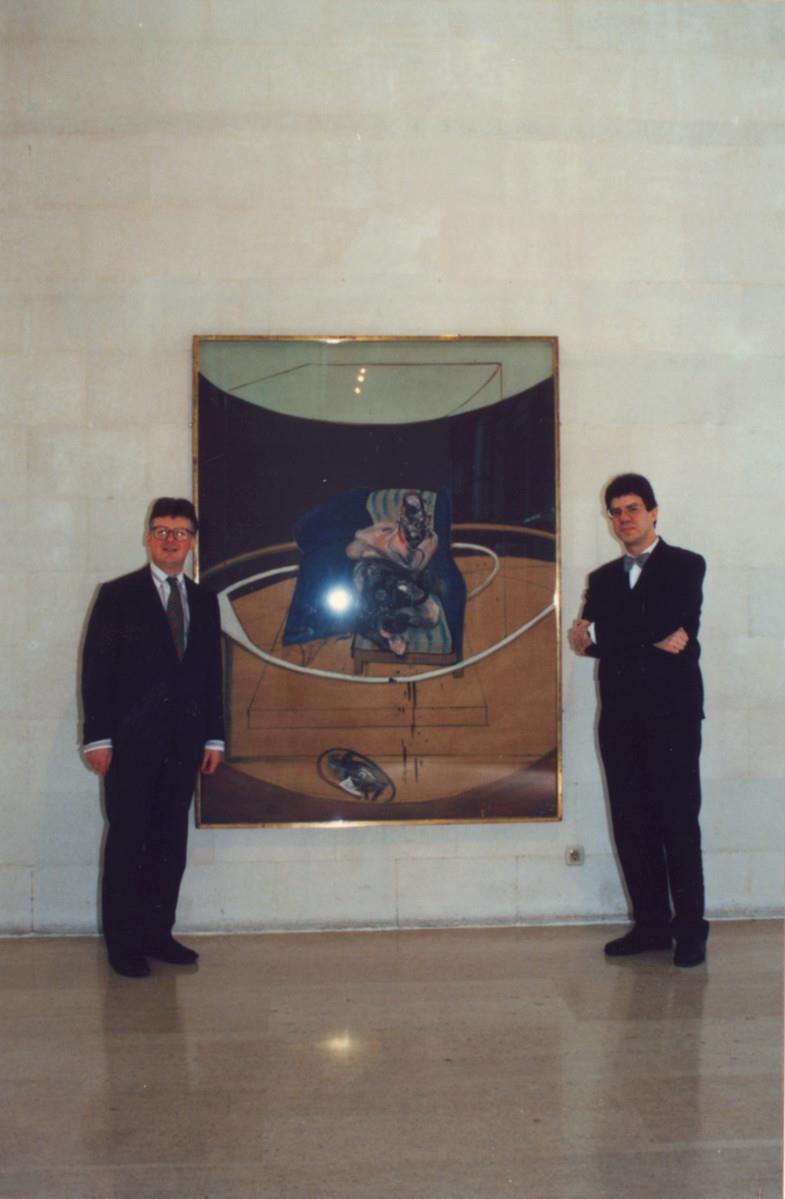
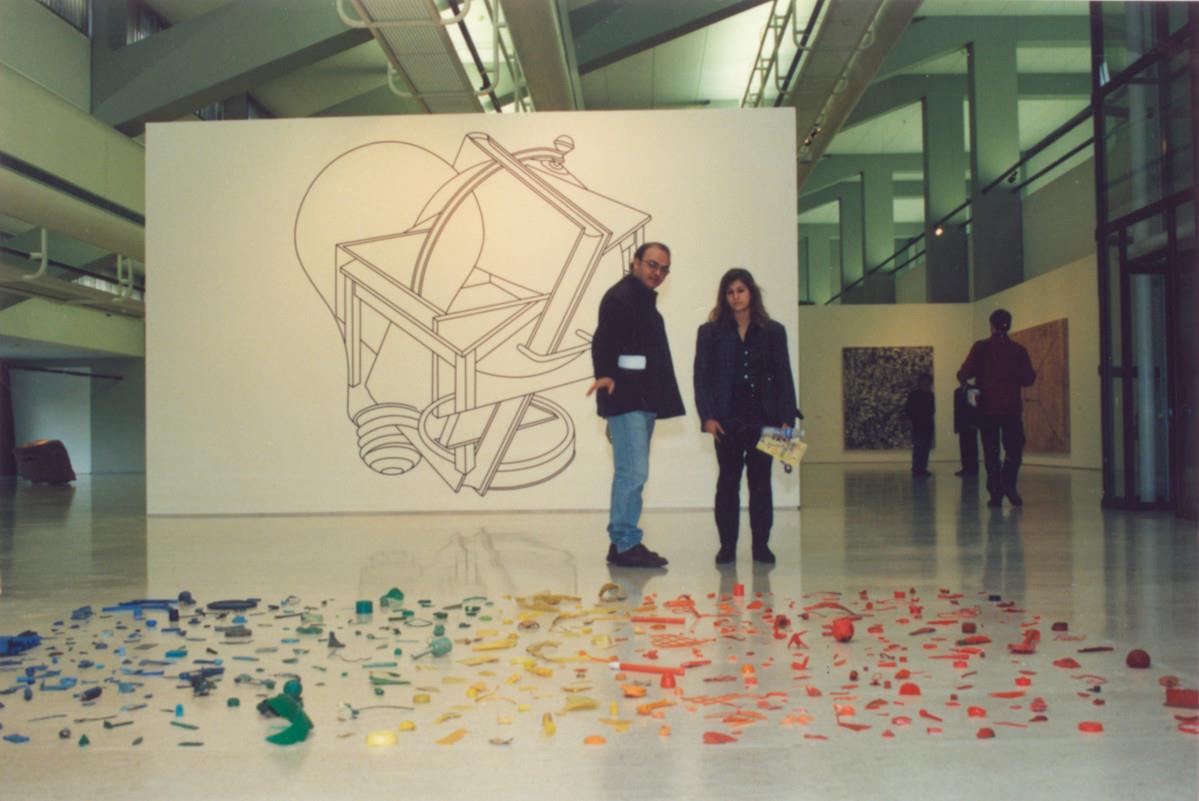






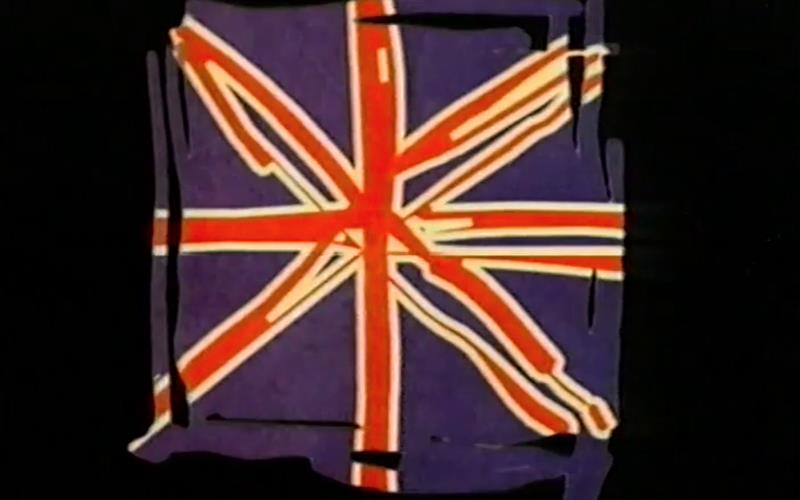
1997
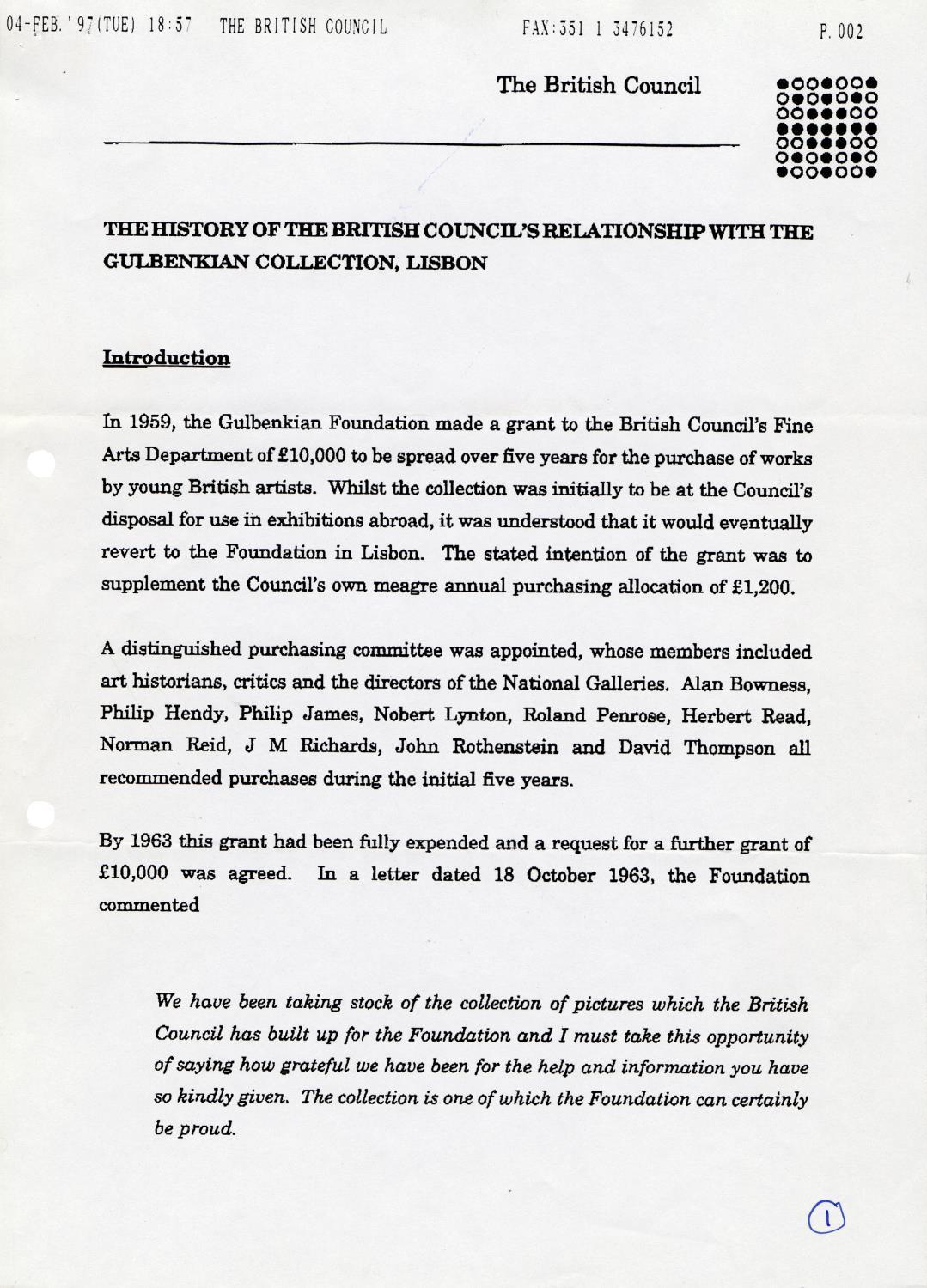
4 fev 1997

Lisboa, 15 fev 1997
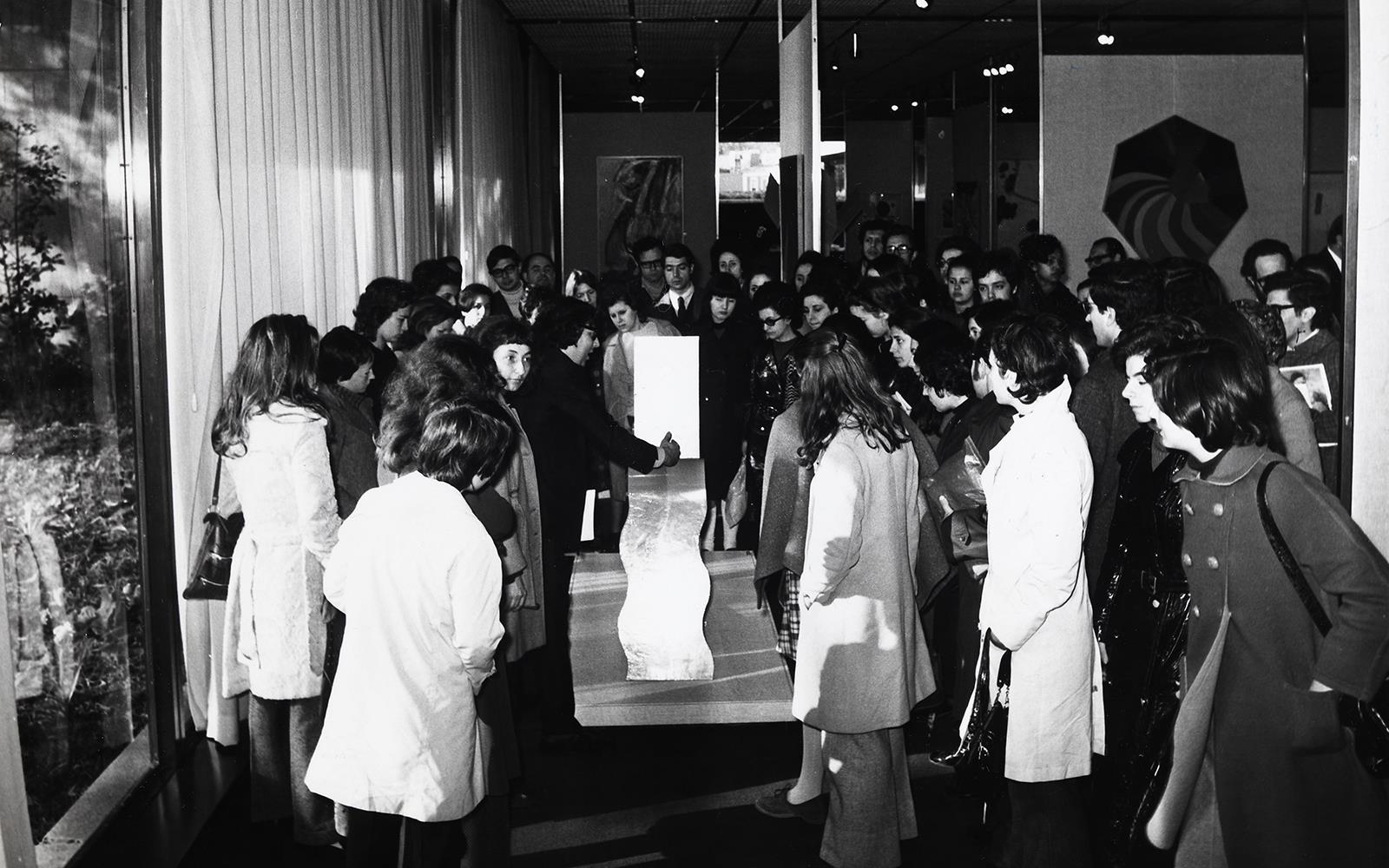
1971 / Itinerância Portugal

1984 / Itinerância [organização externa]
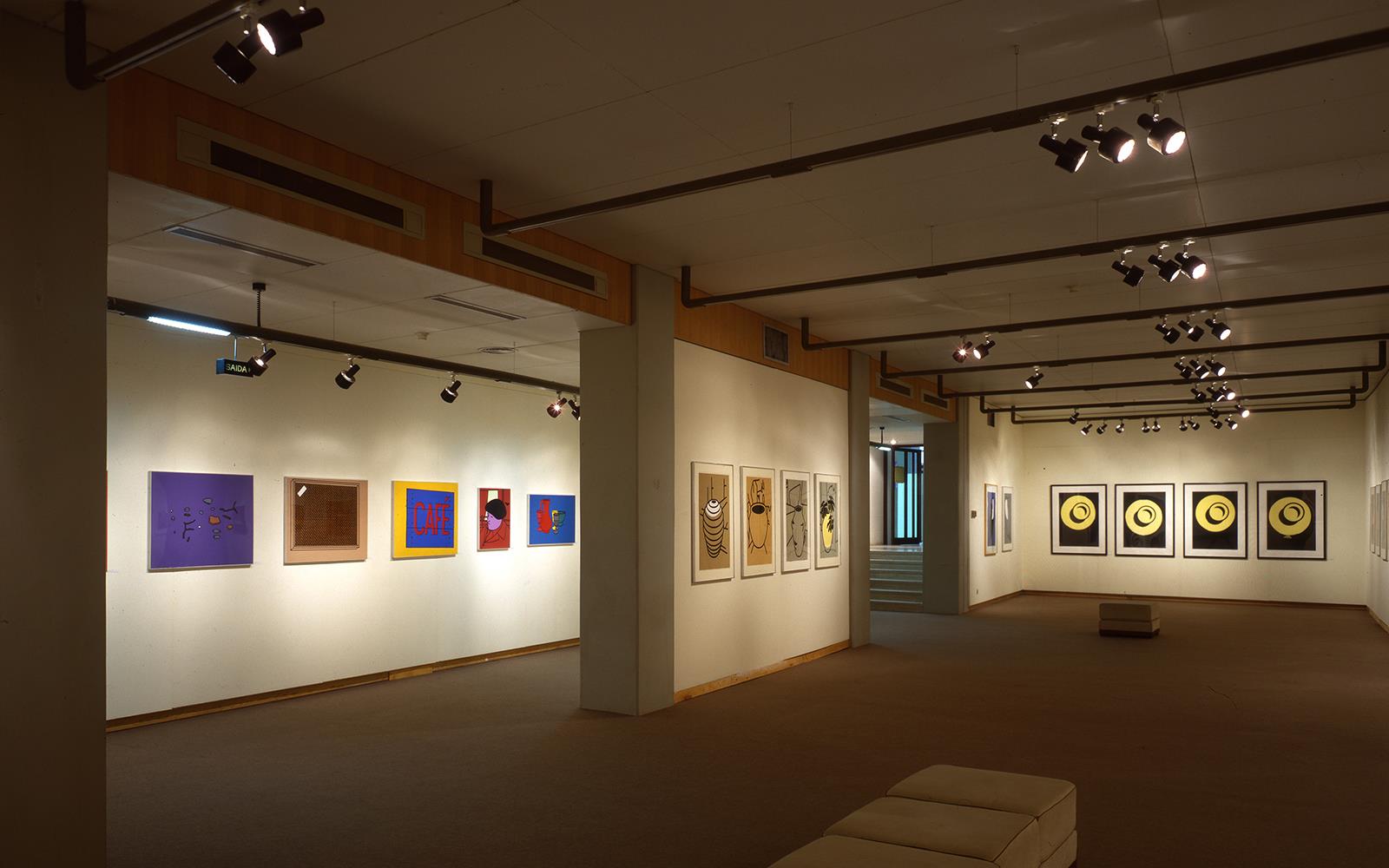
1989 / Itinerância [organização externa]
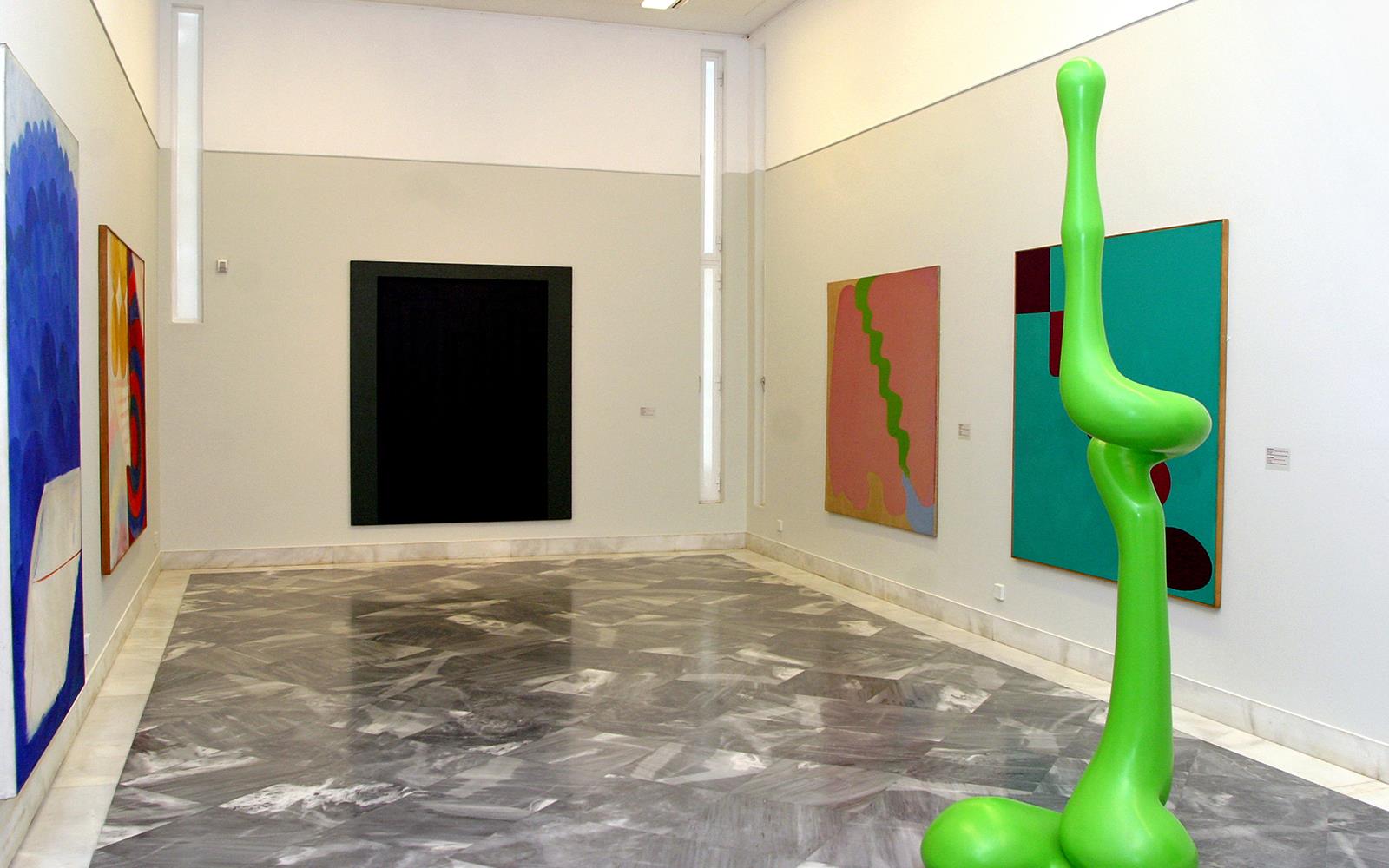
2005 / Basil & Elise Goulandris Foundation, Andros
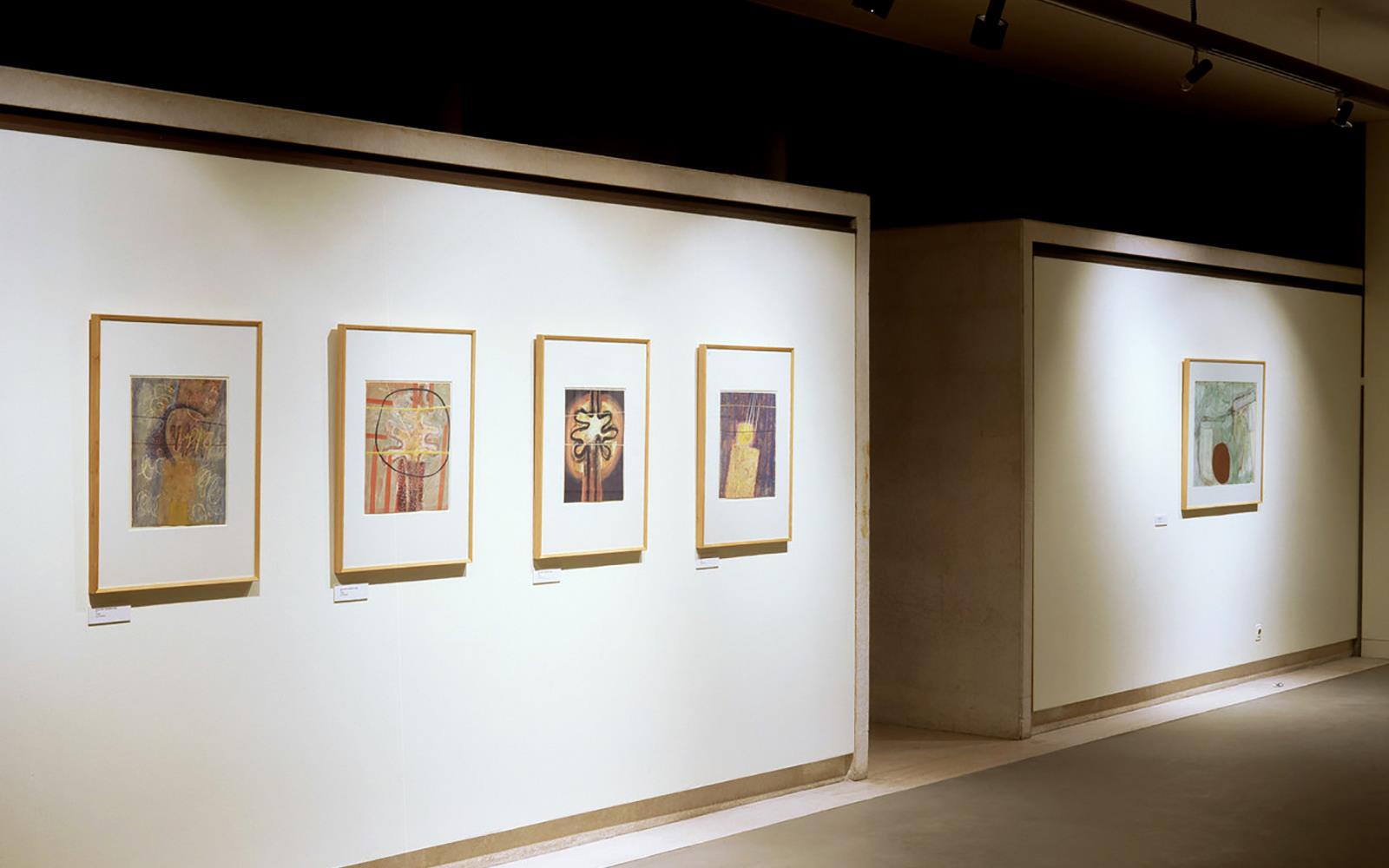
1996 / Centro de Arte Moderna, Lisboa

1999 / Itinerância [organização externa]
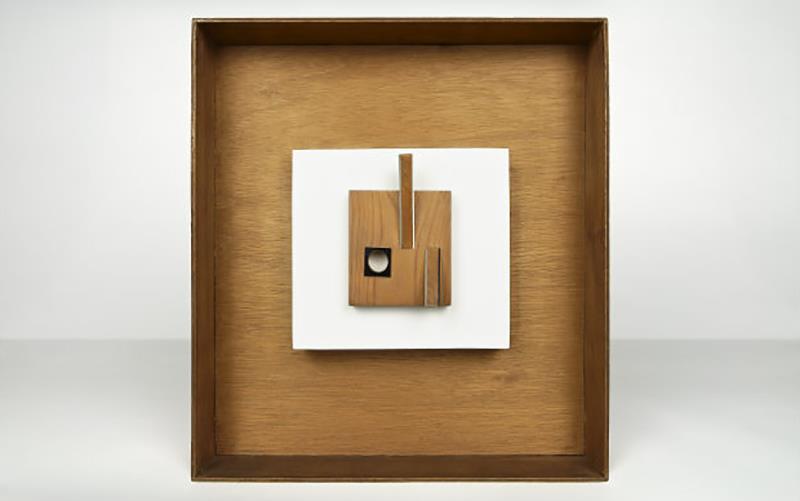
2002 / Centro de Arte Moderna, Lisboa

2002 / Casa da Cerca-Centro de Arte Contemporânea, Almada
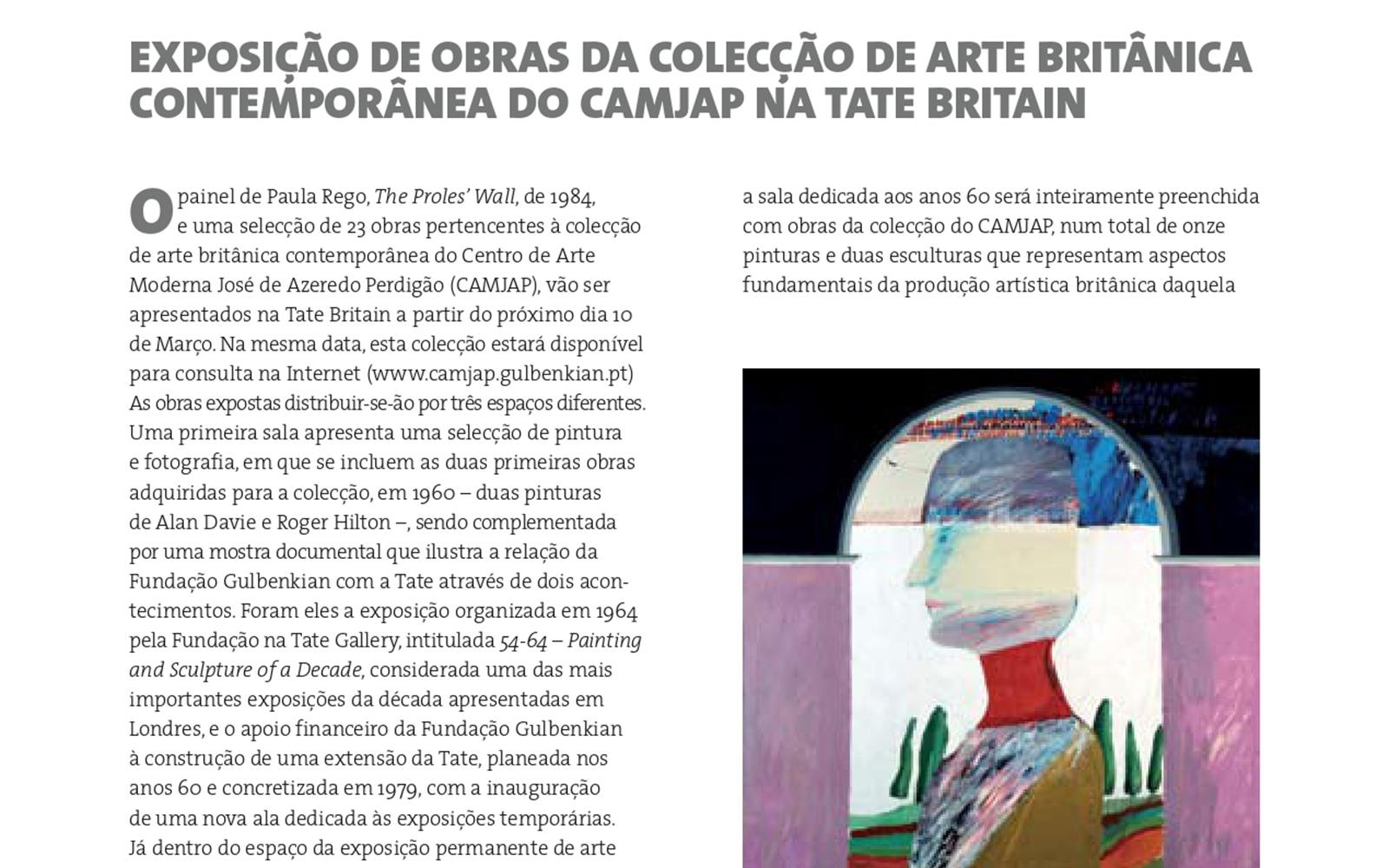
2006 – 2007 / Tate Britain, Londres
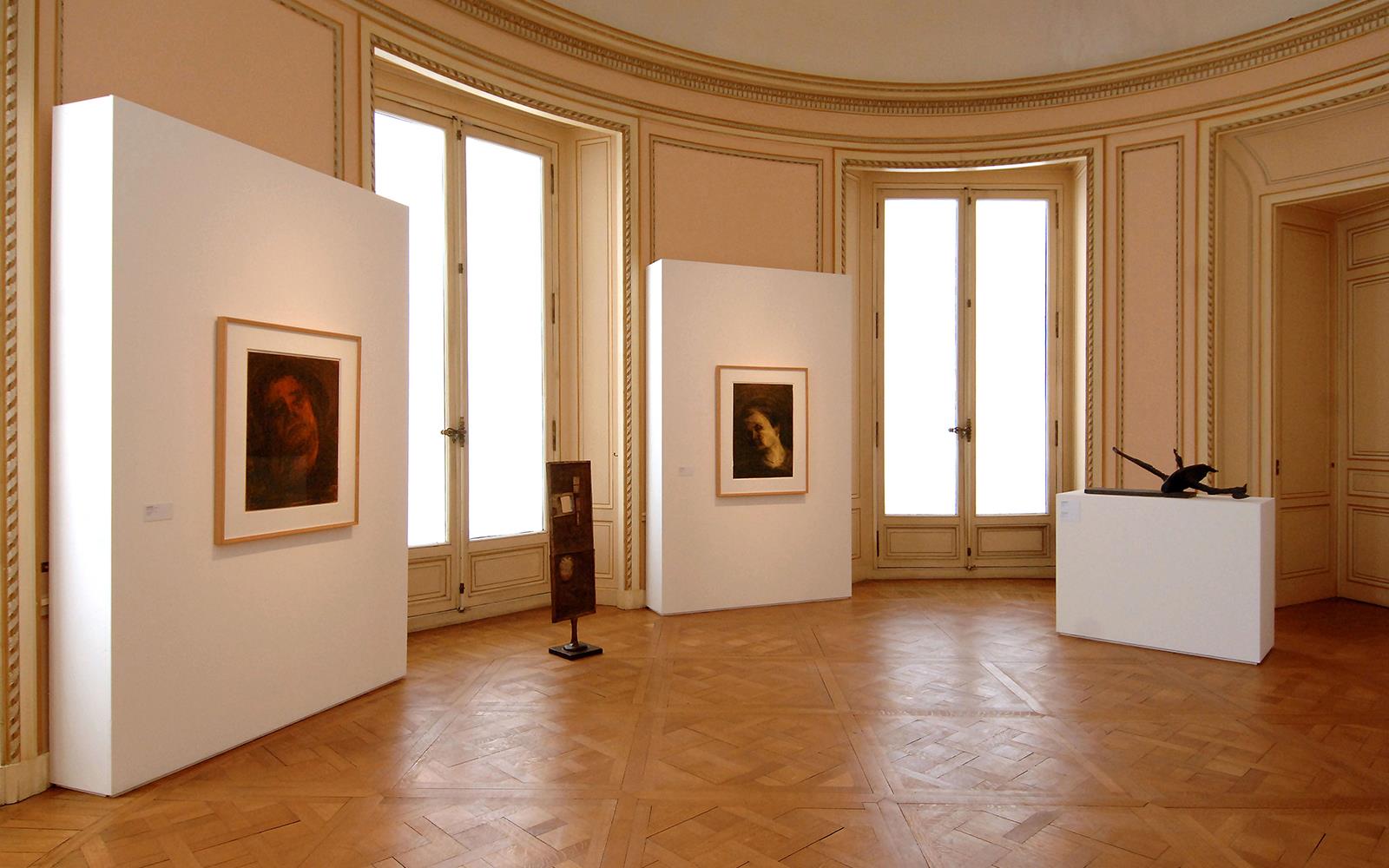
2010 / Centre Culturel Calouste Gulbenkian, Paris
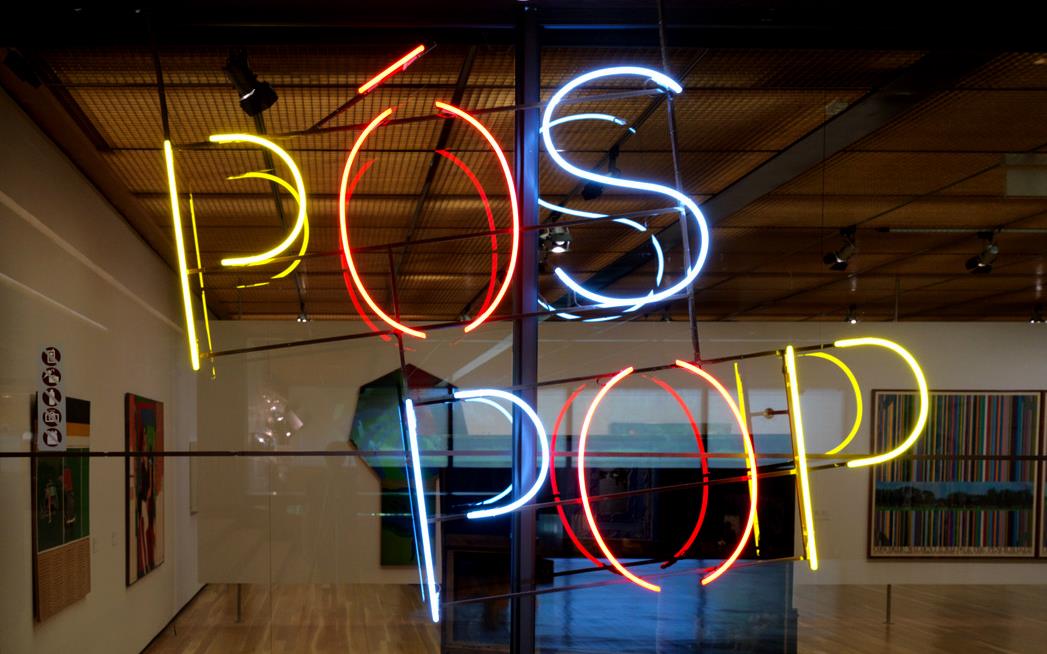
2018 / Sede Fundação Calouste Gulbenkian, Lisboa
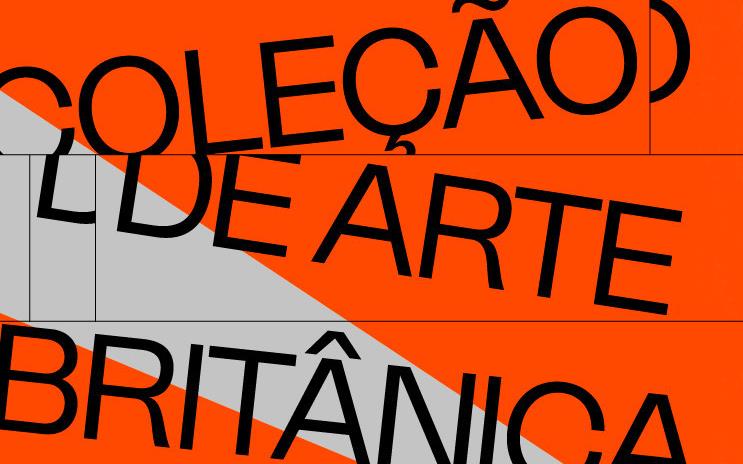
2021 – 2022 / Casa das Histórias Paula Rego, Cascais